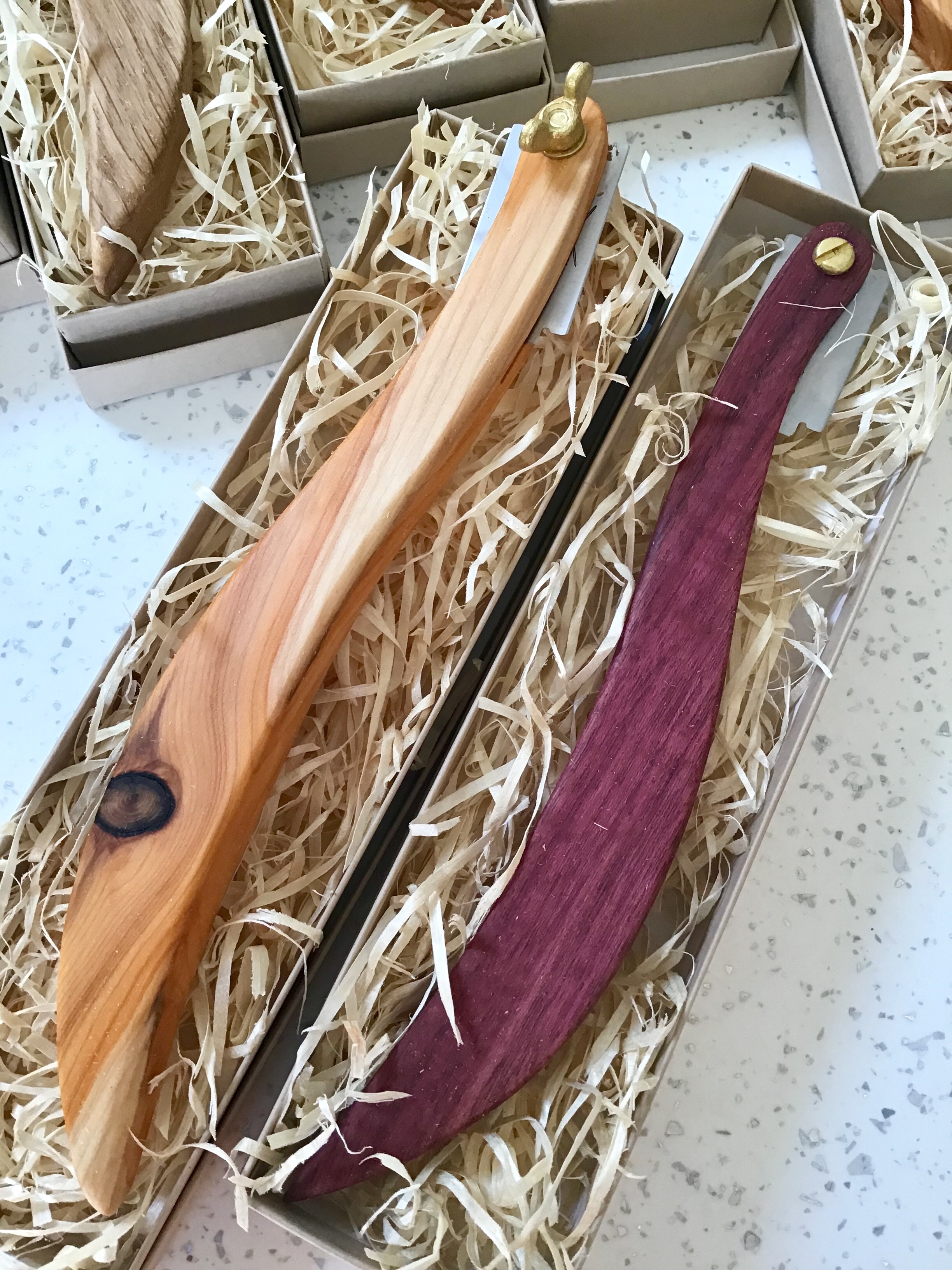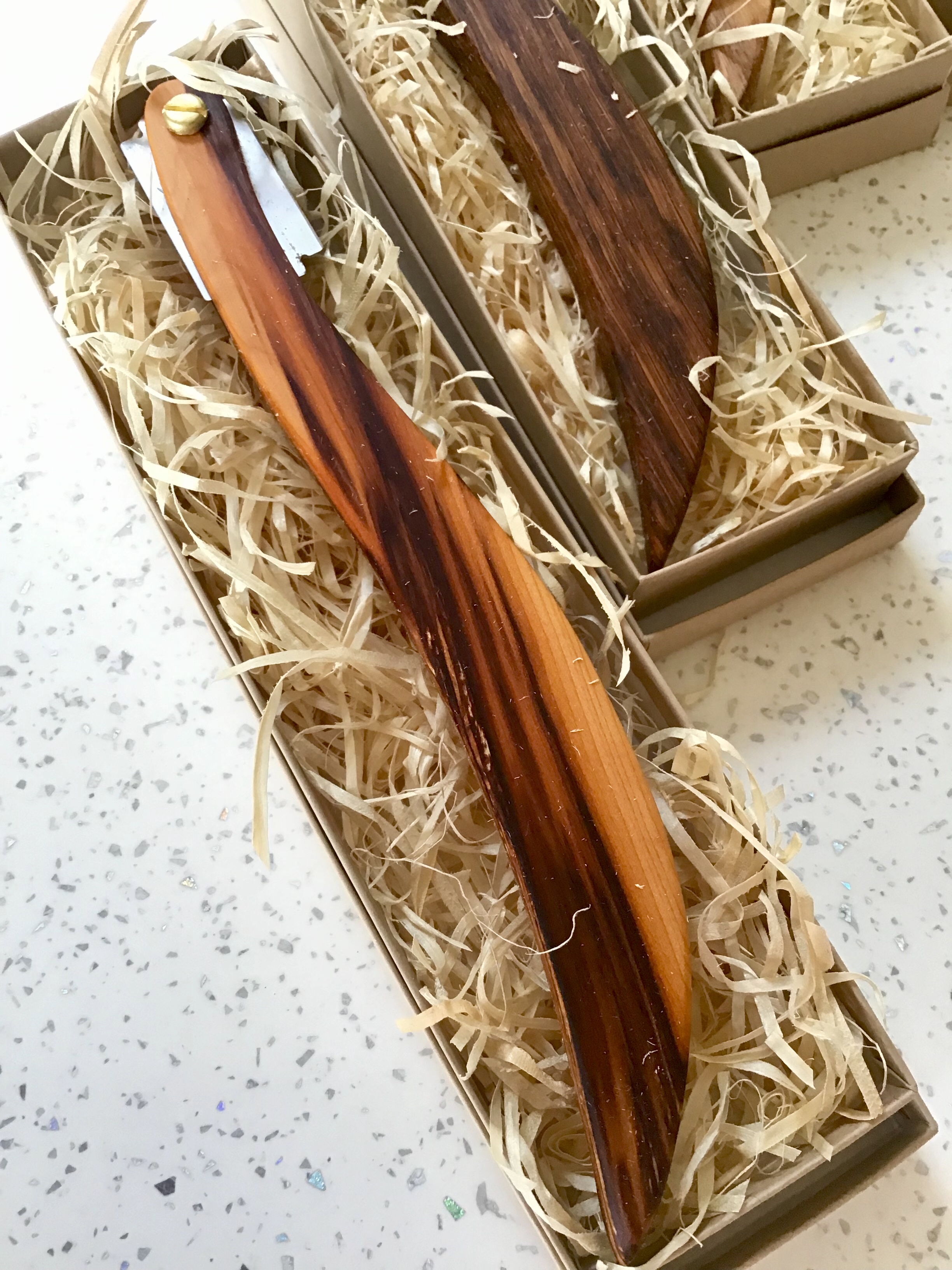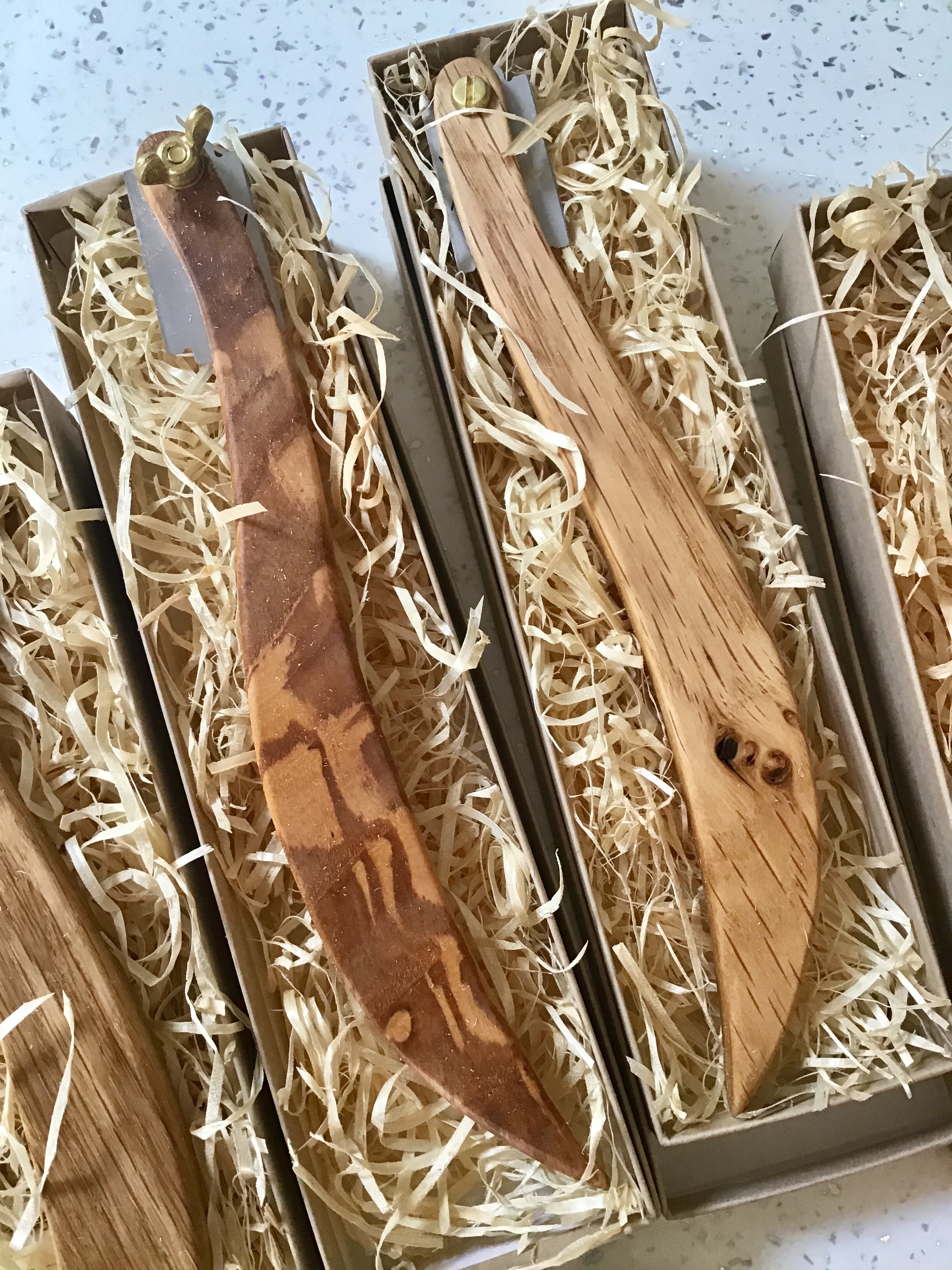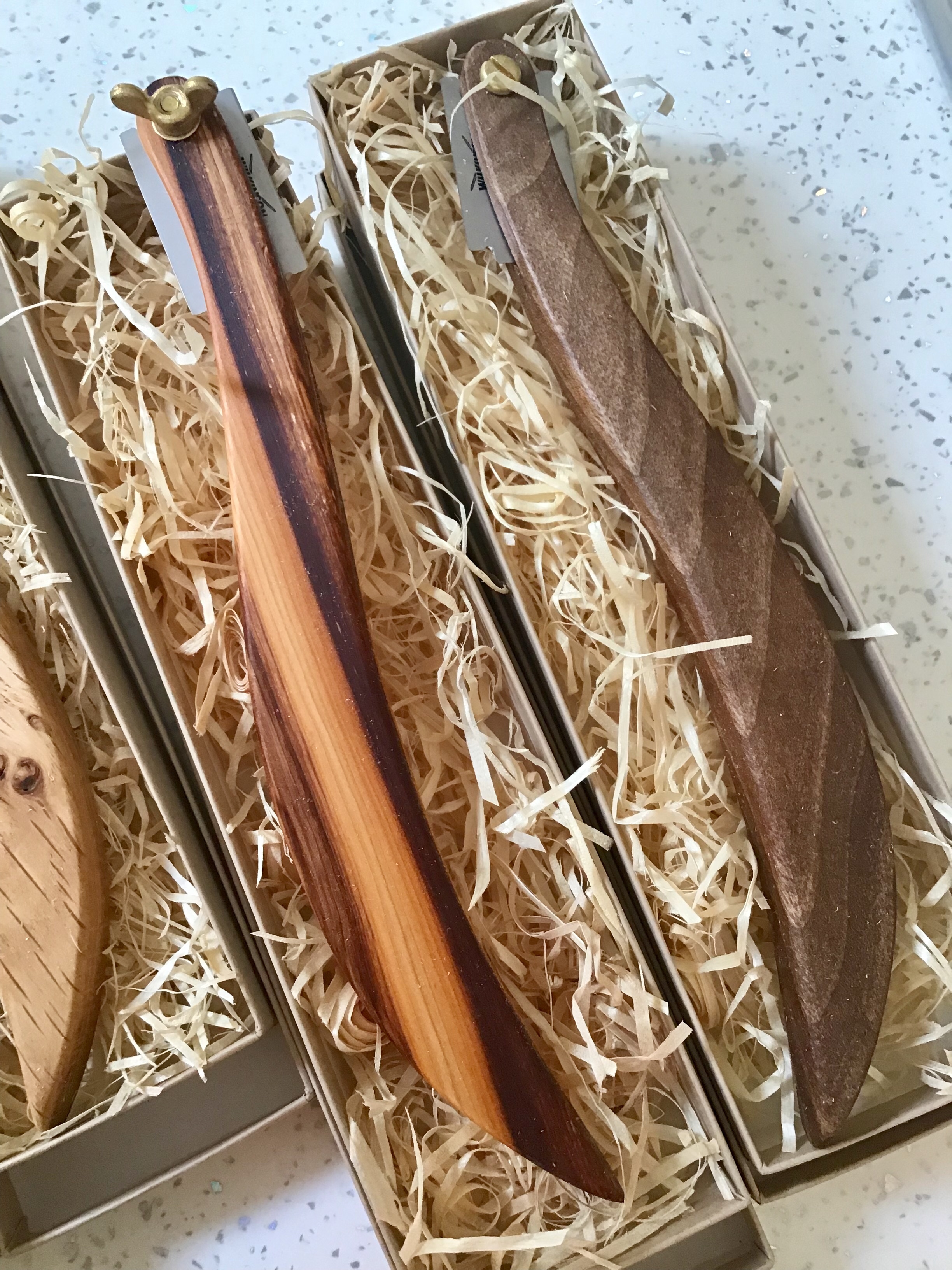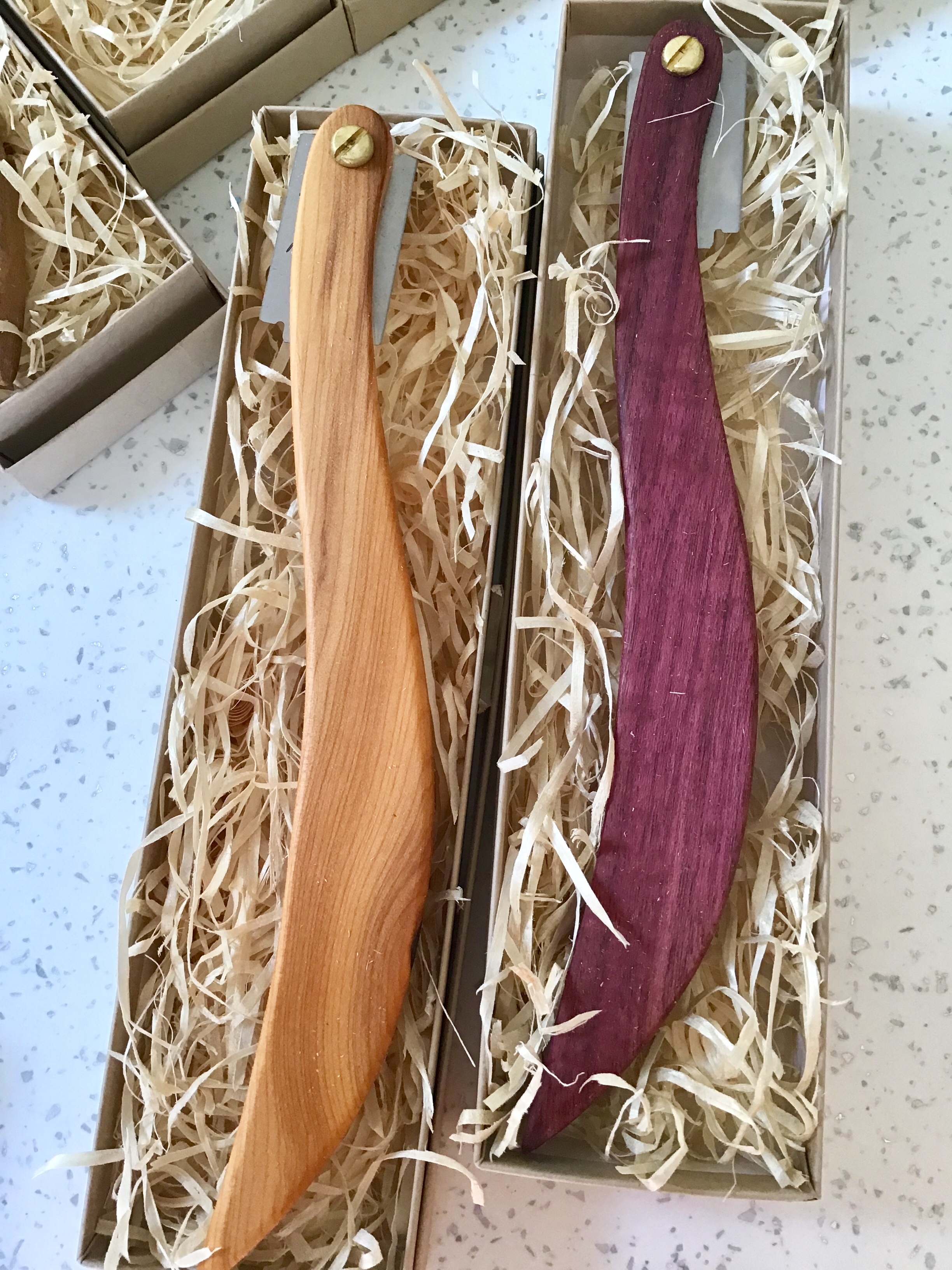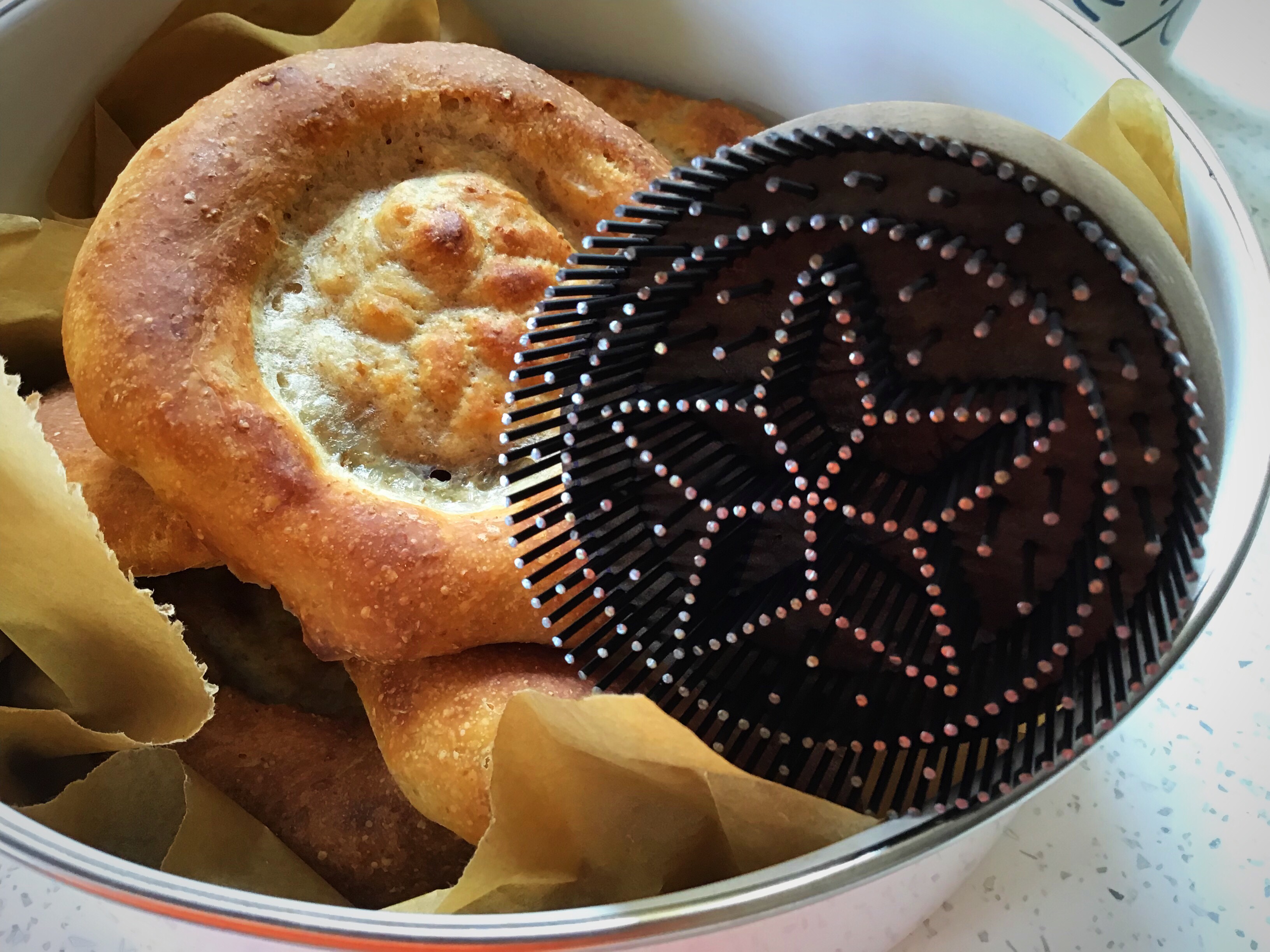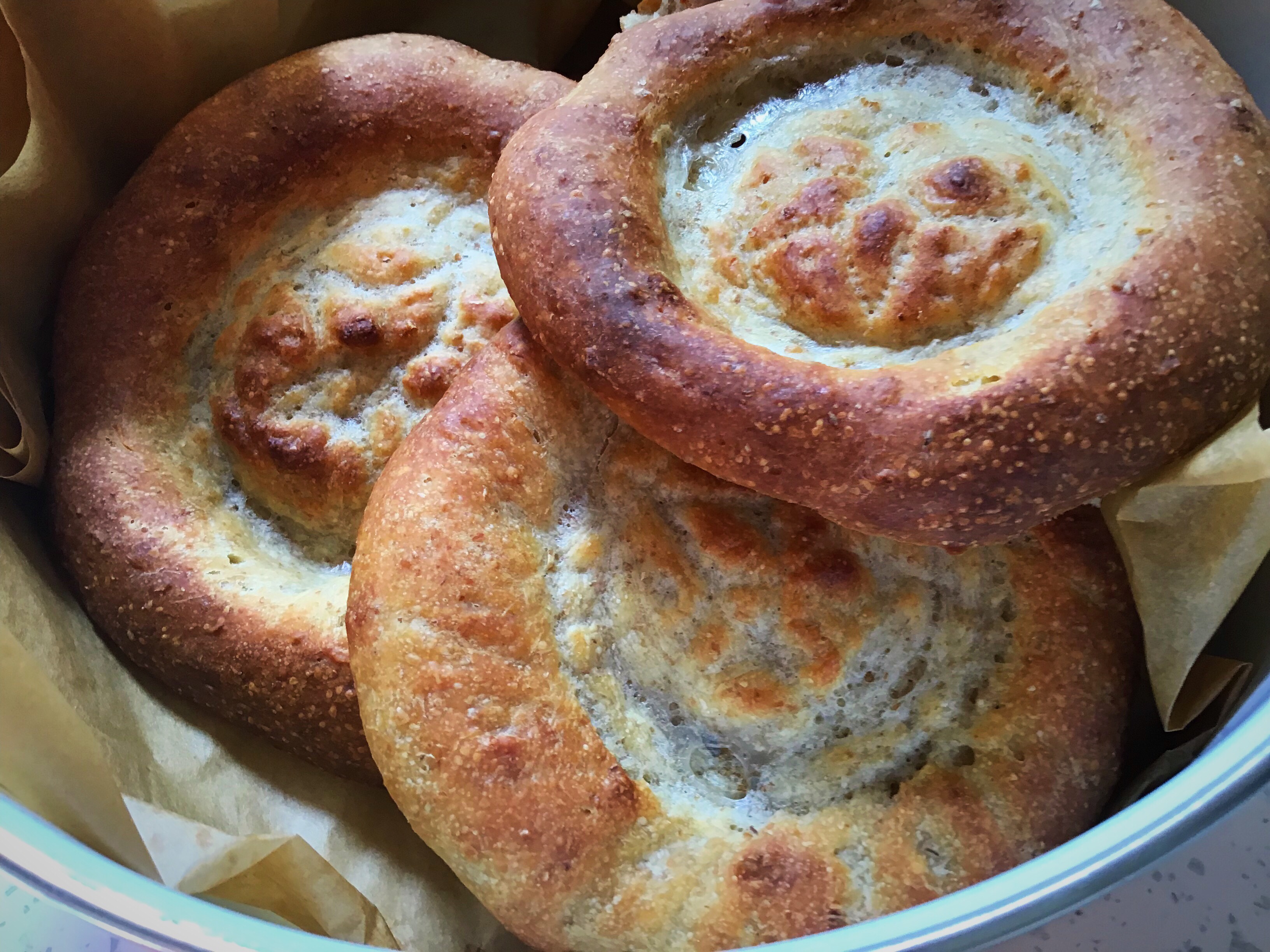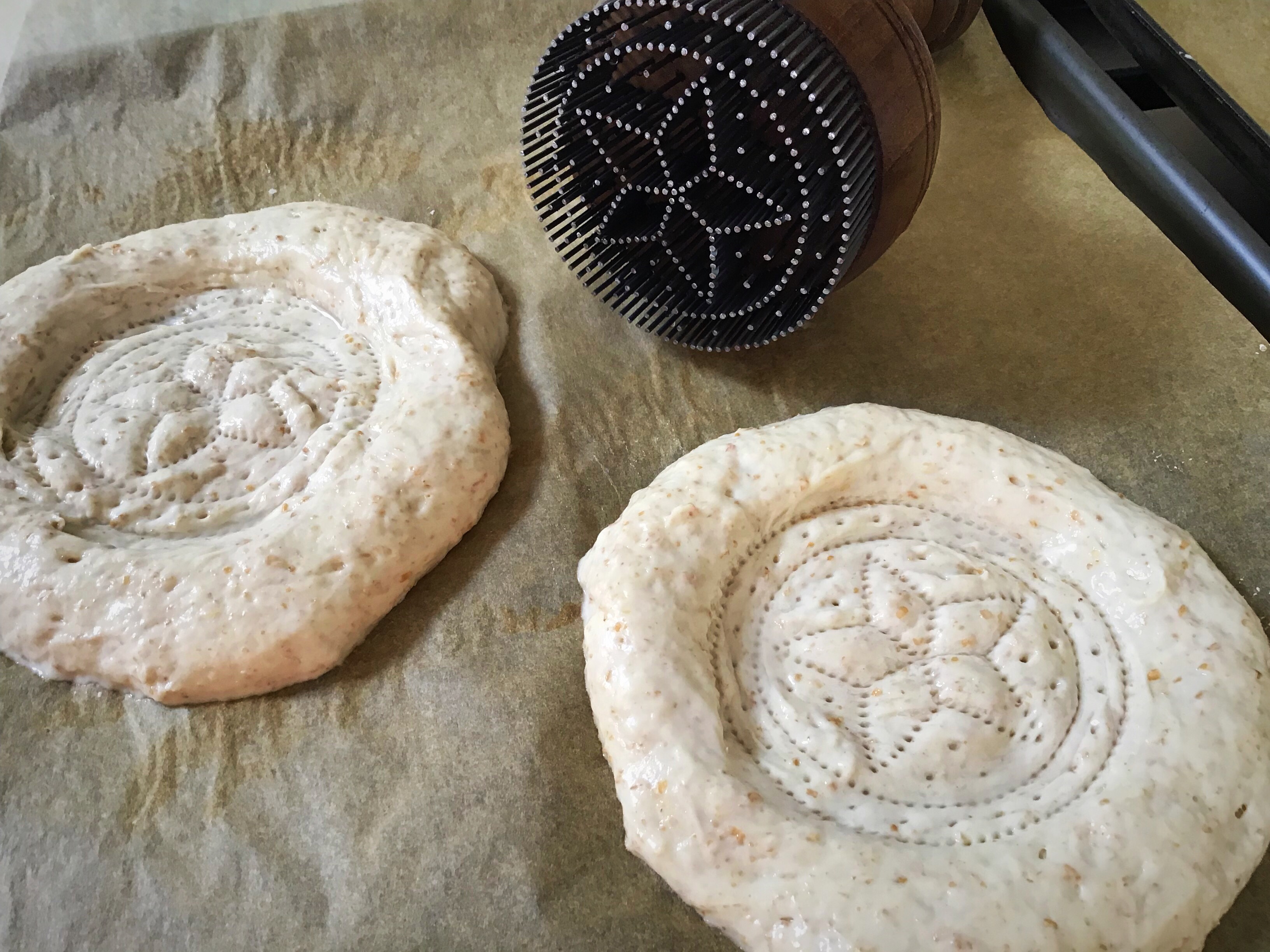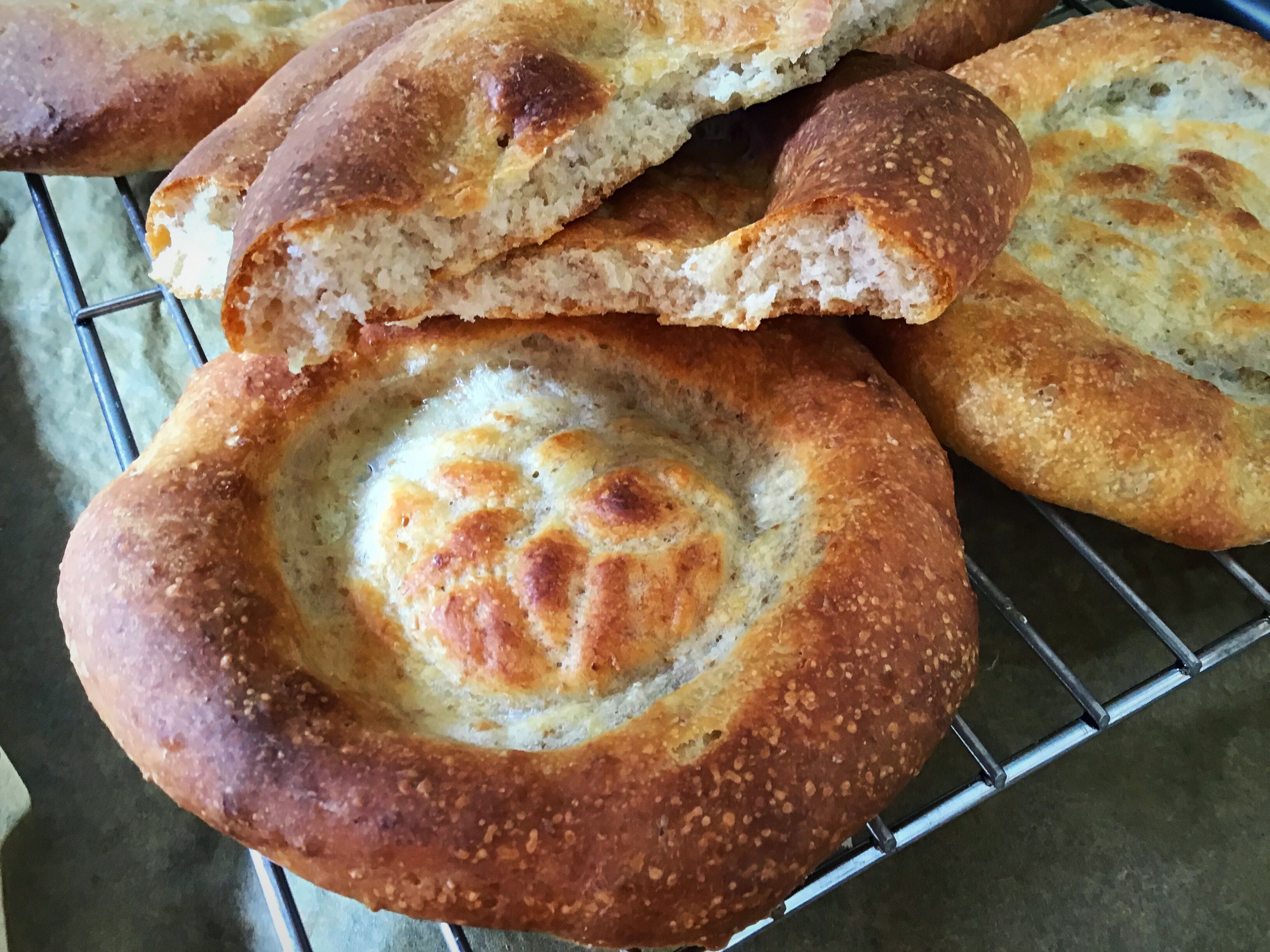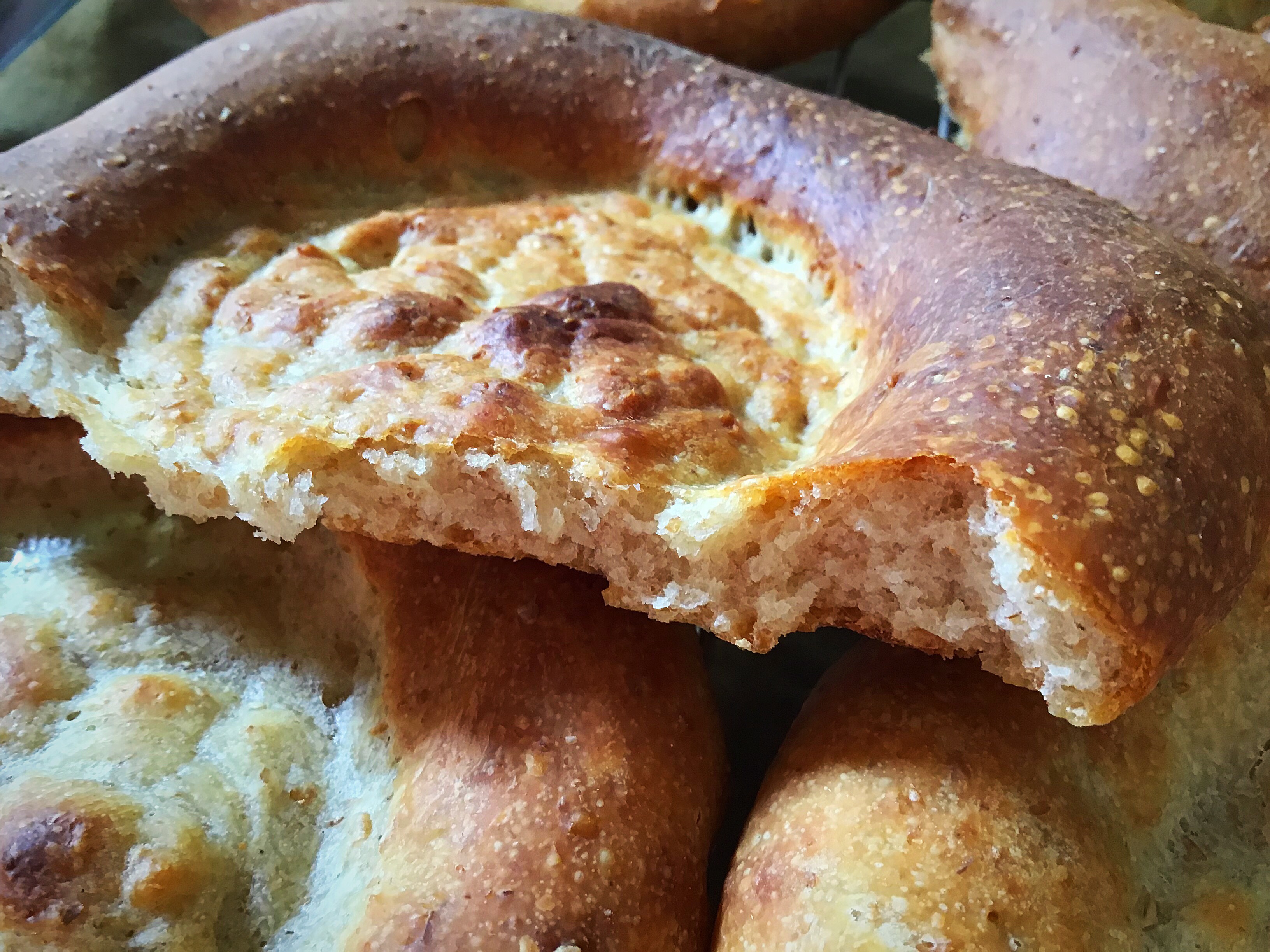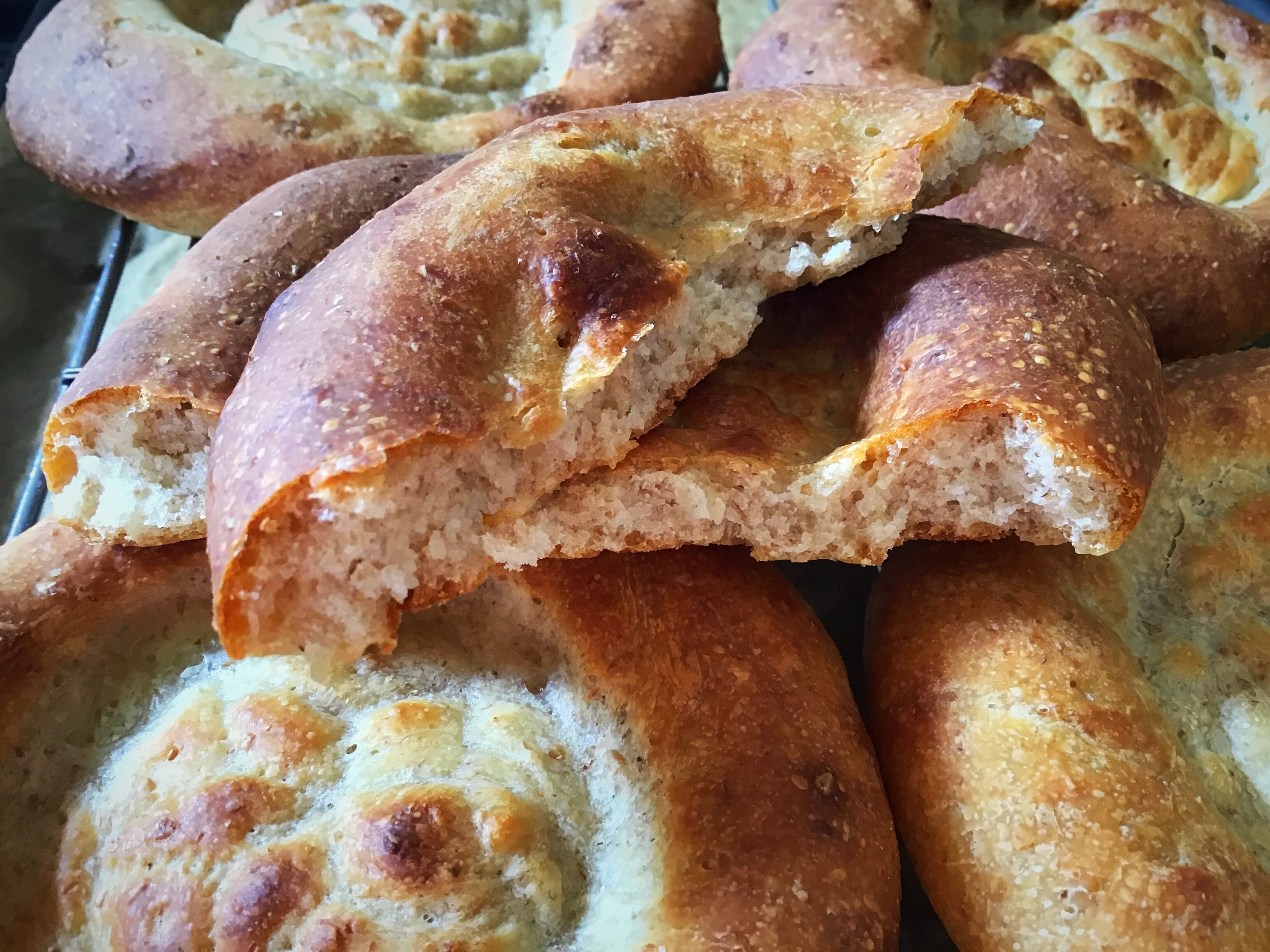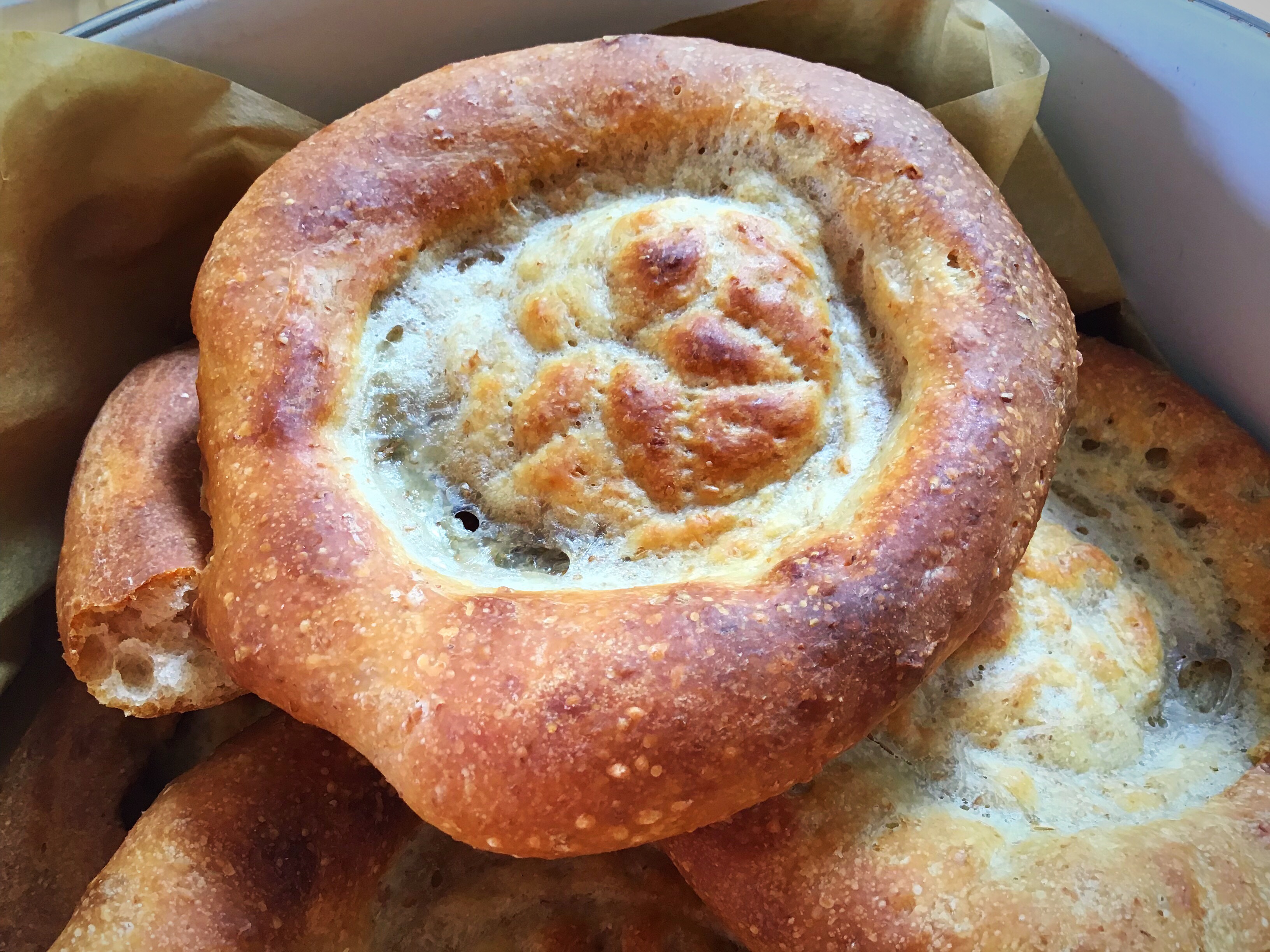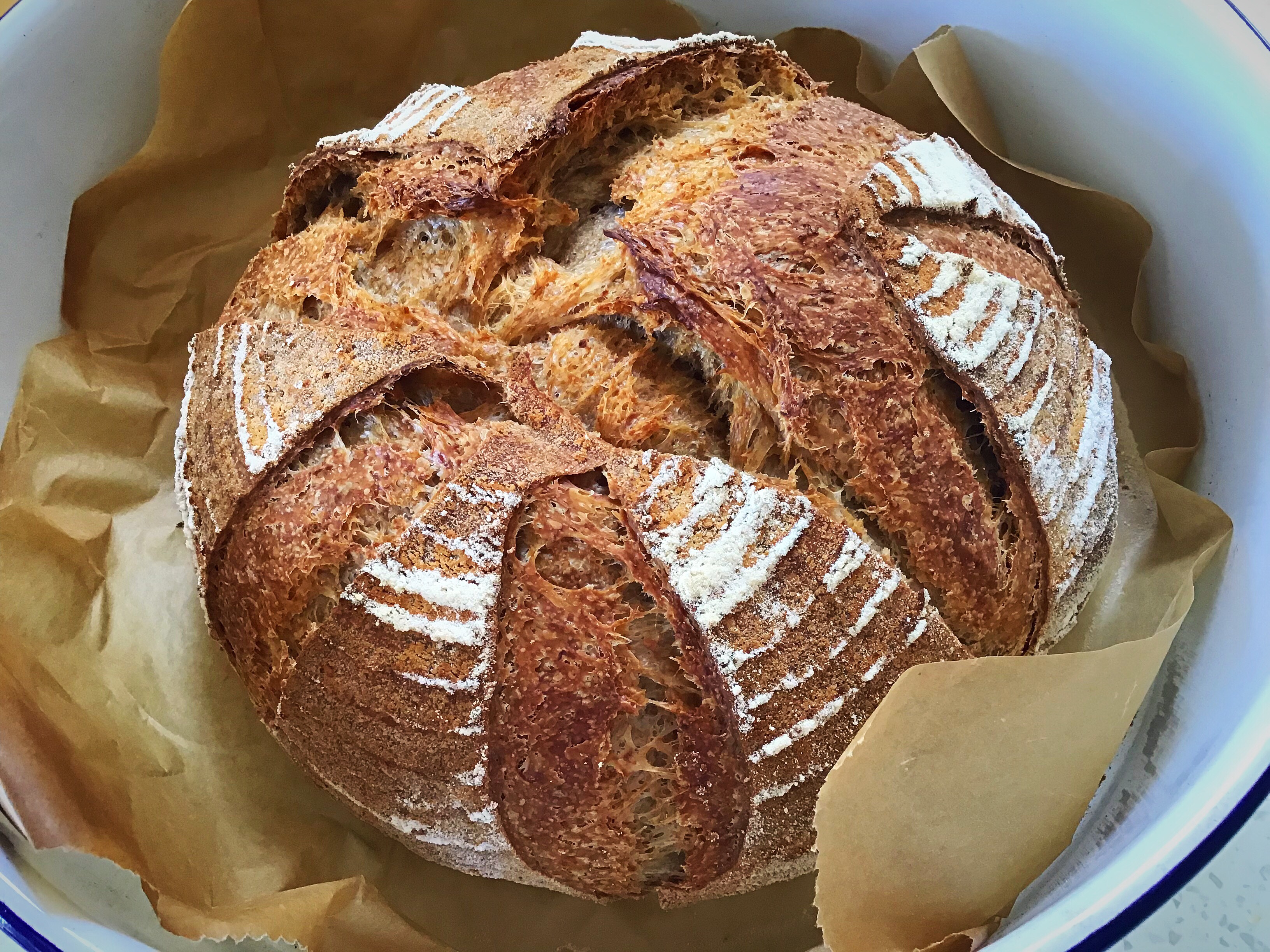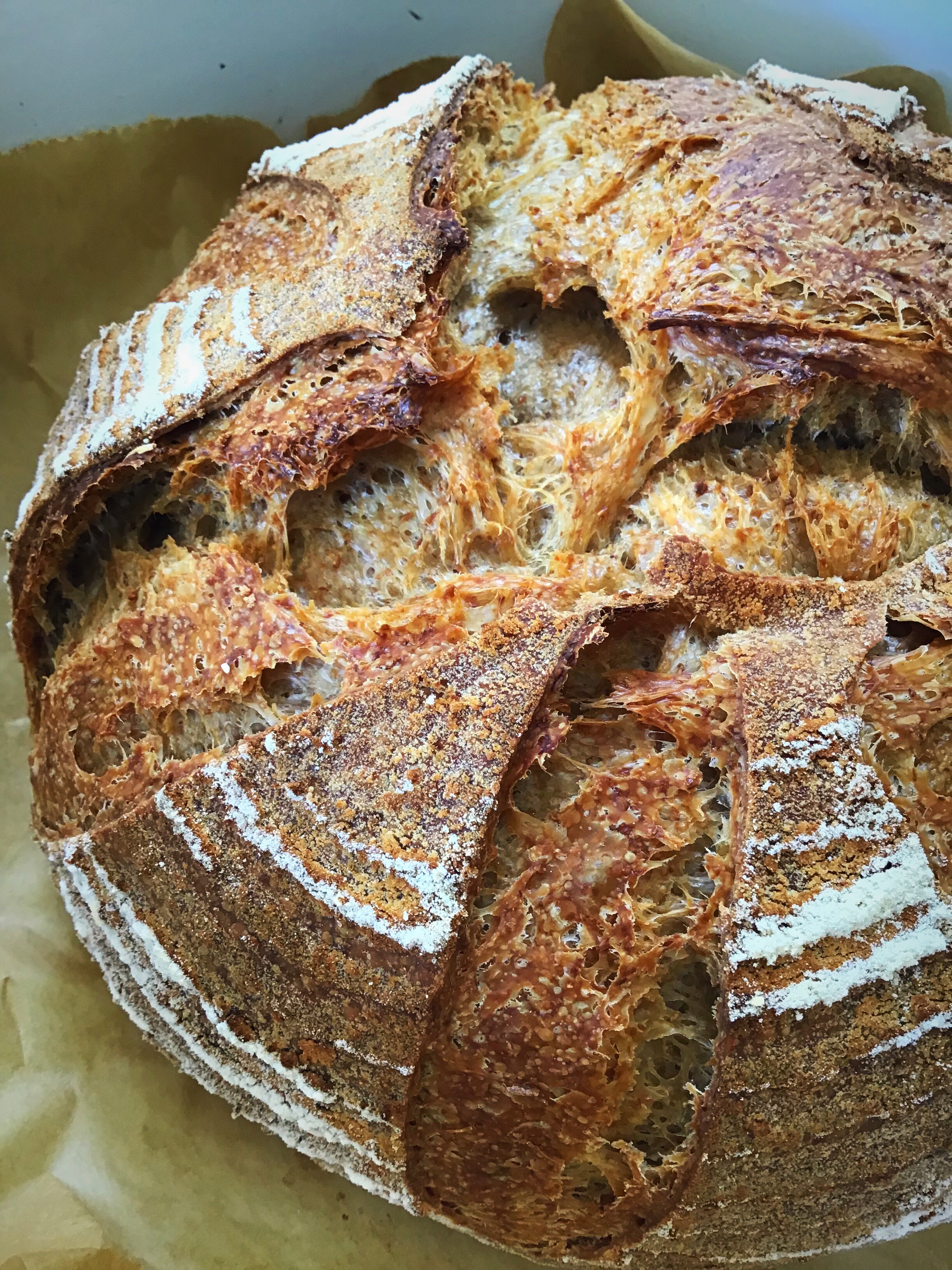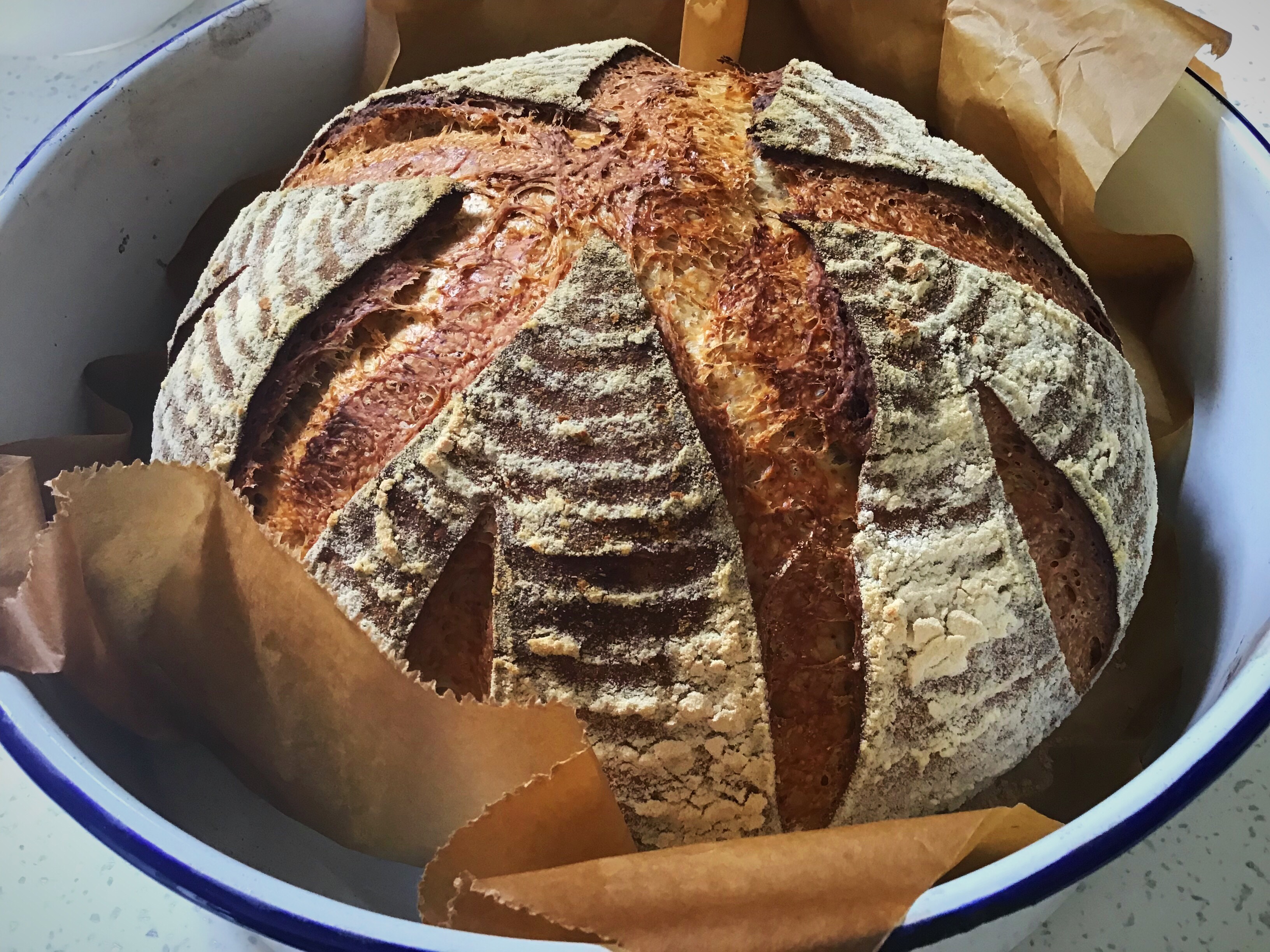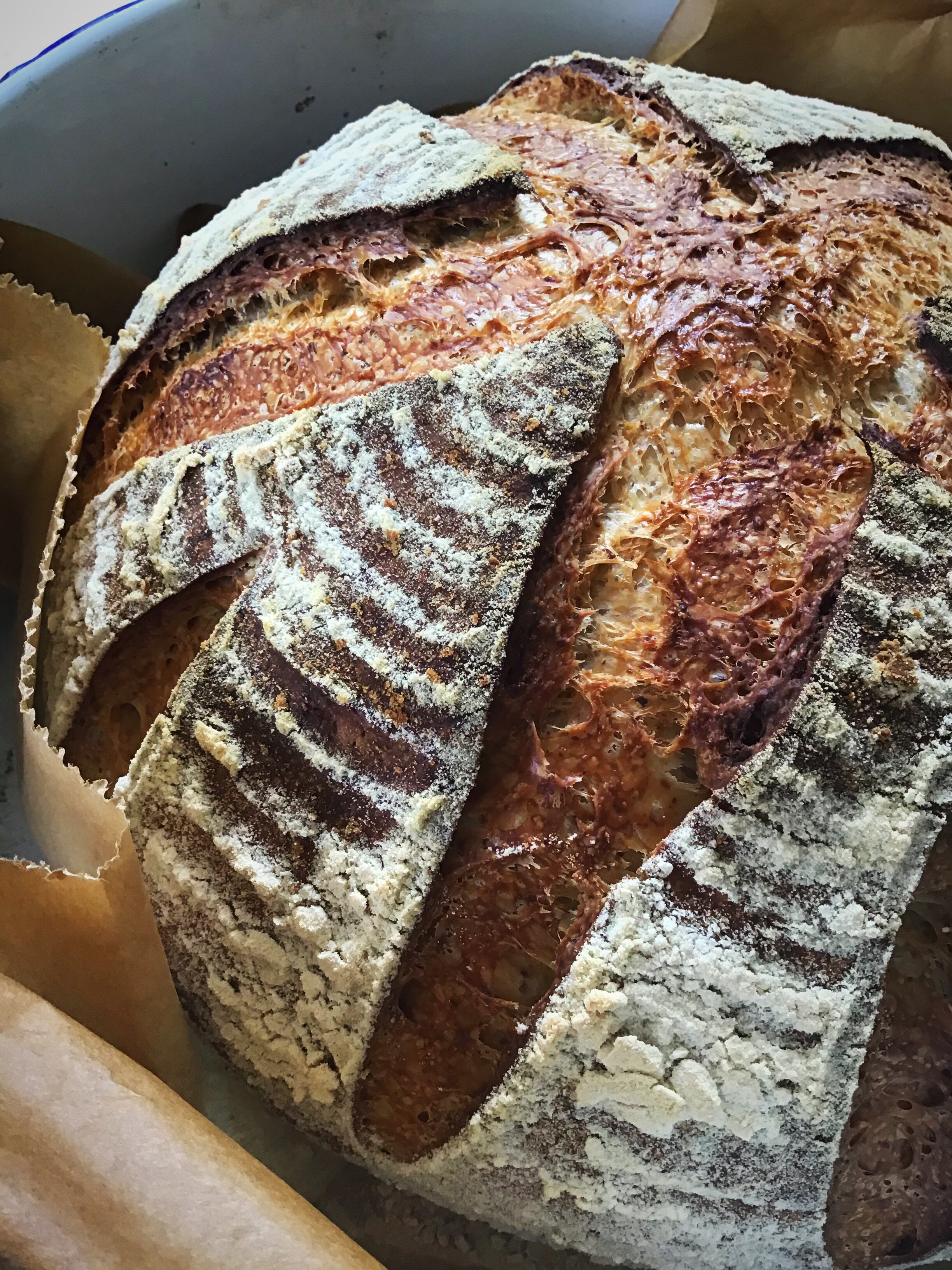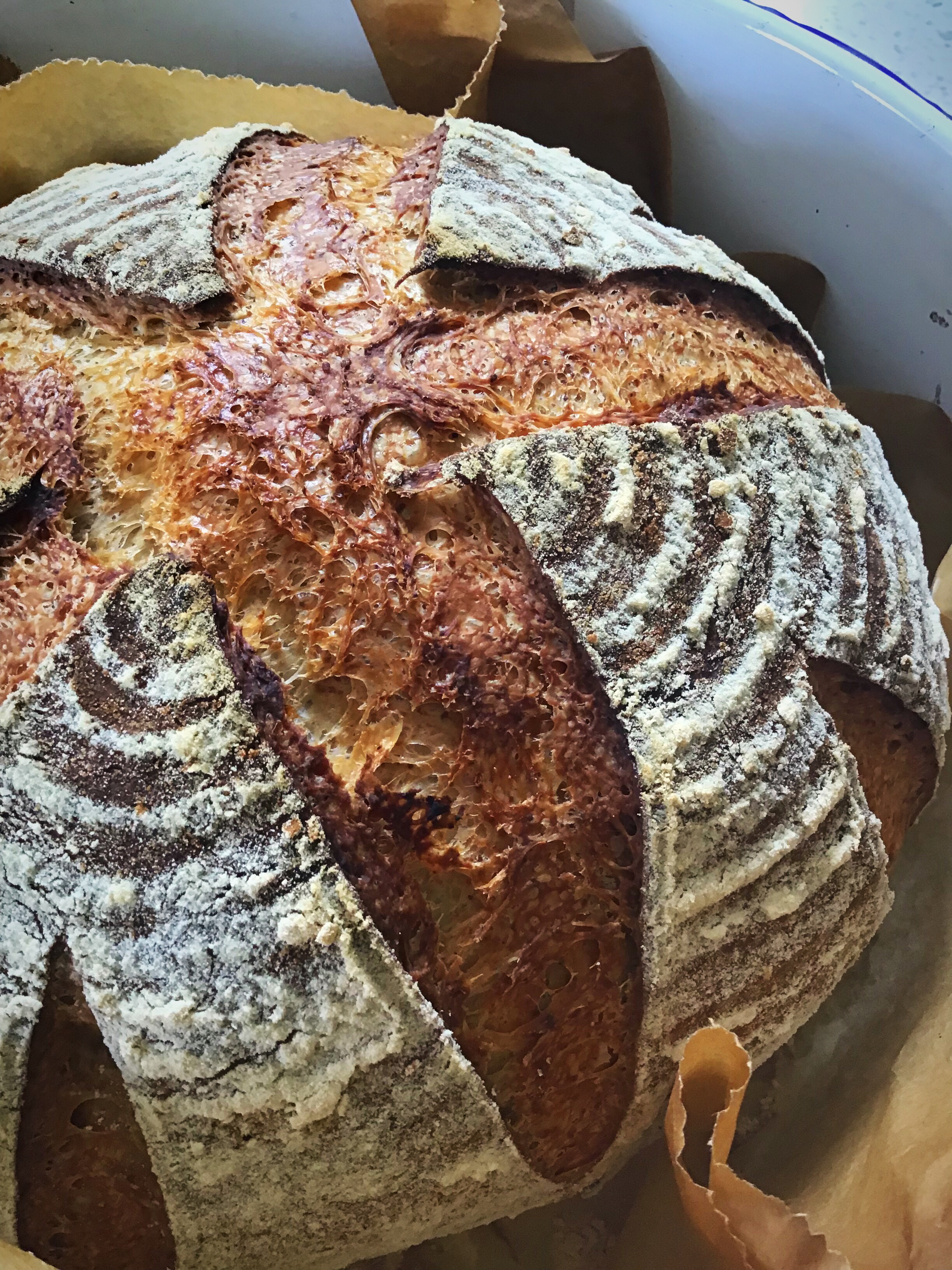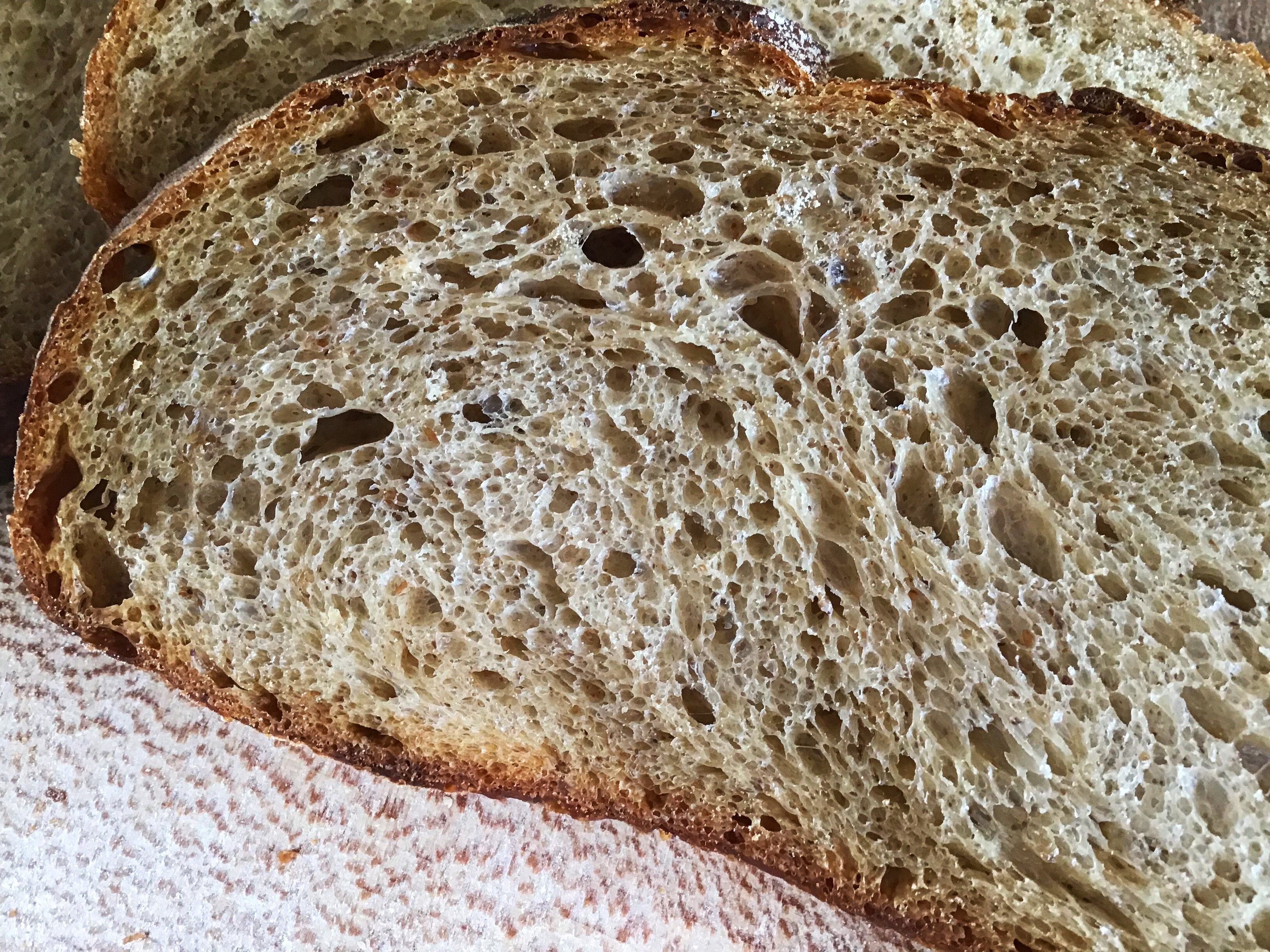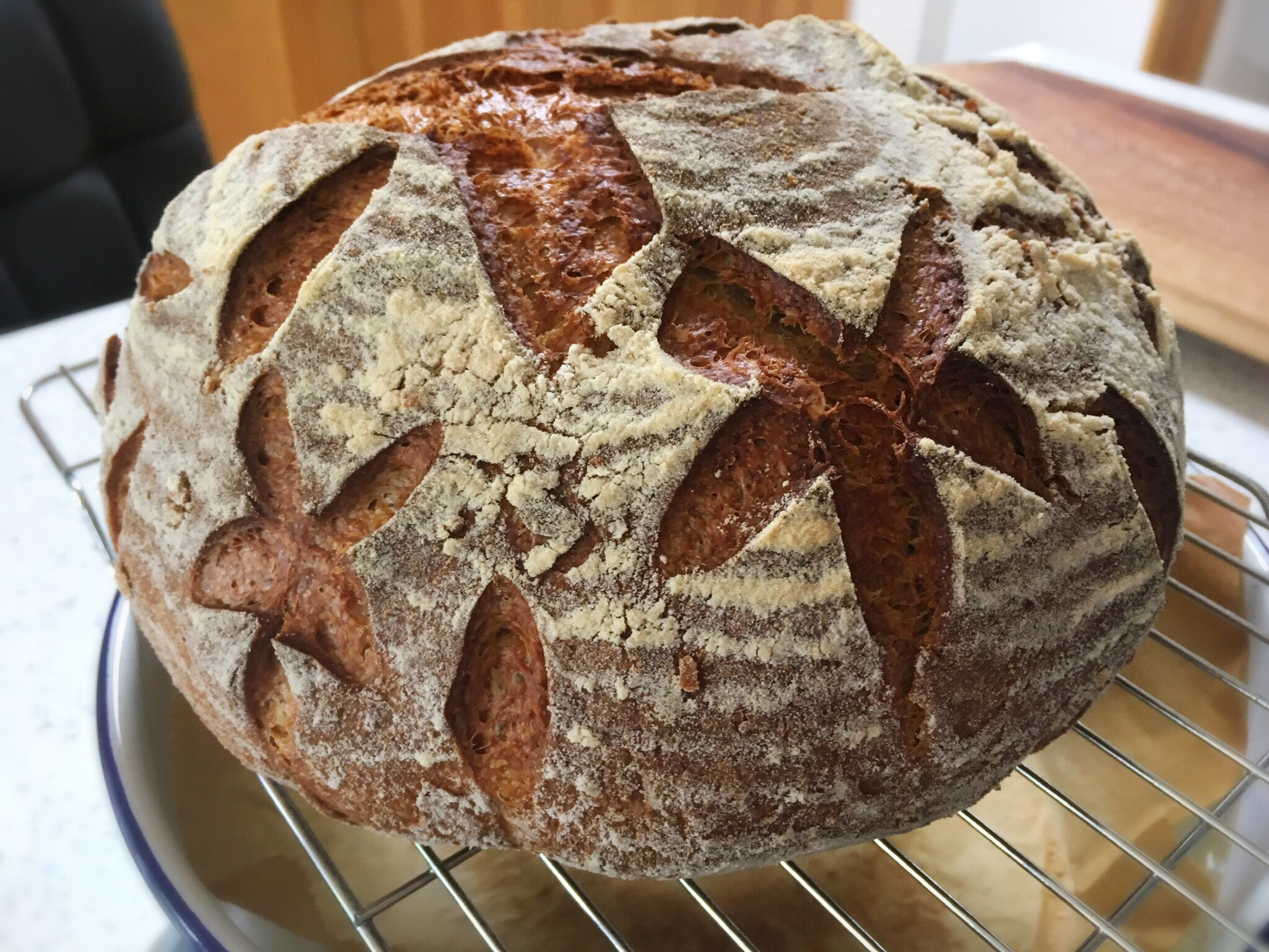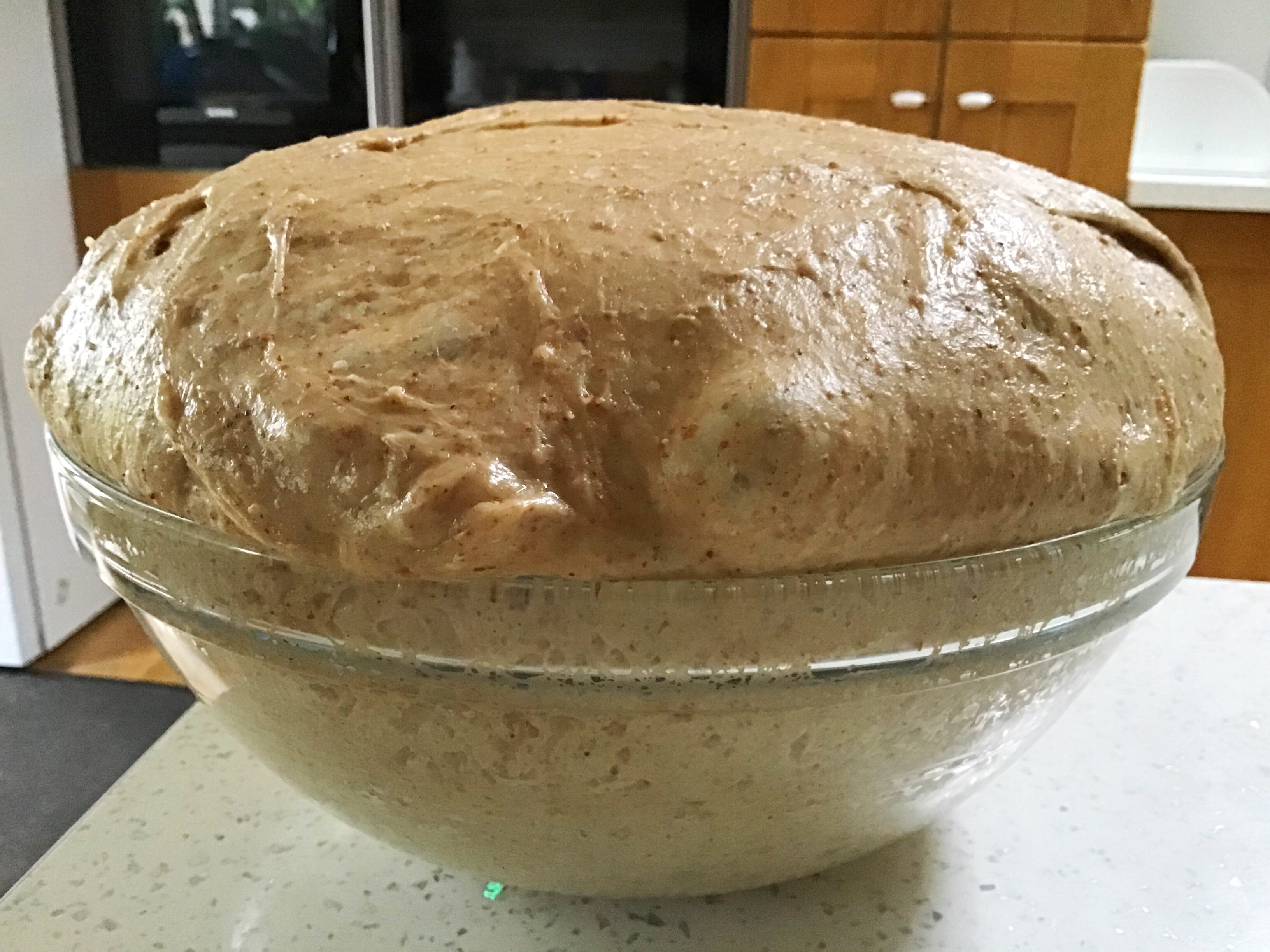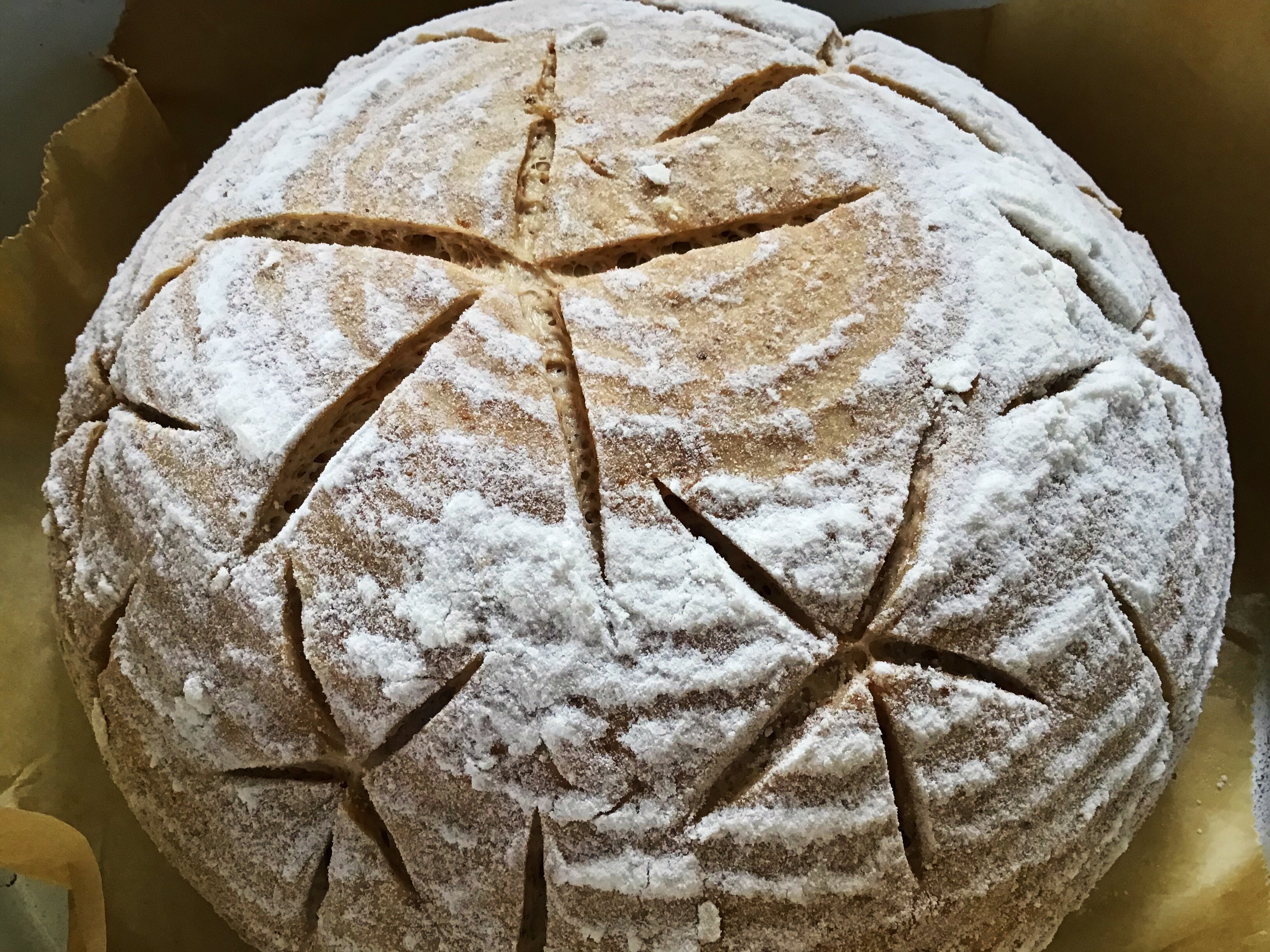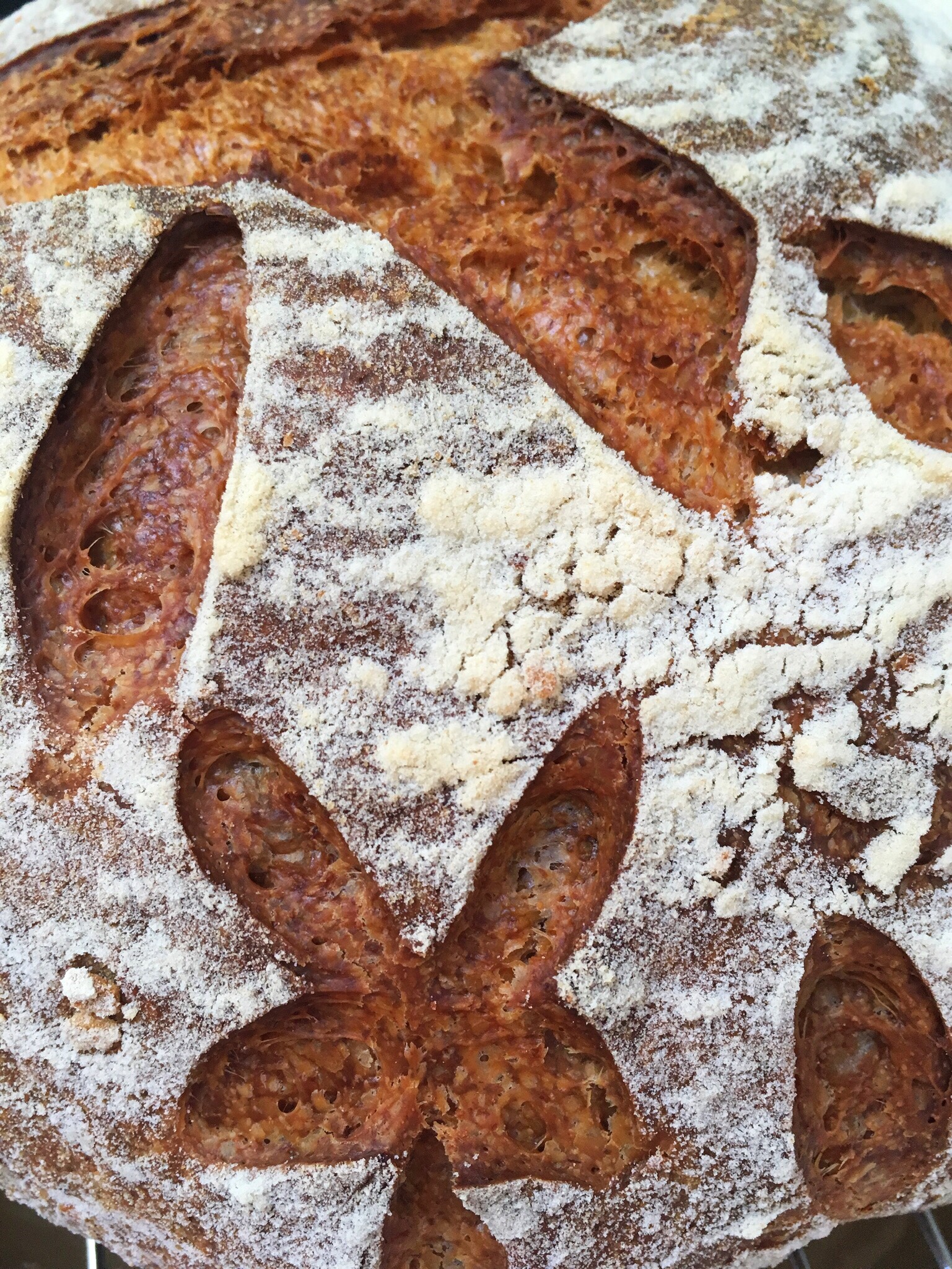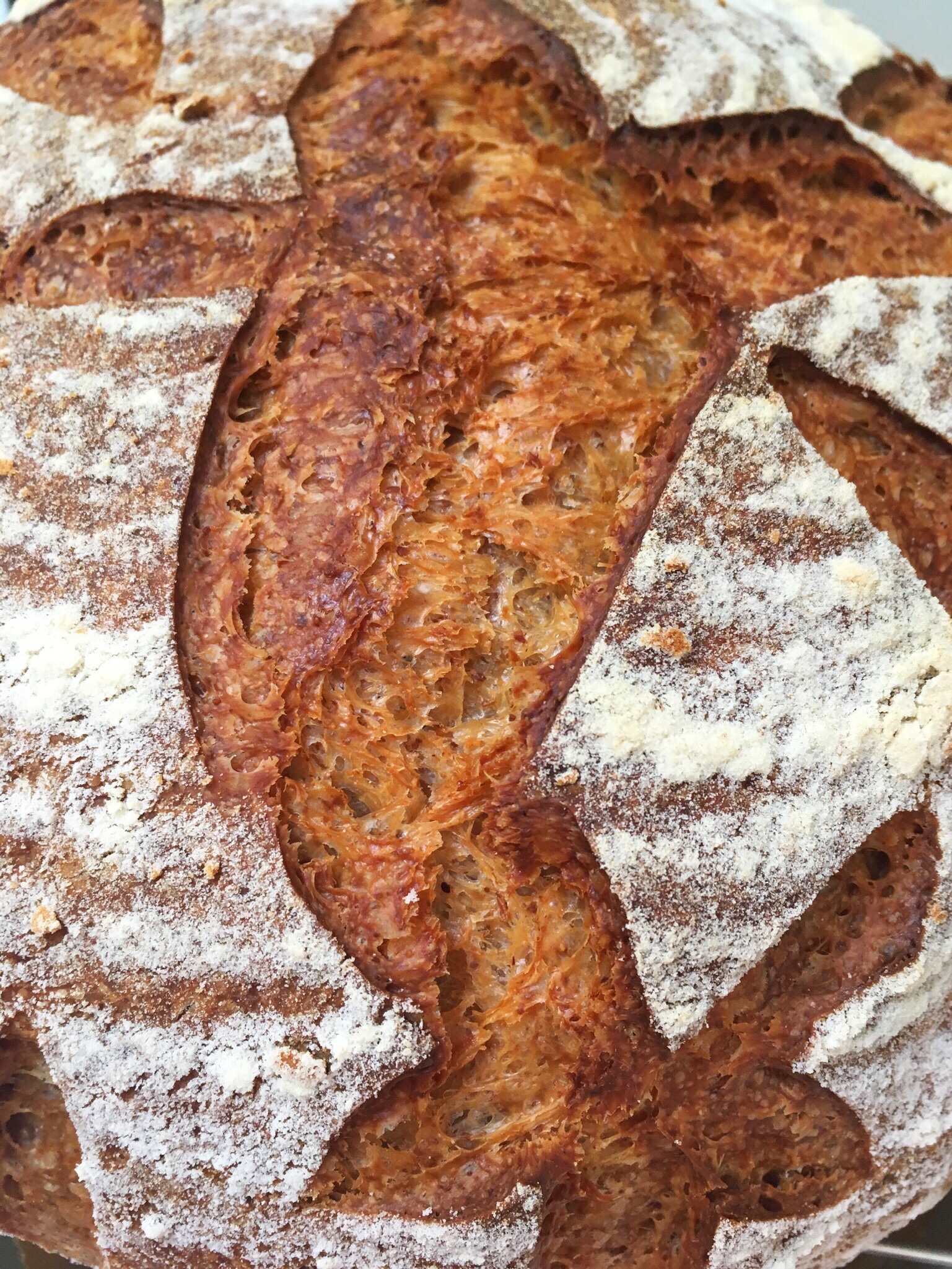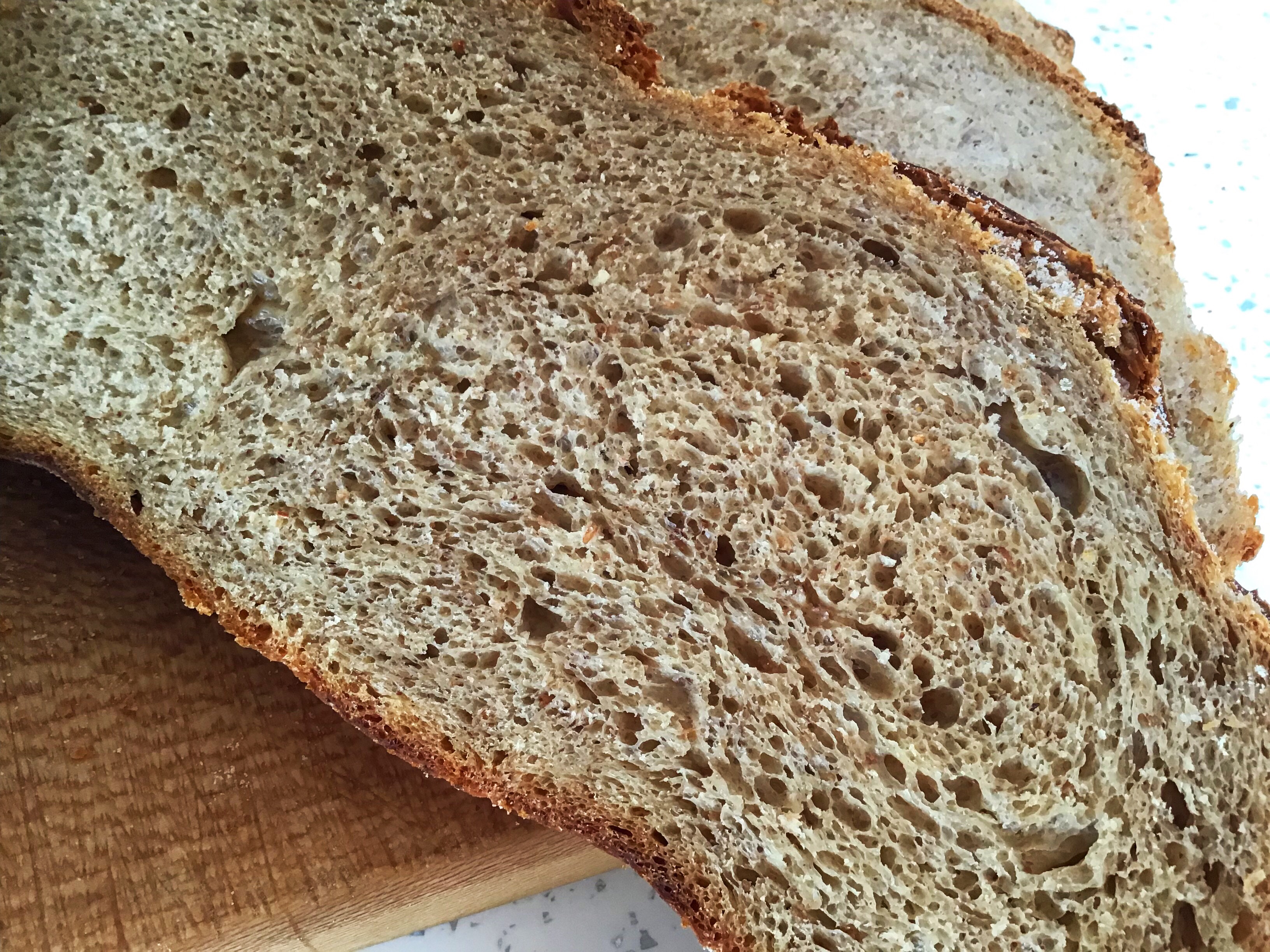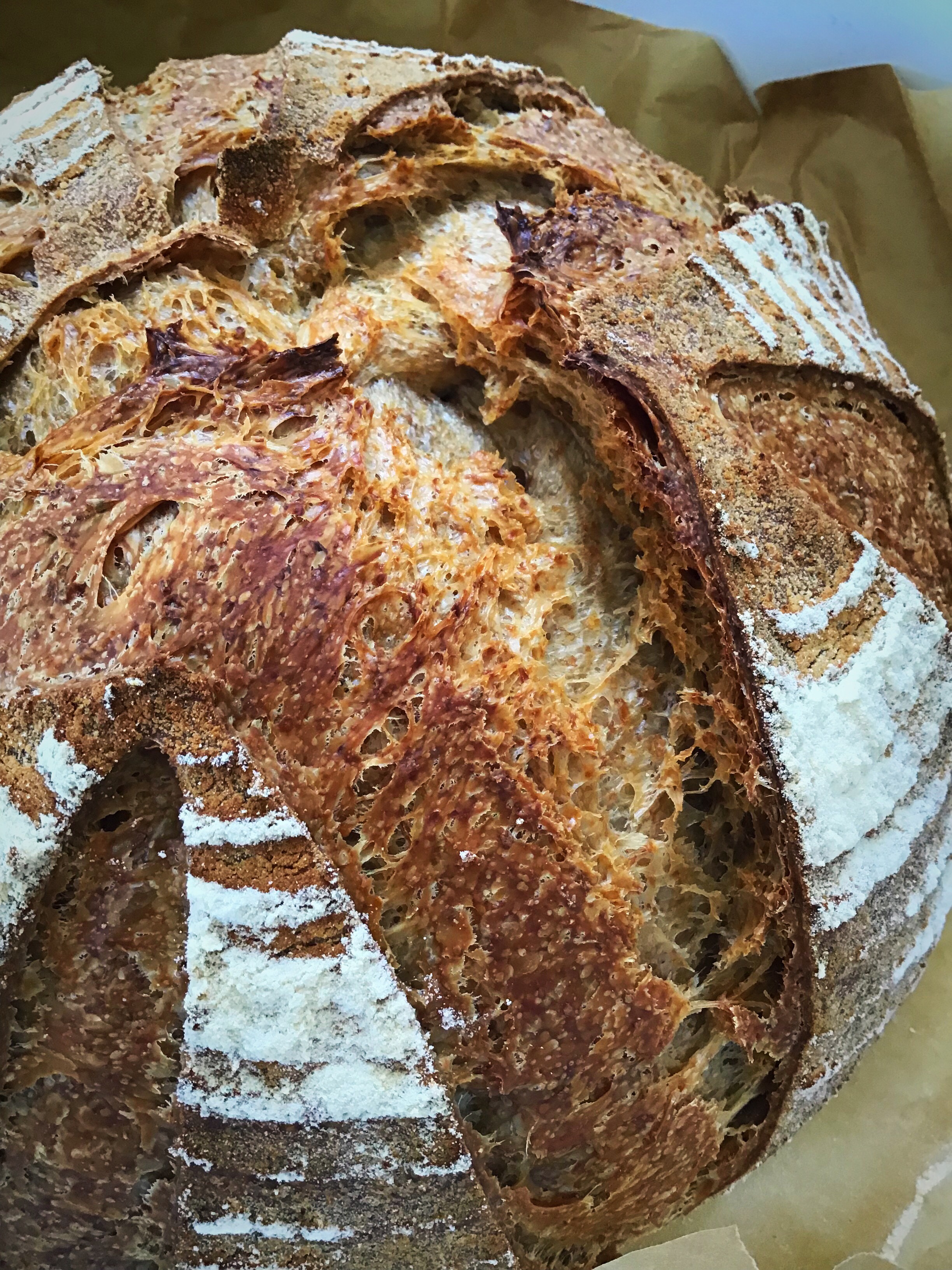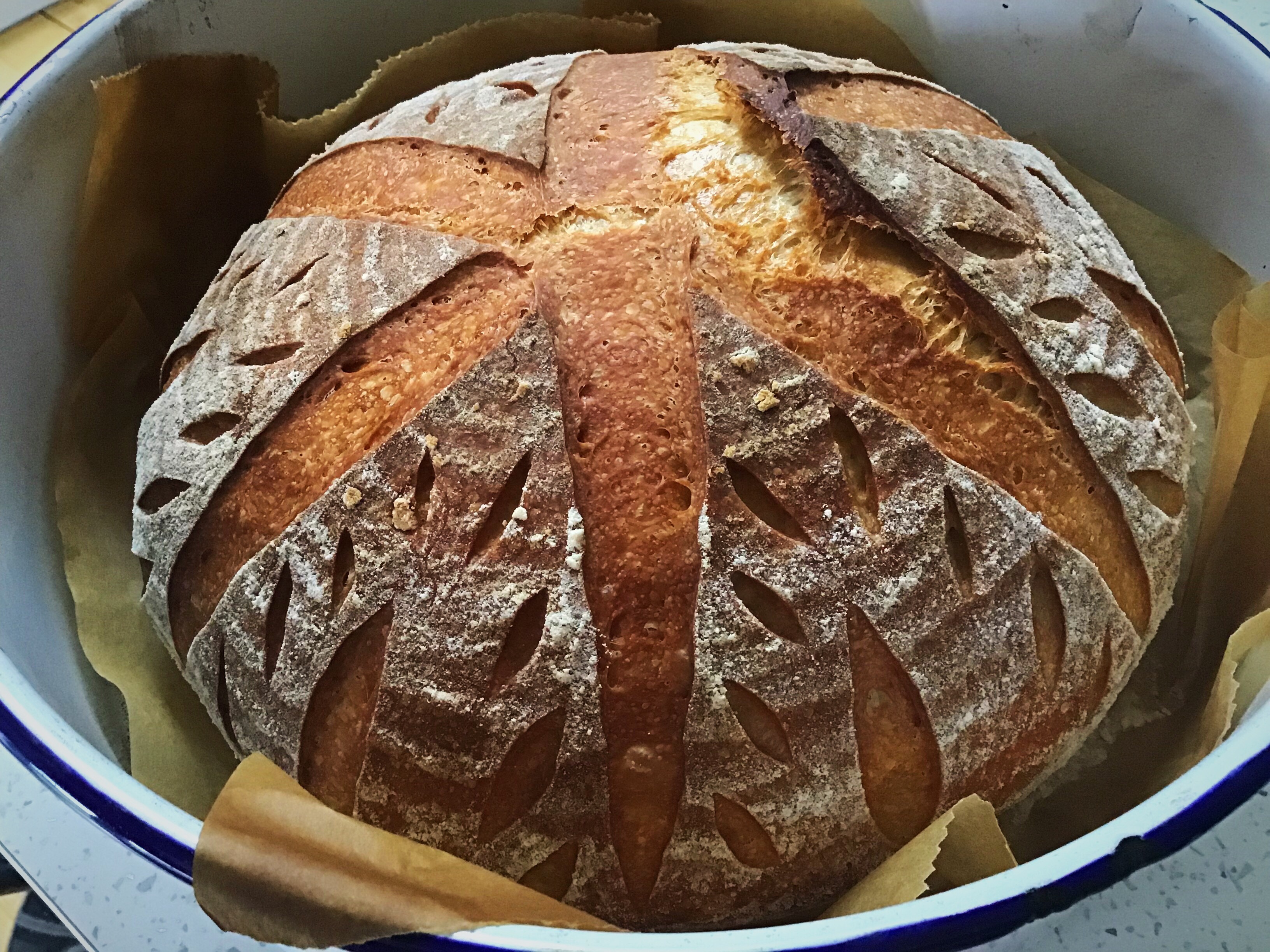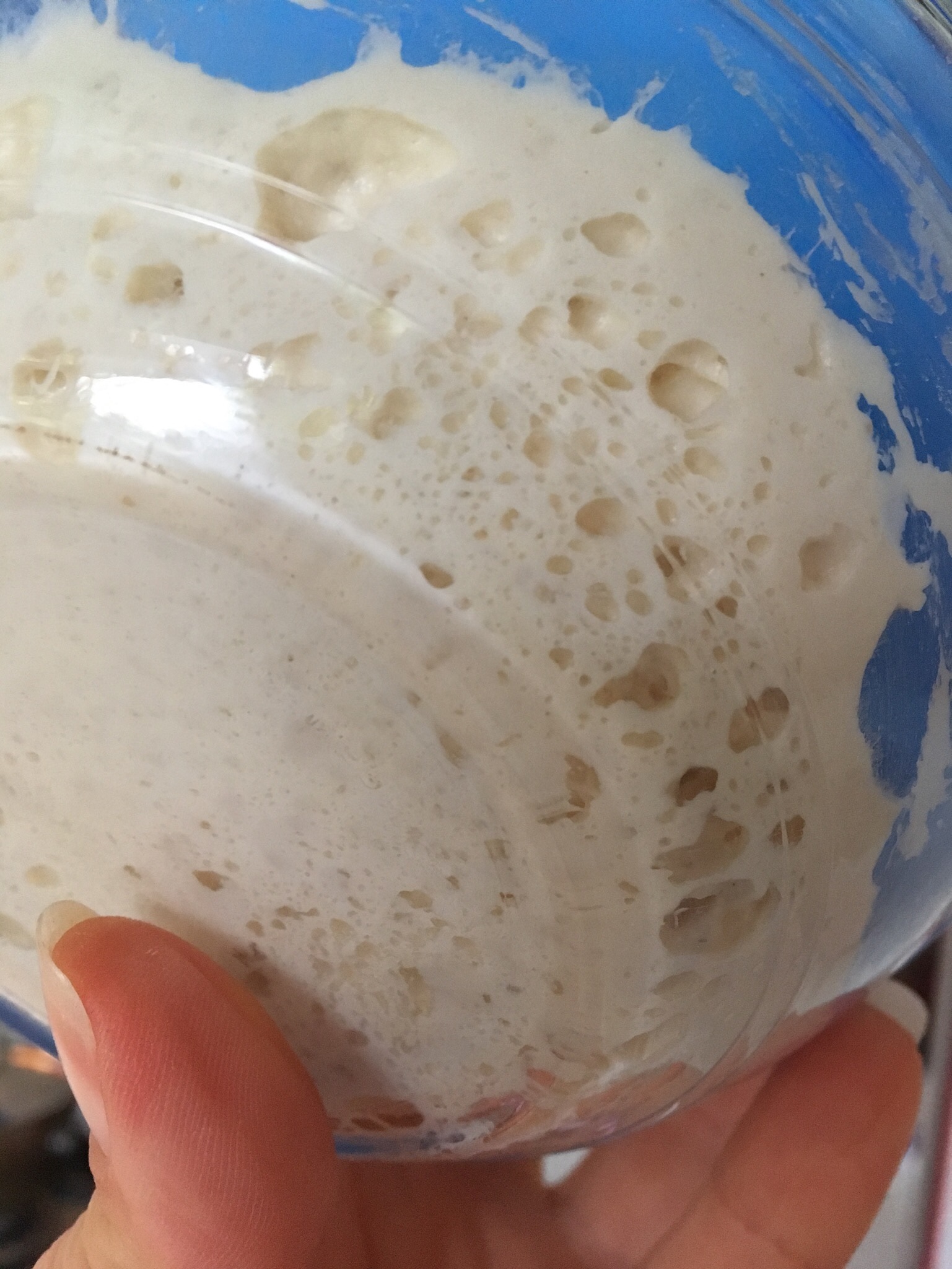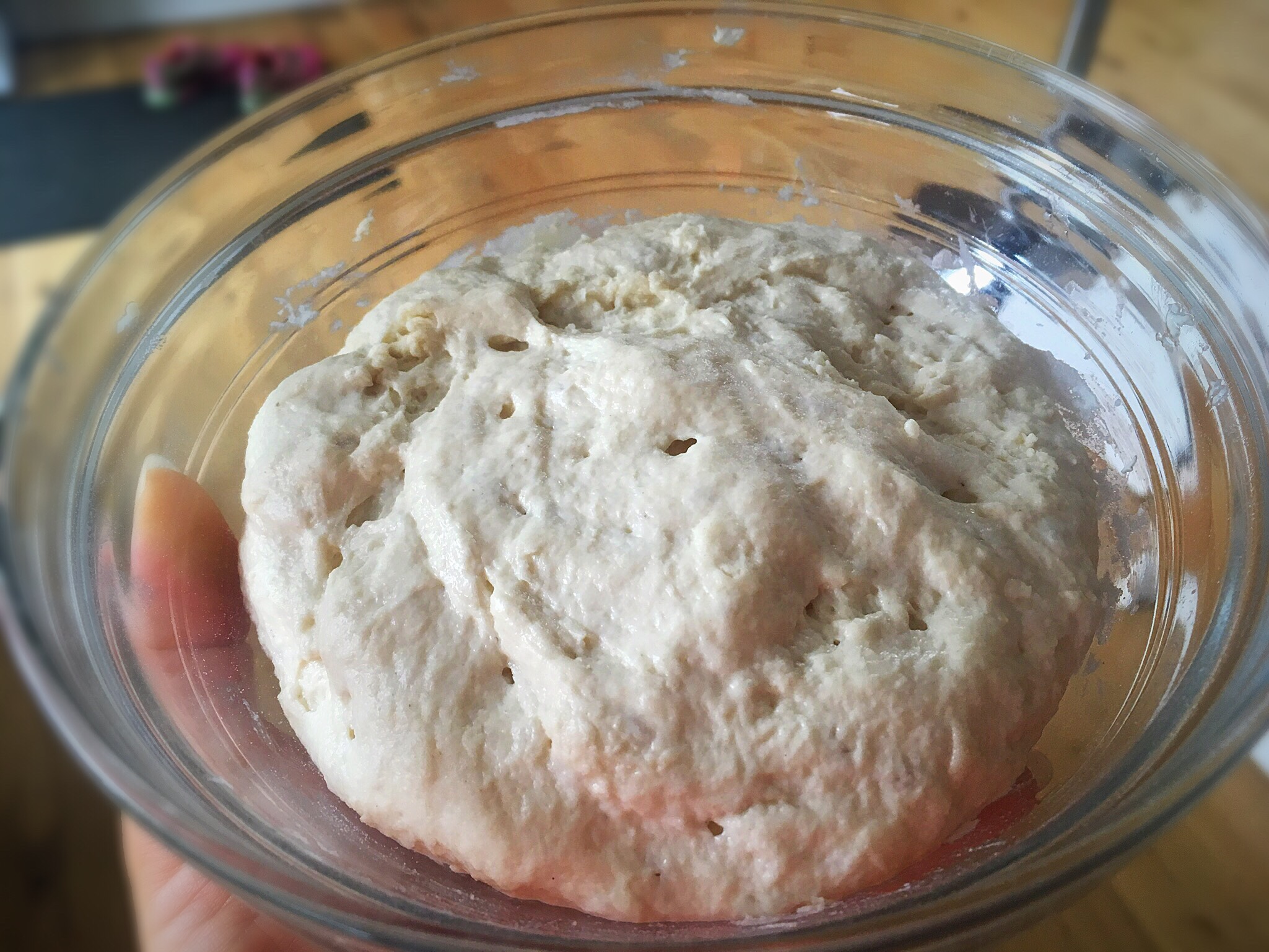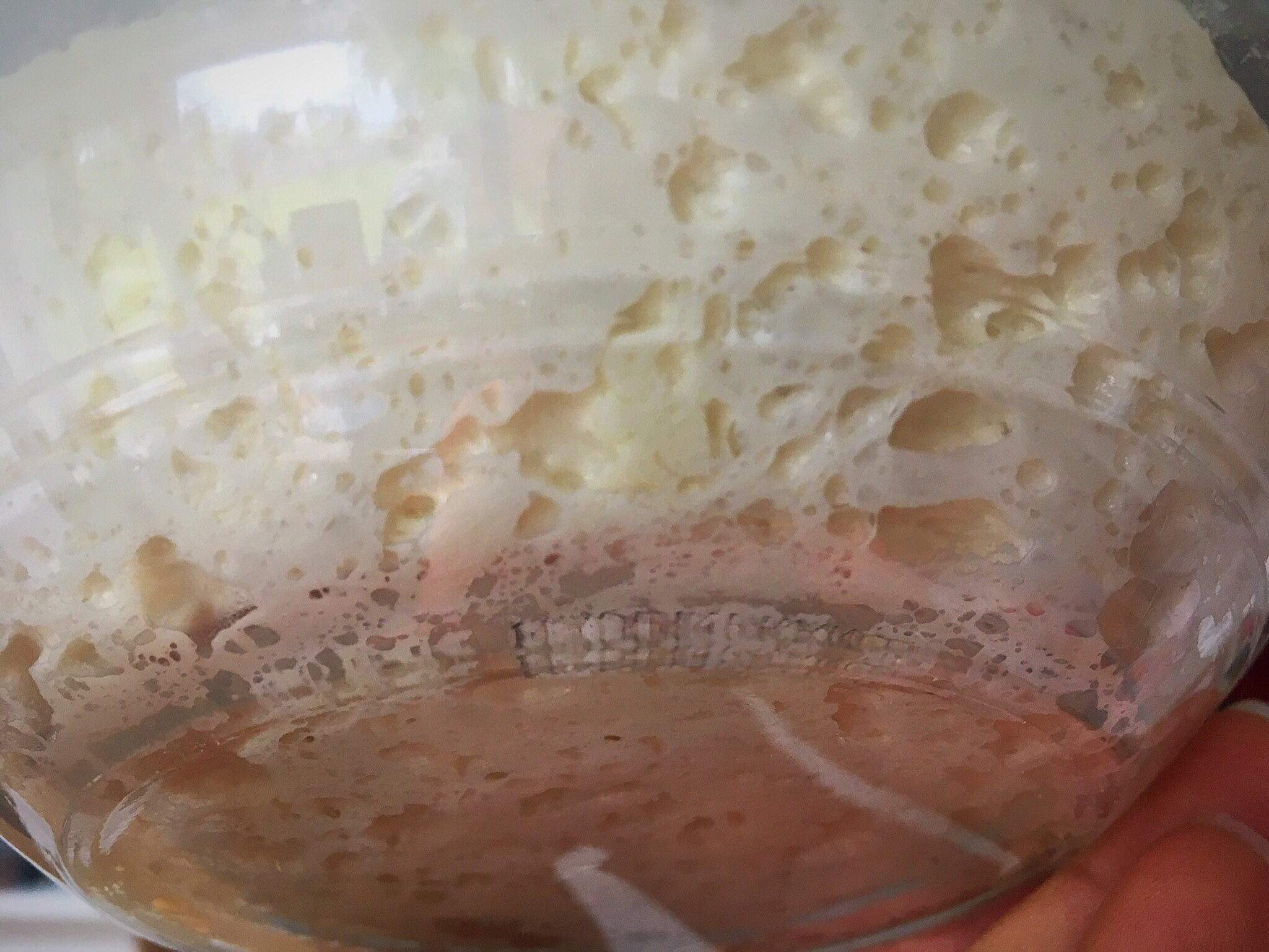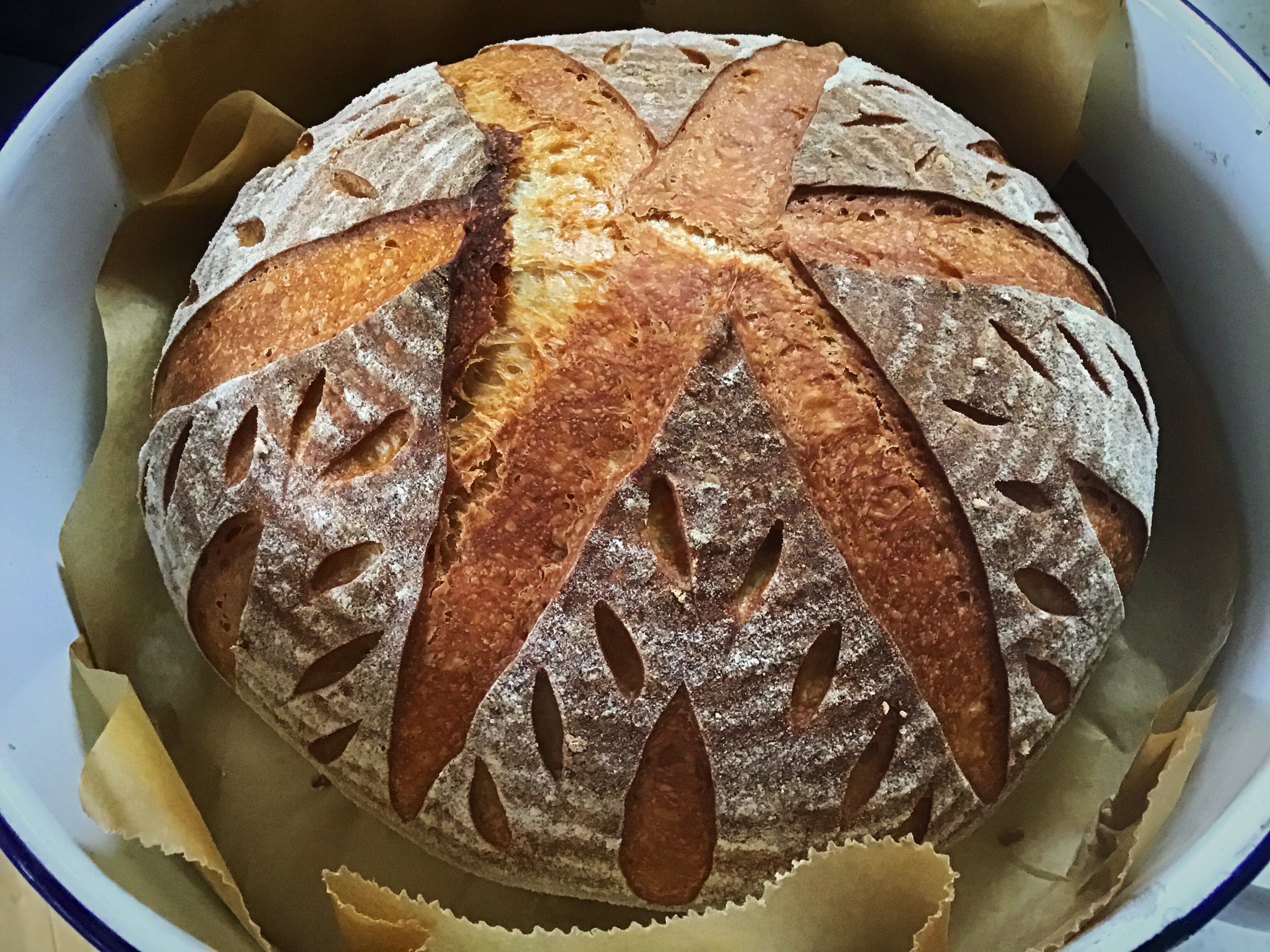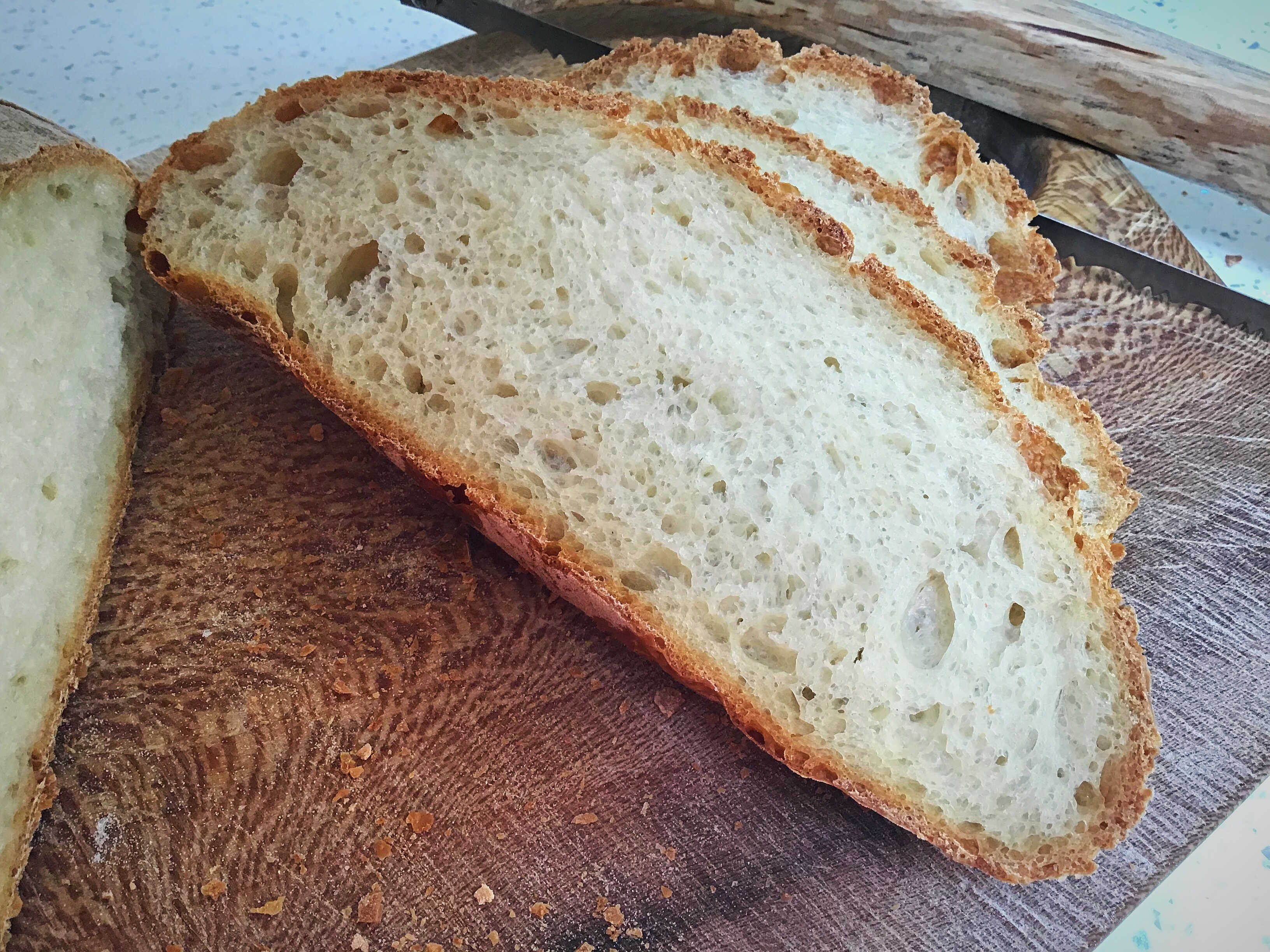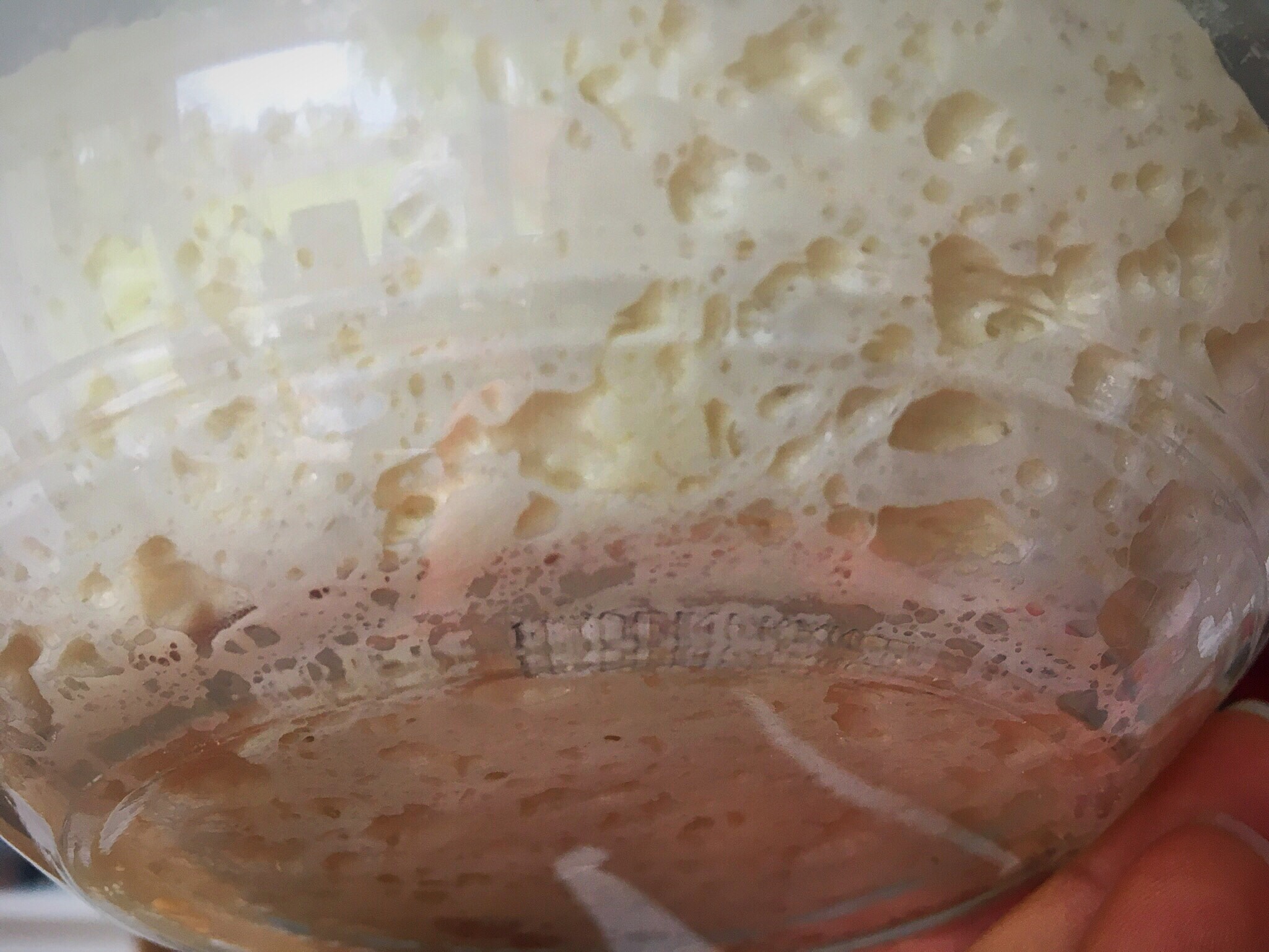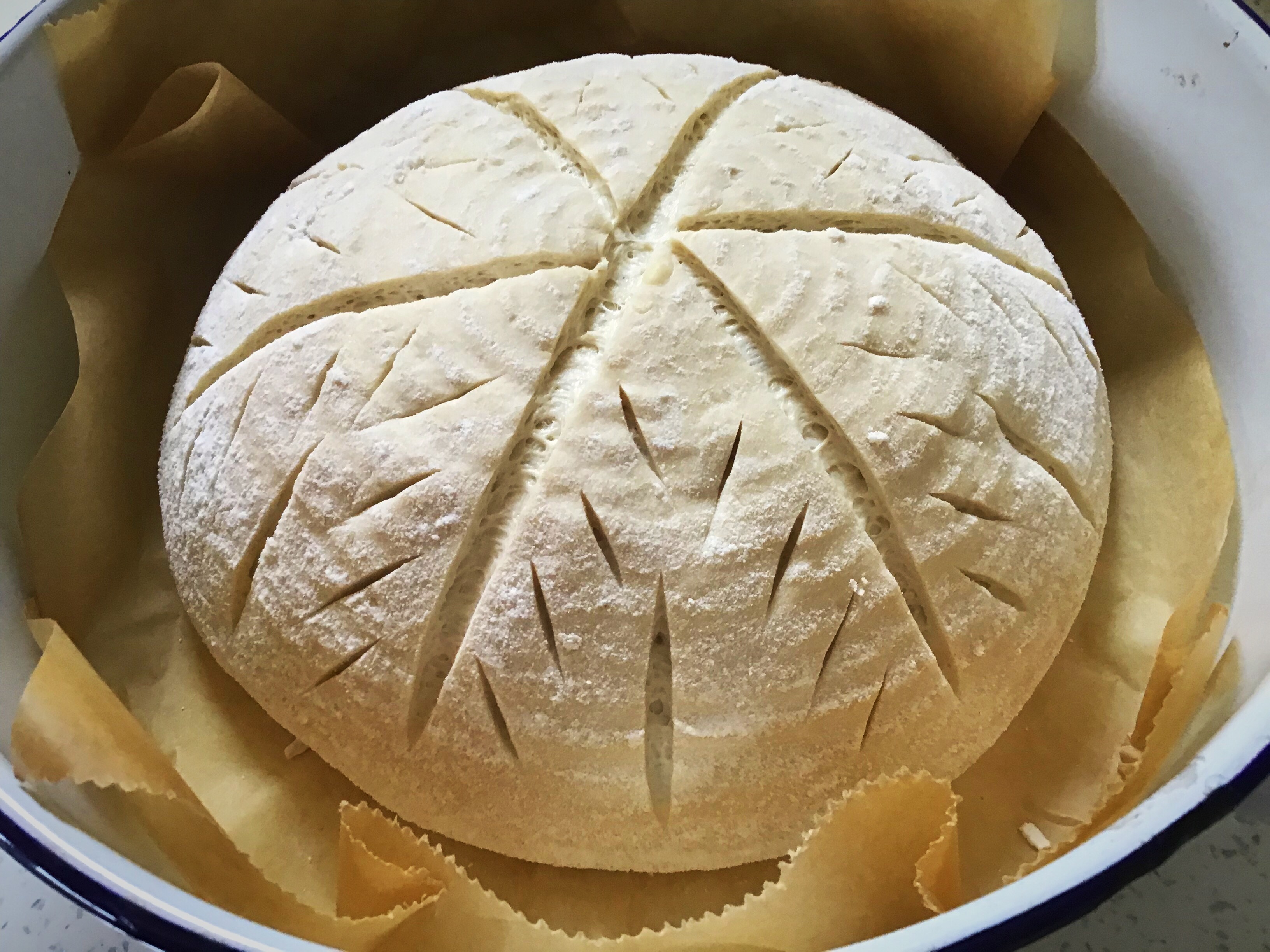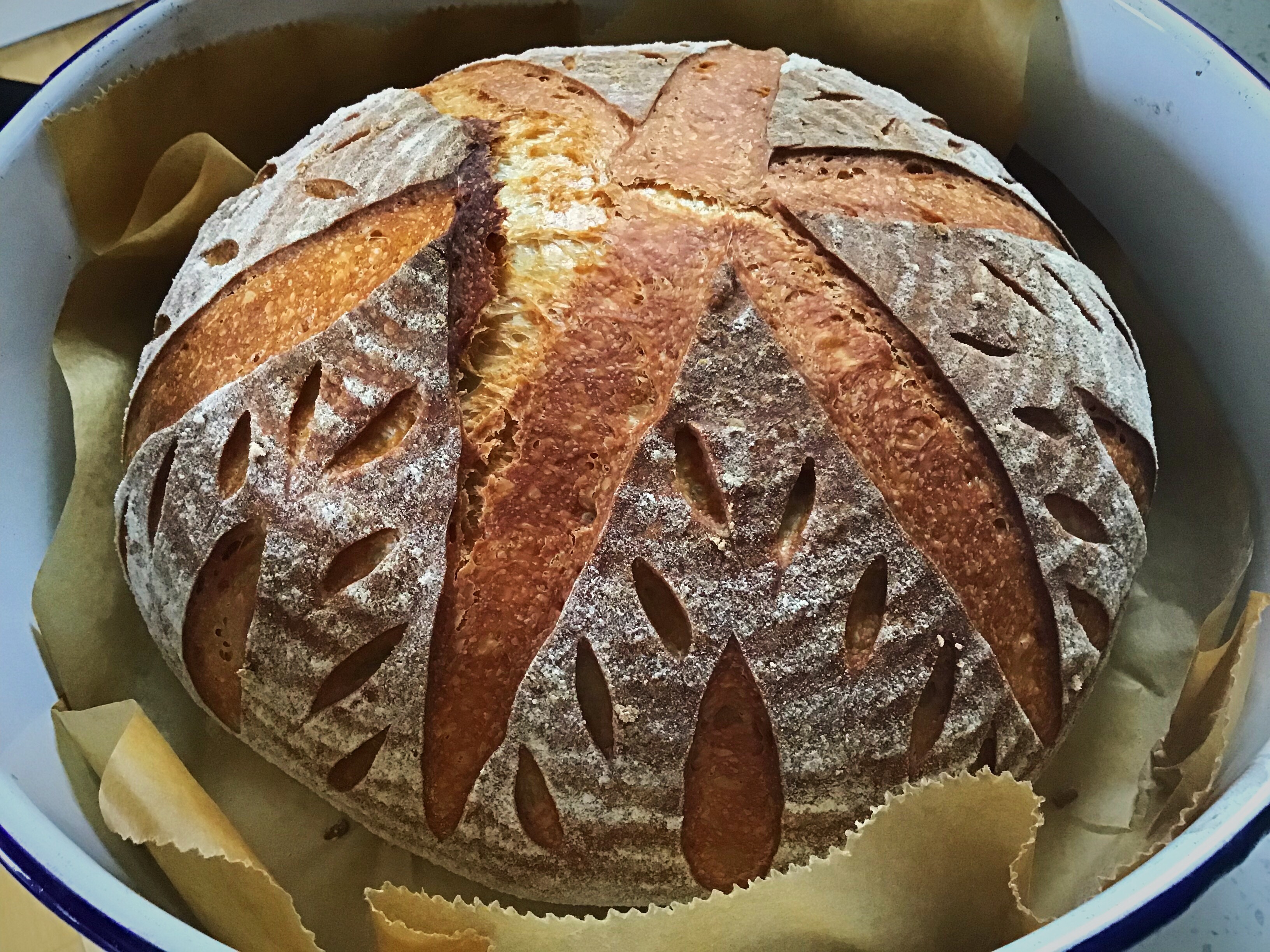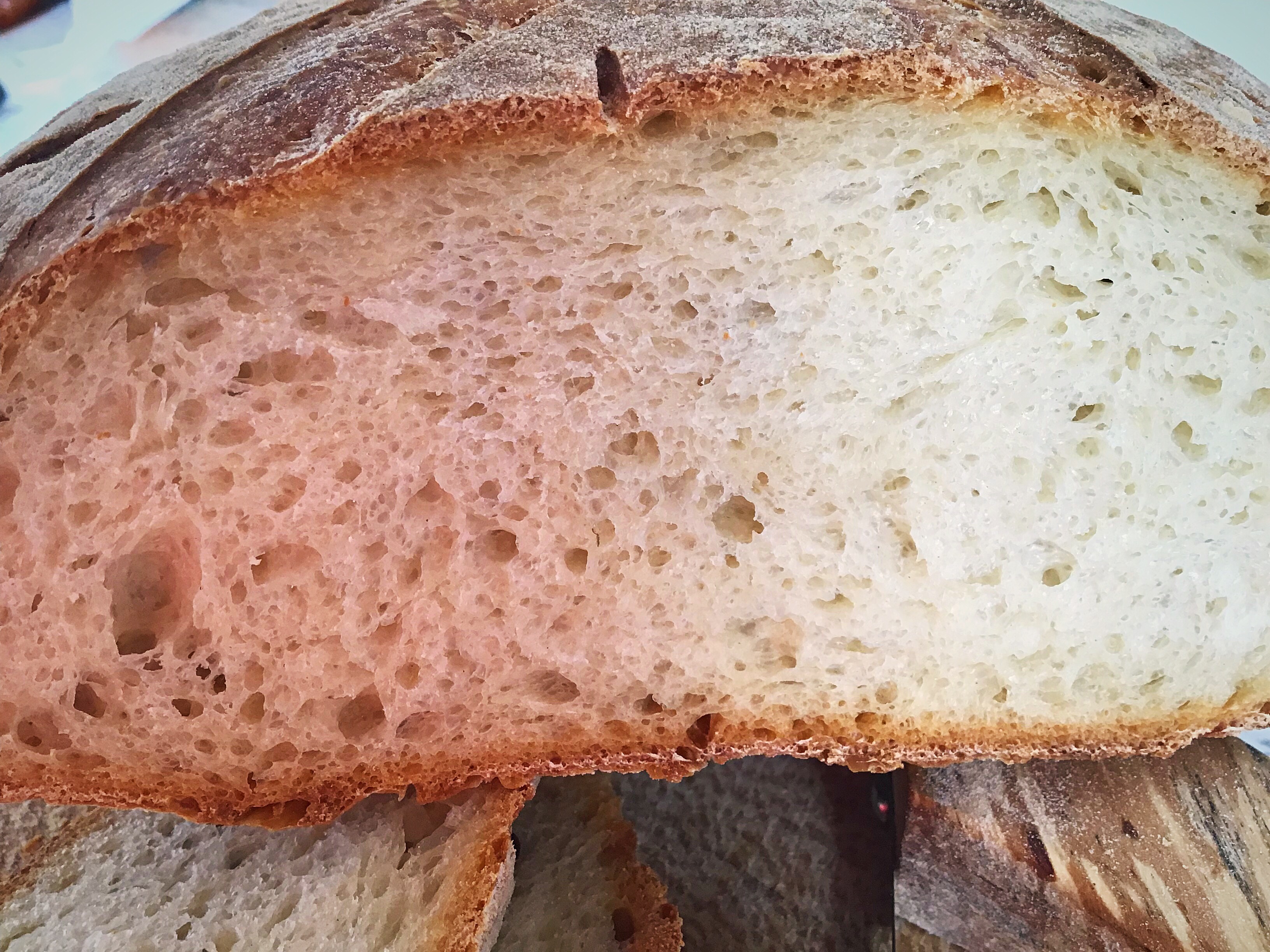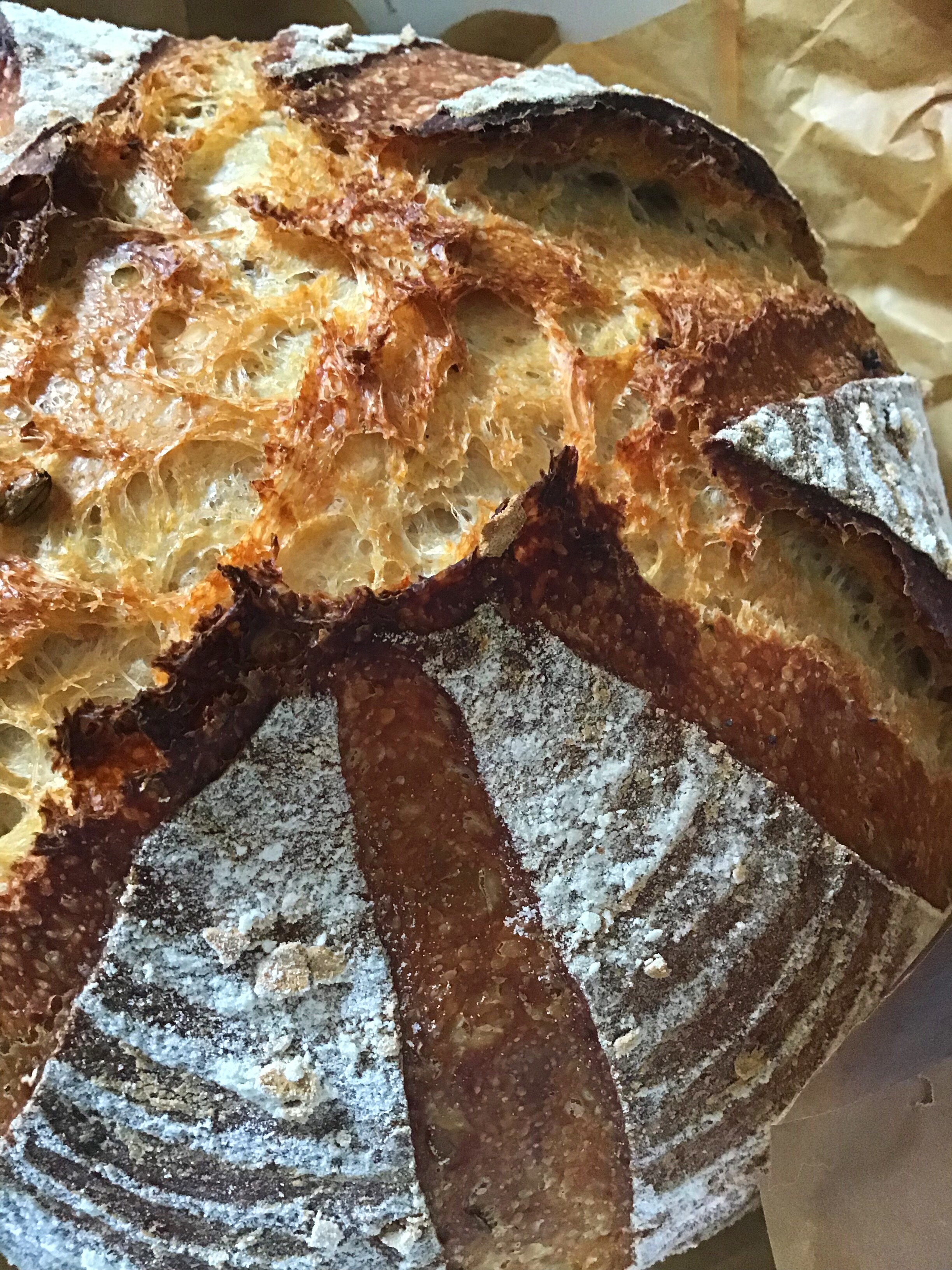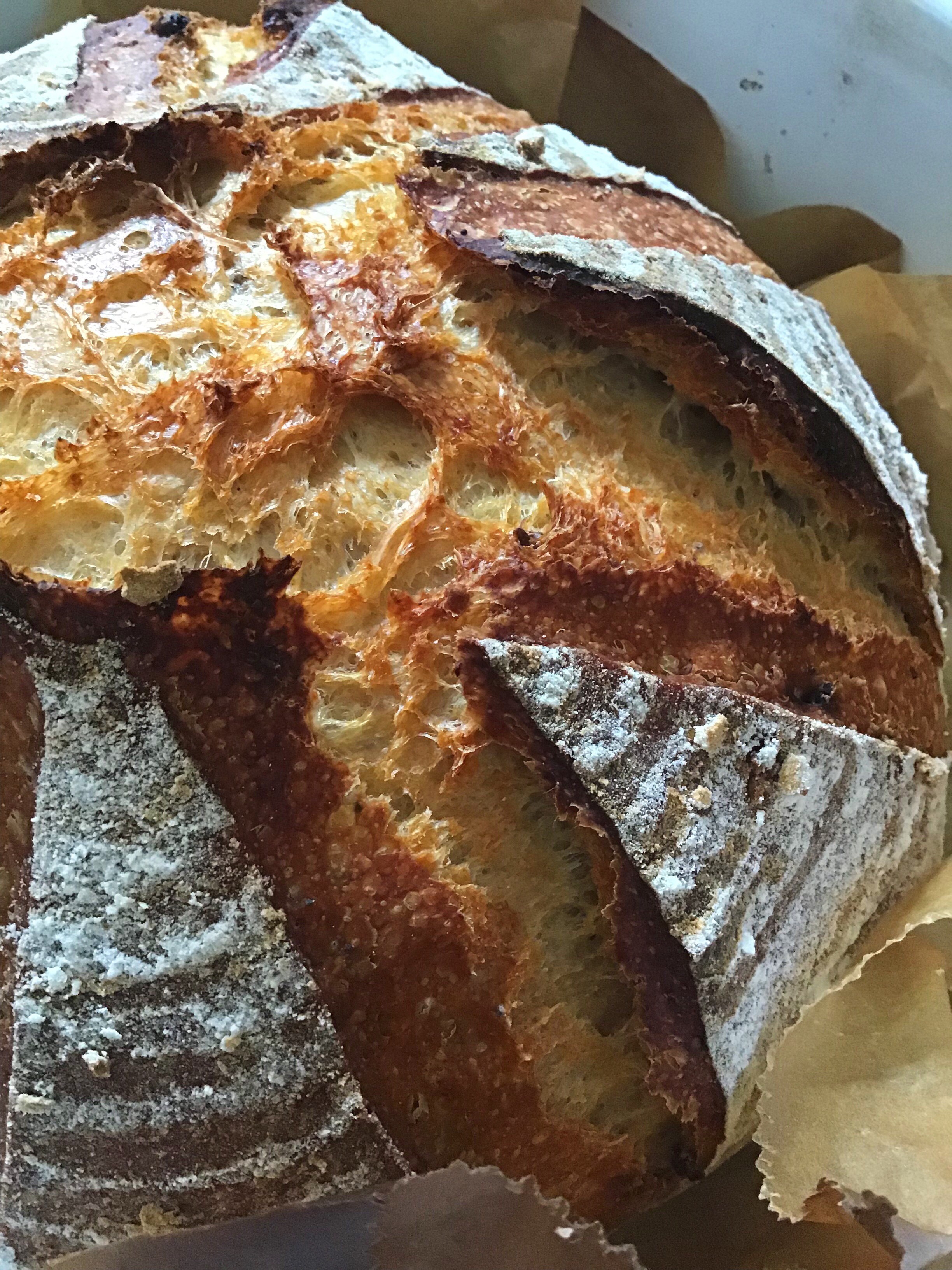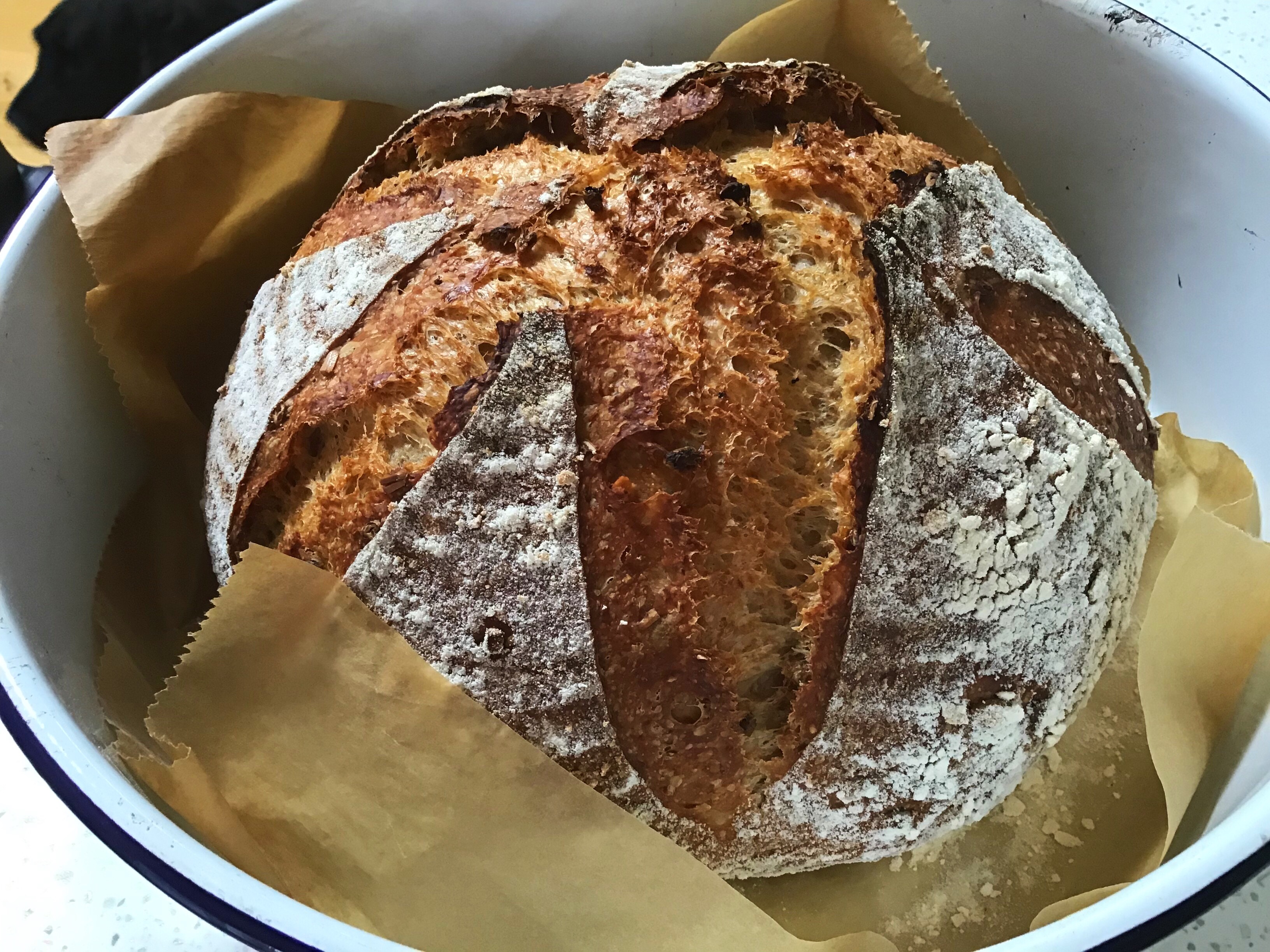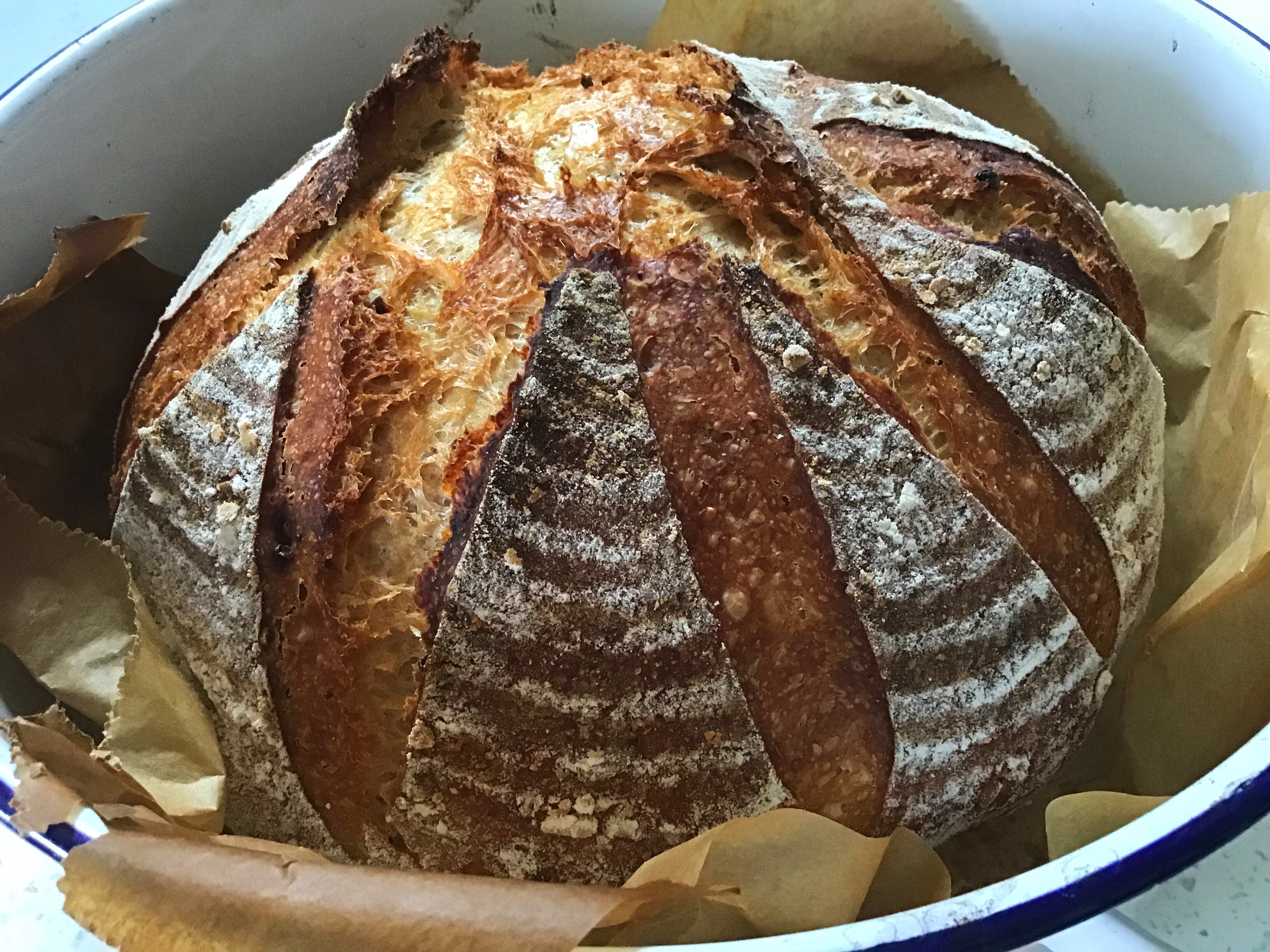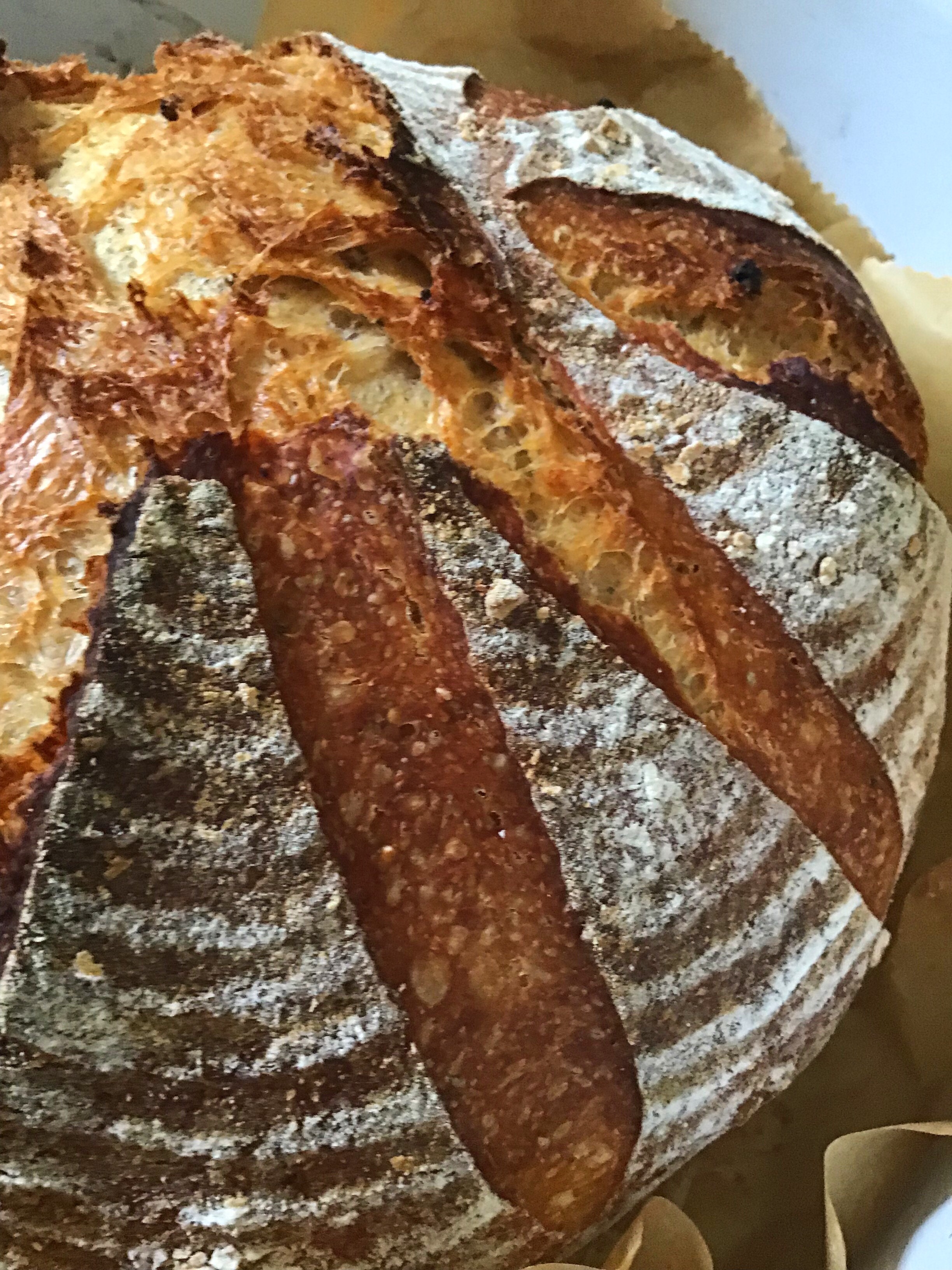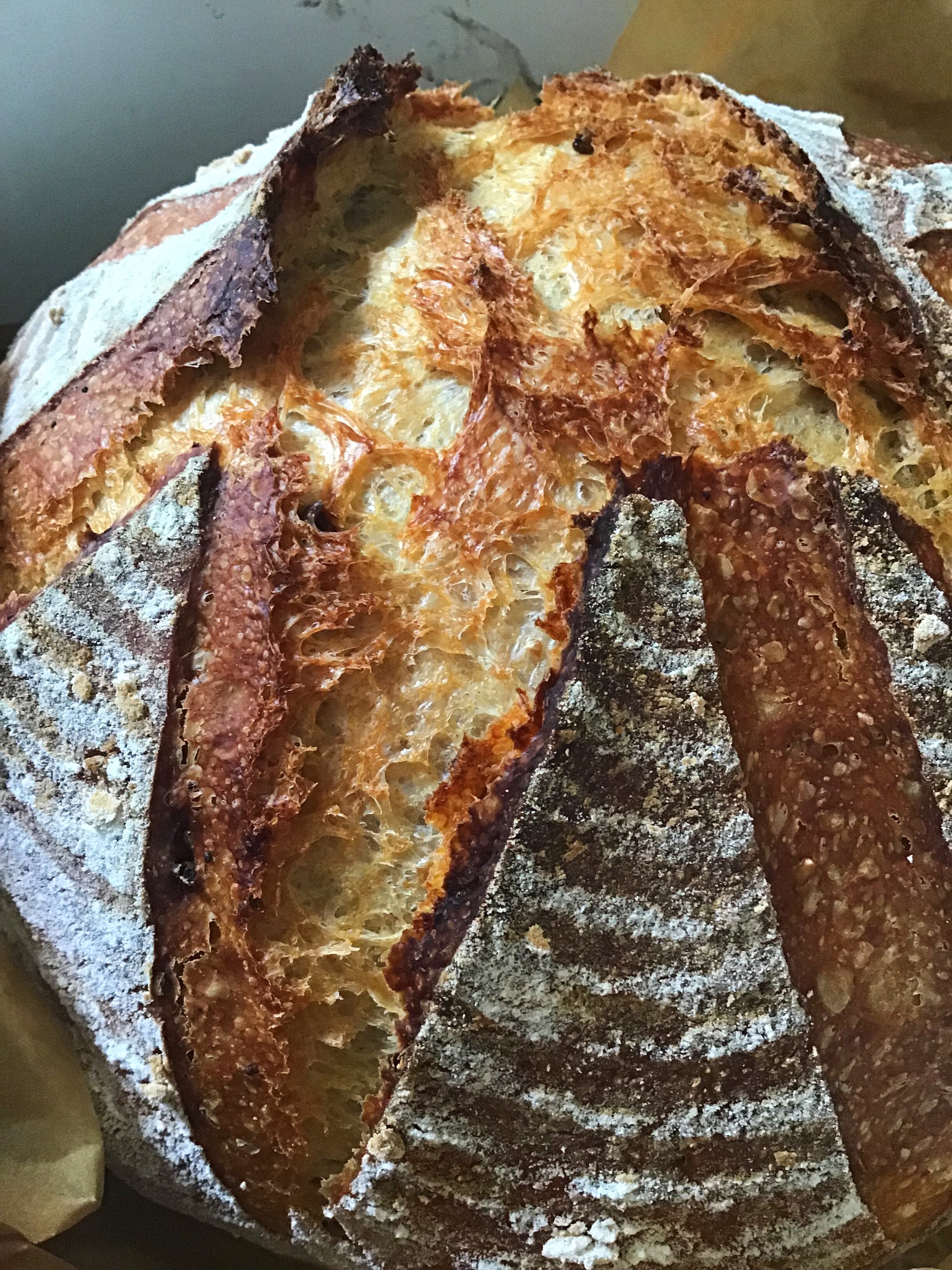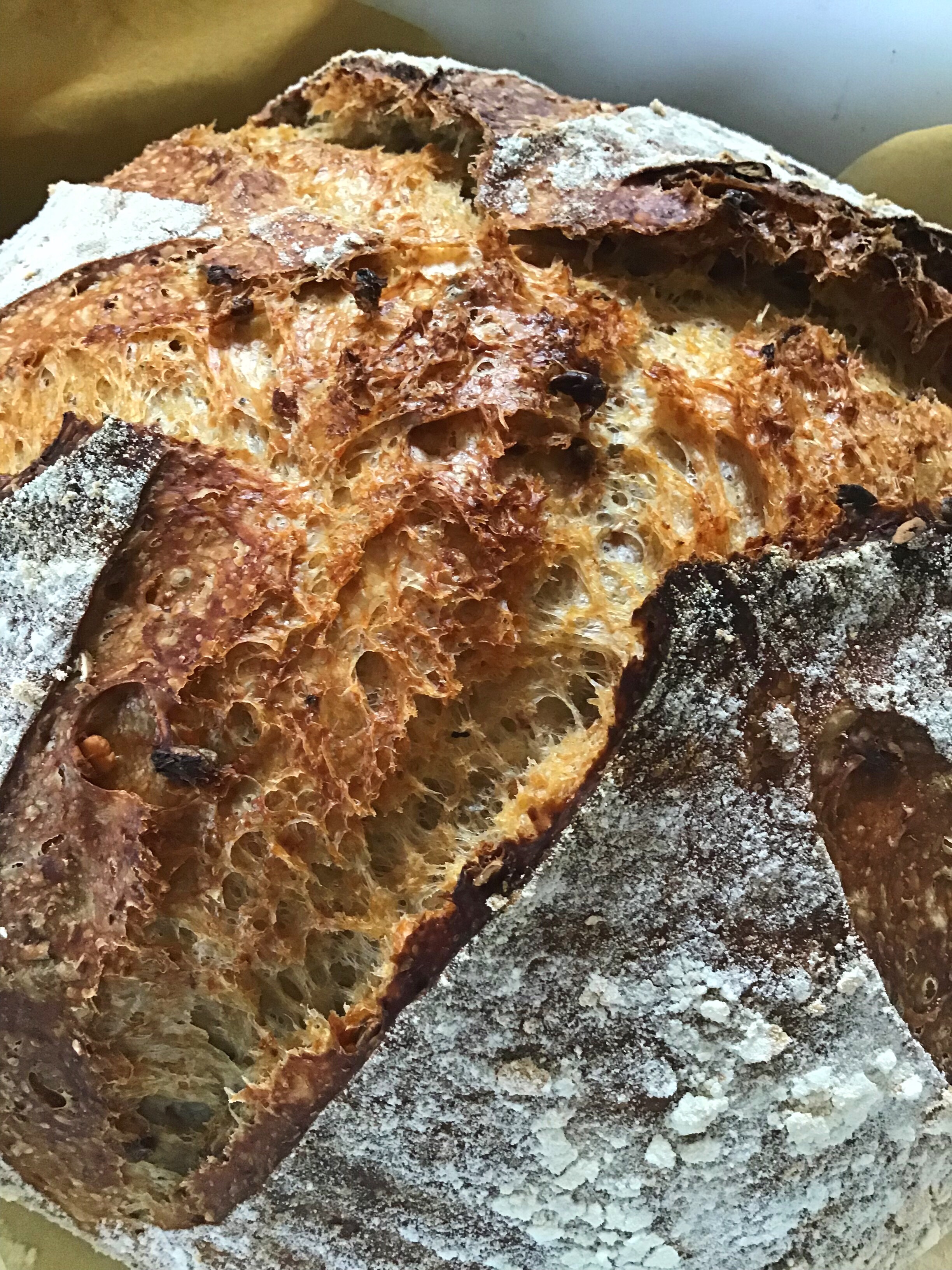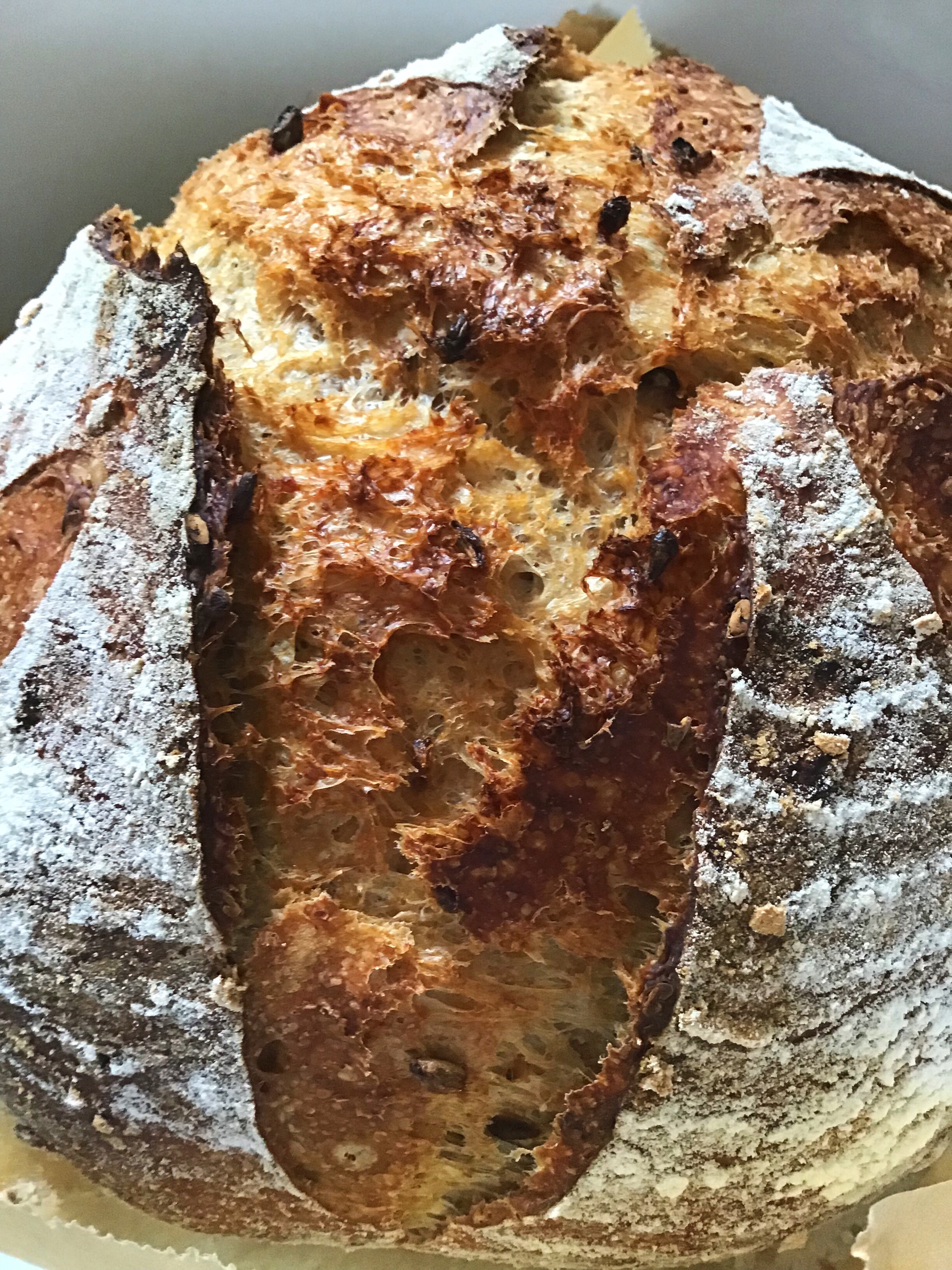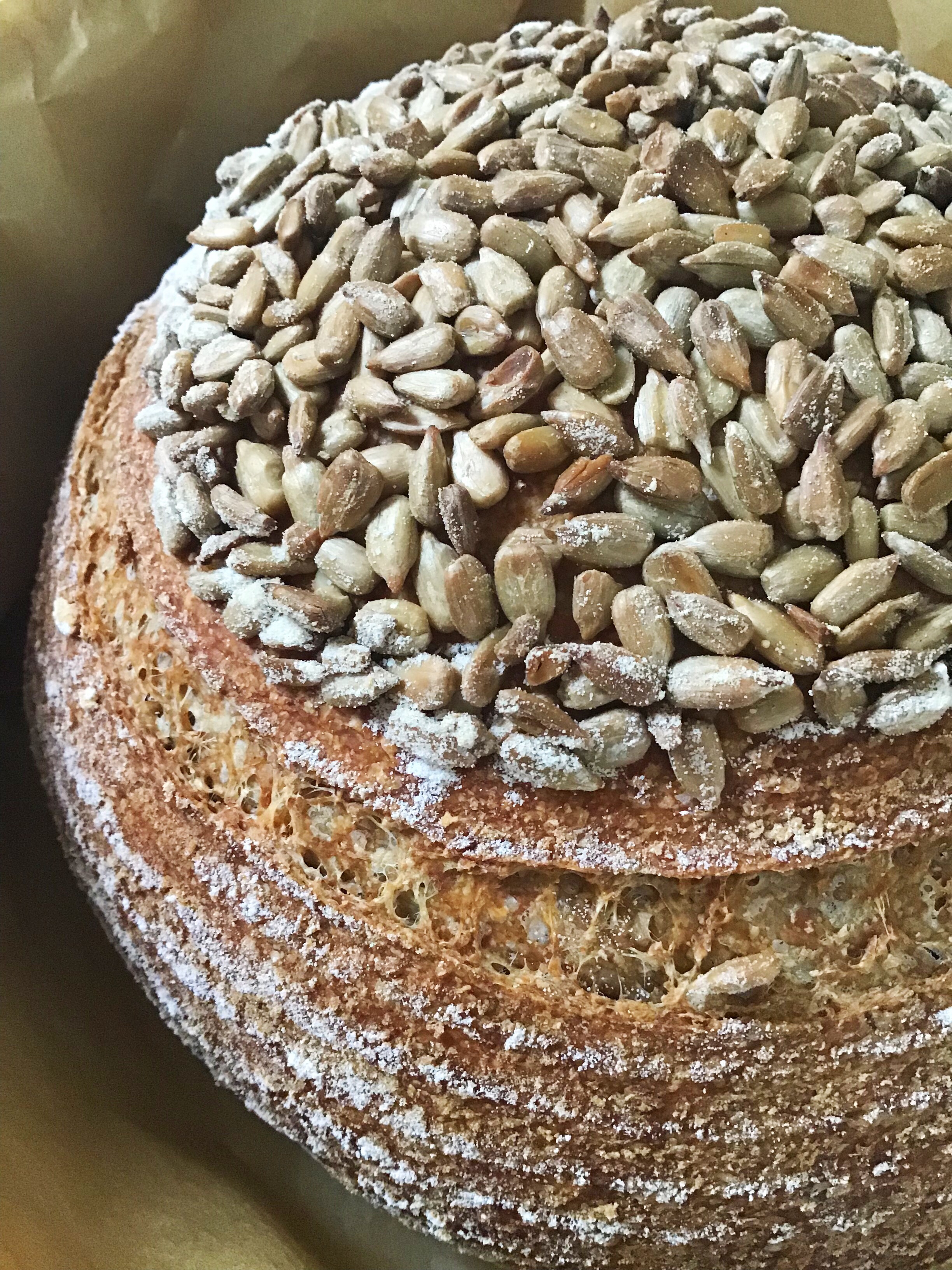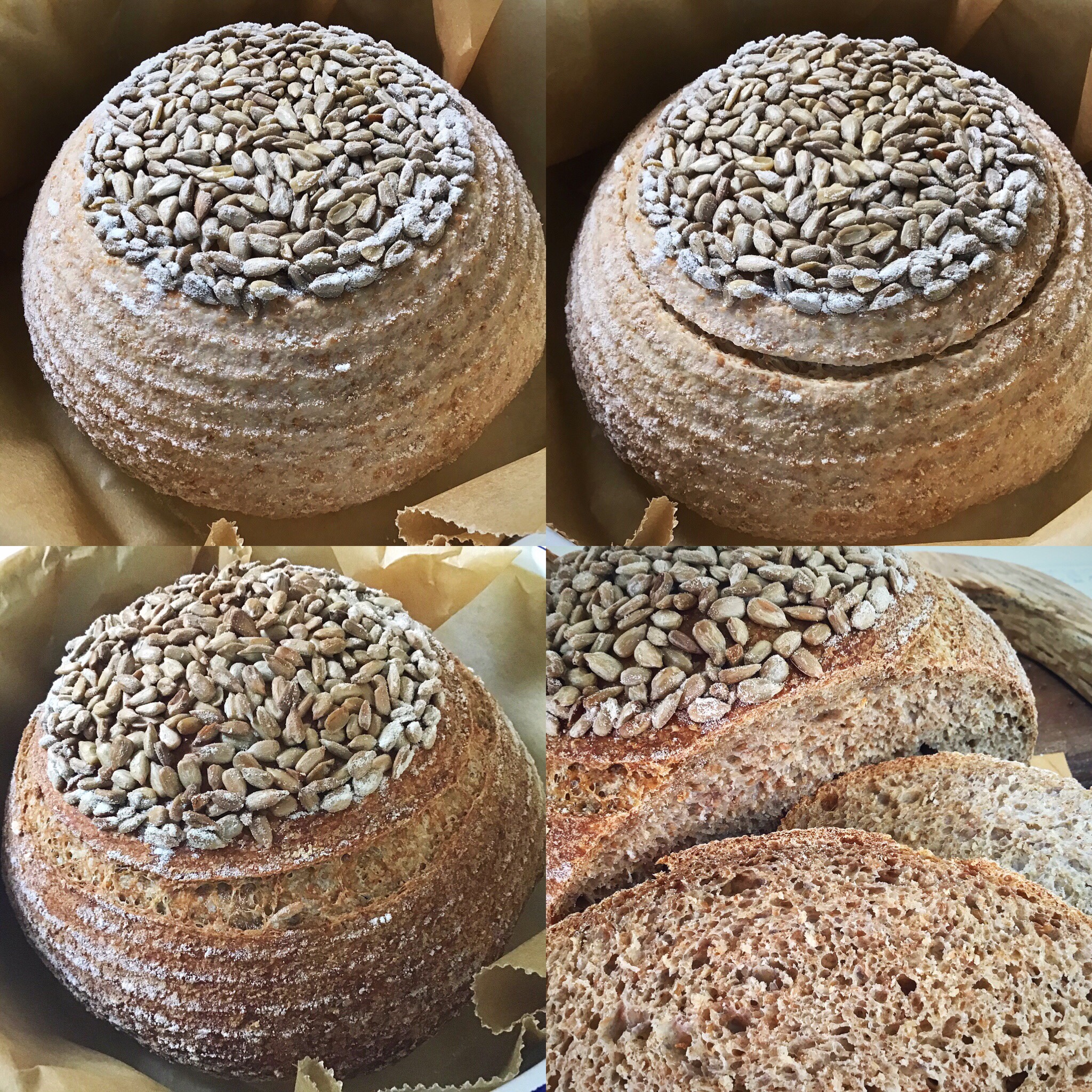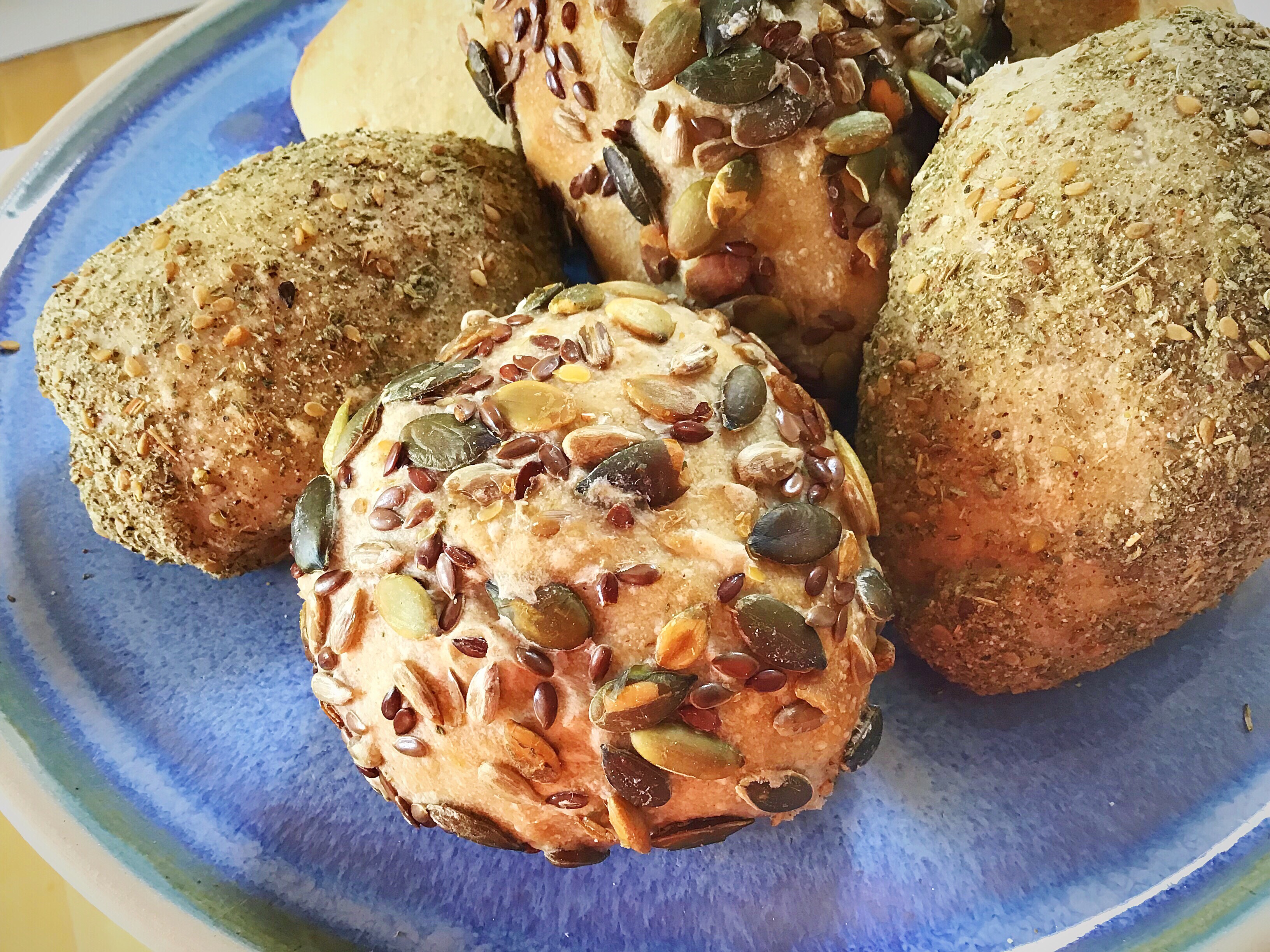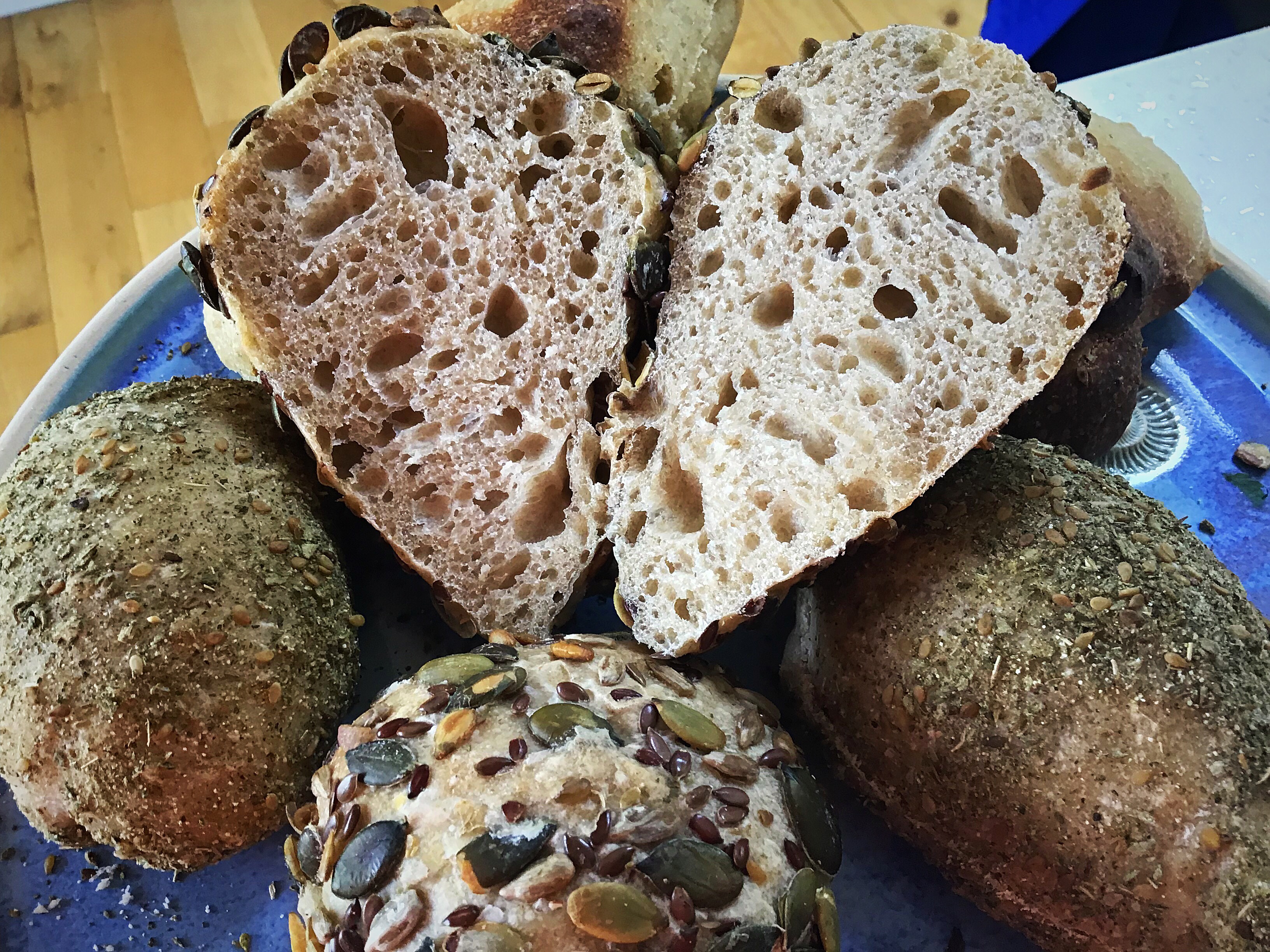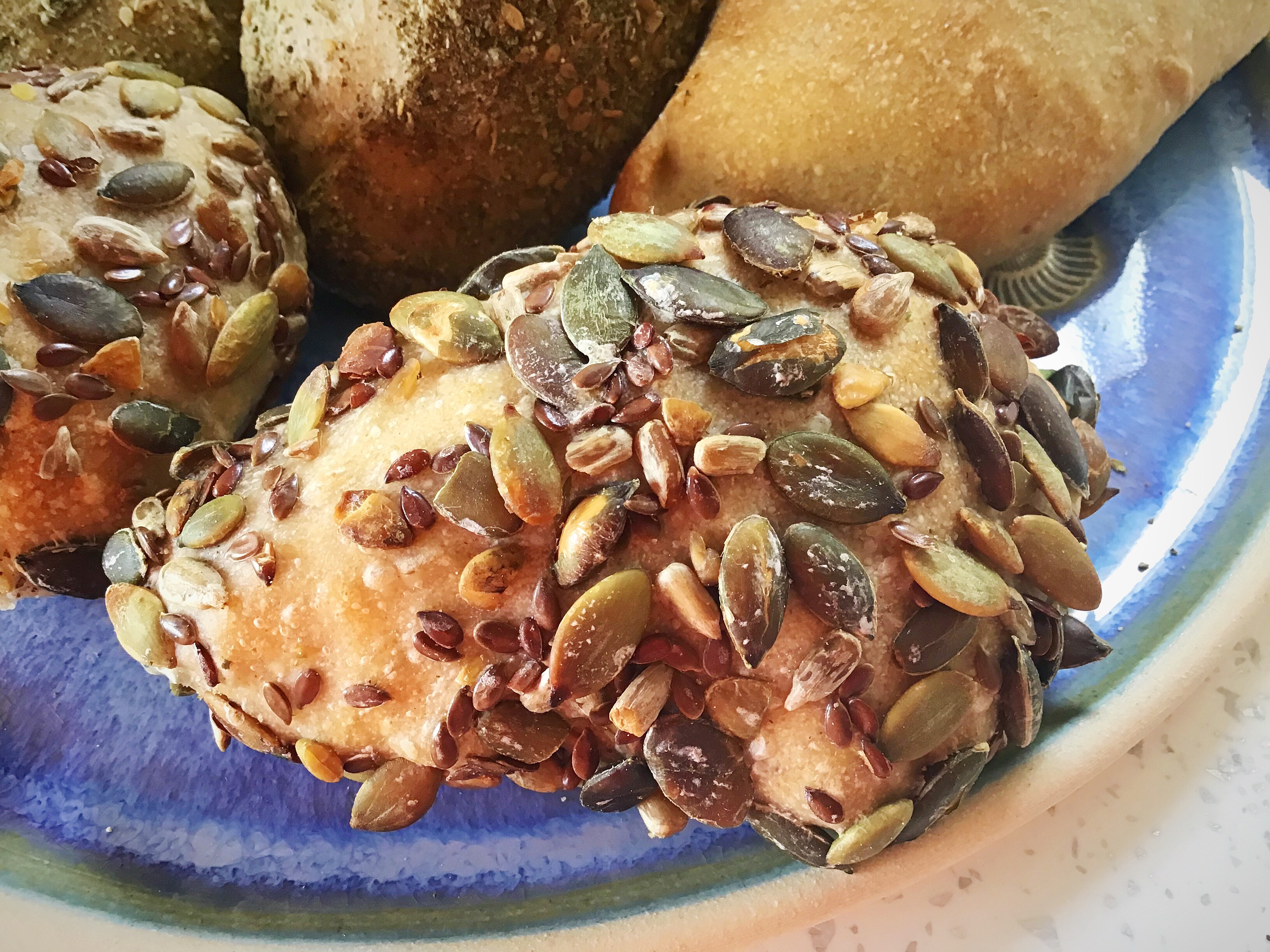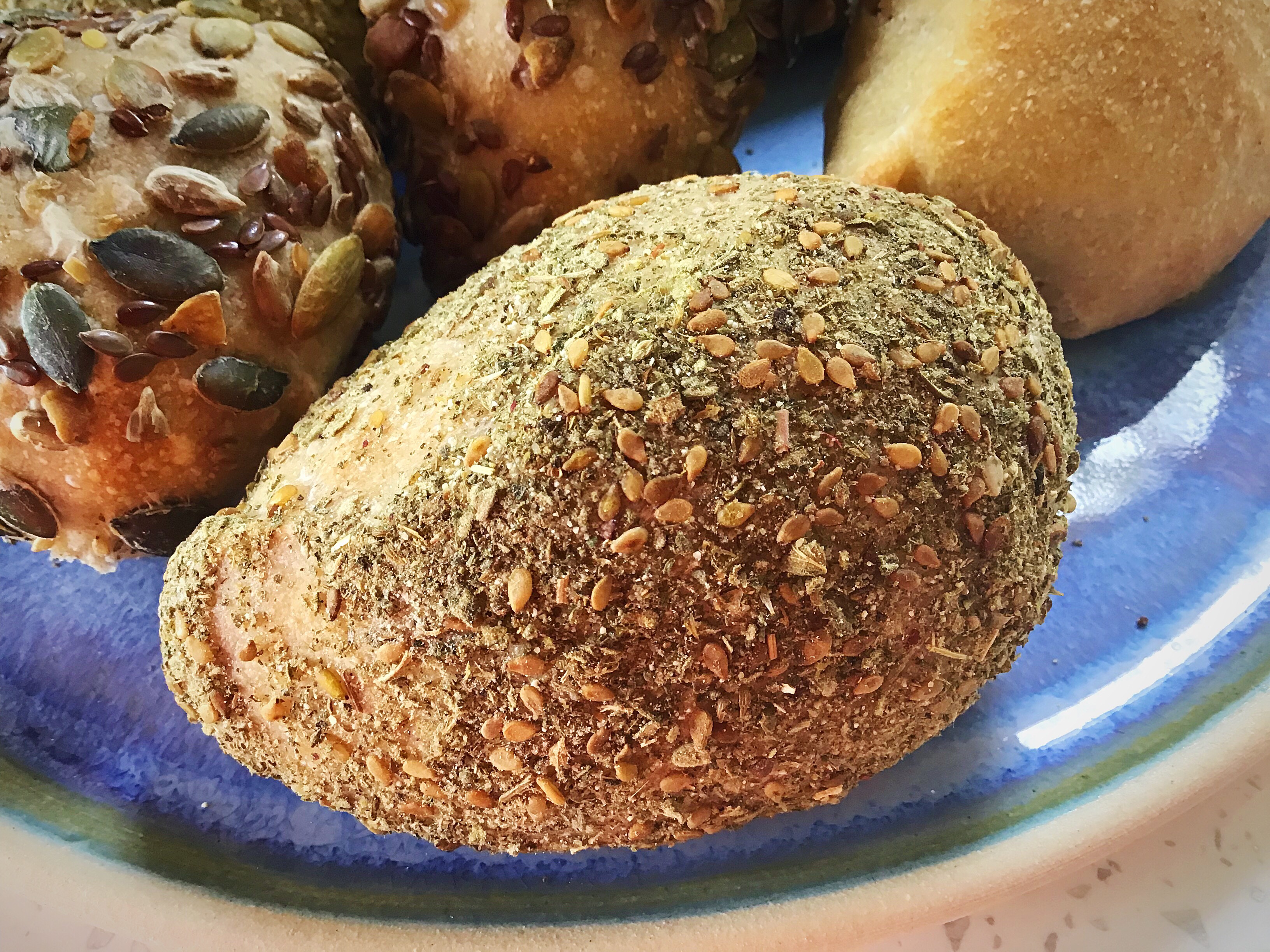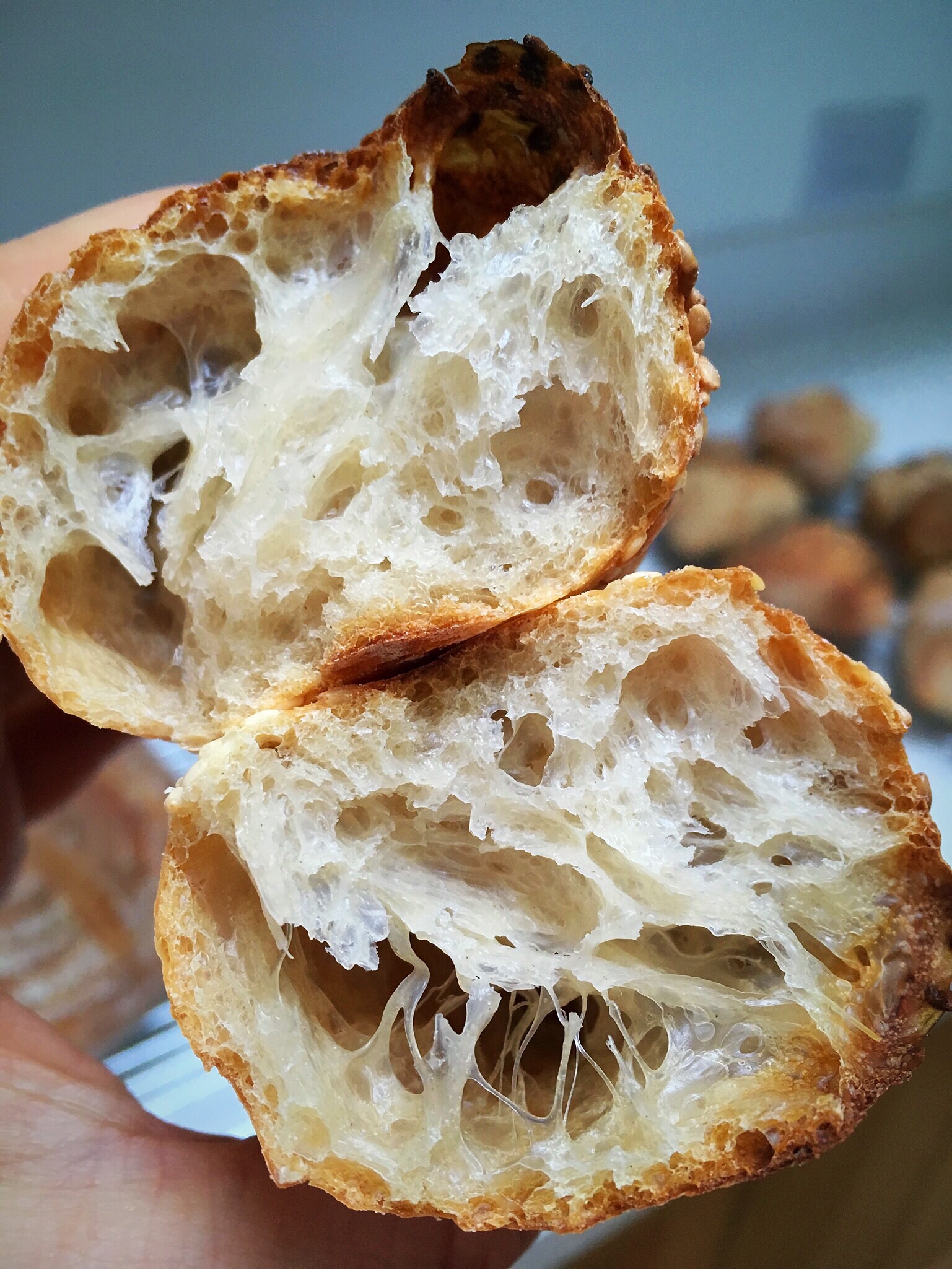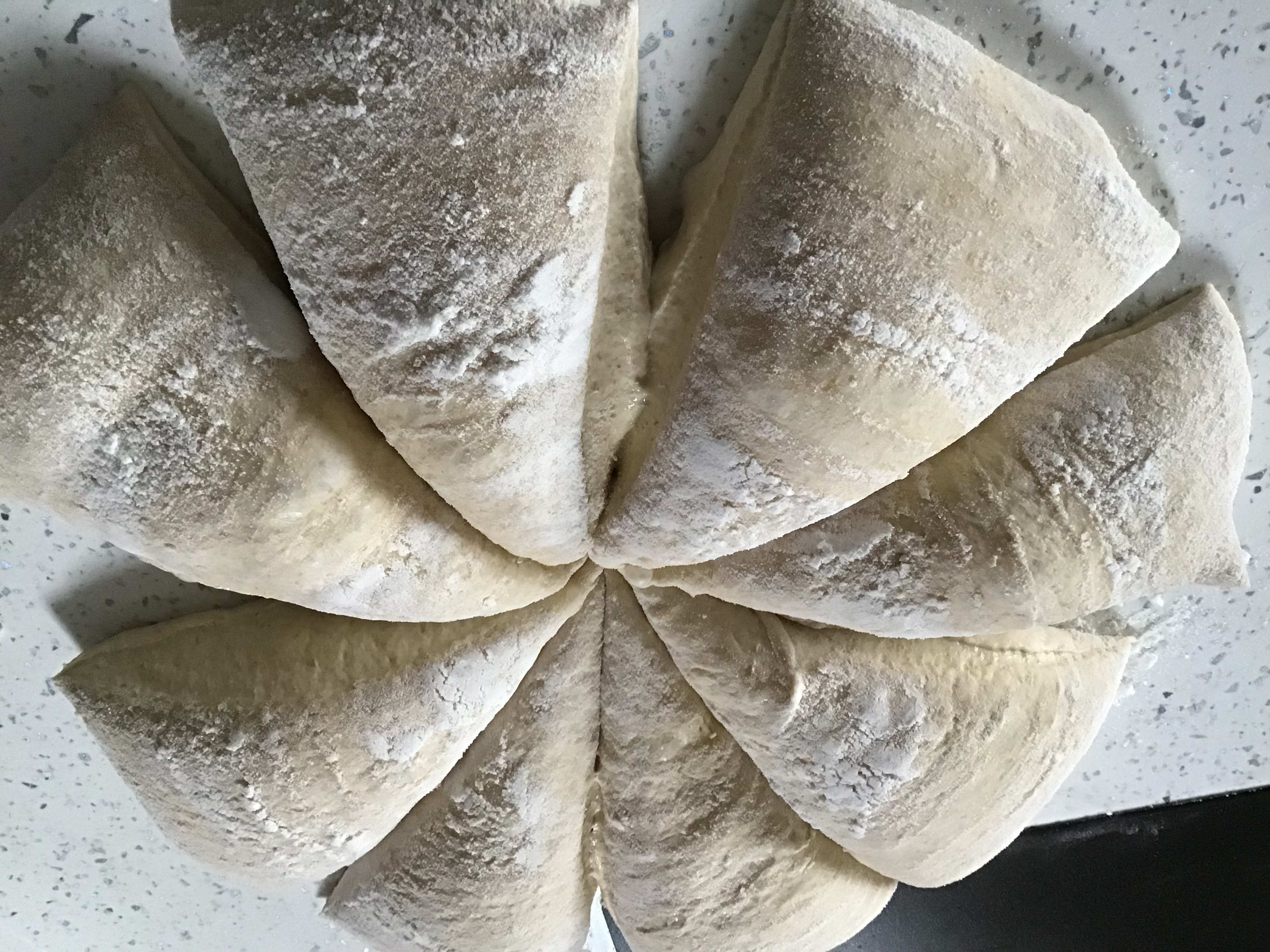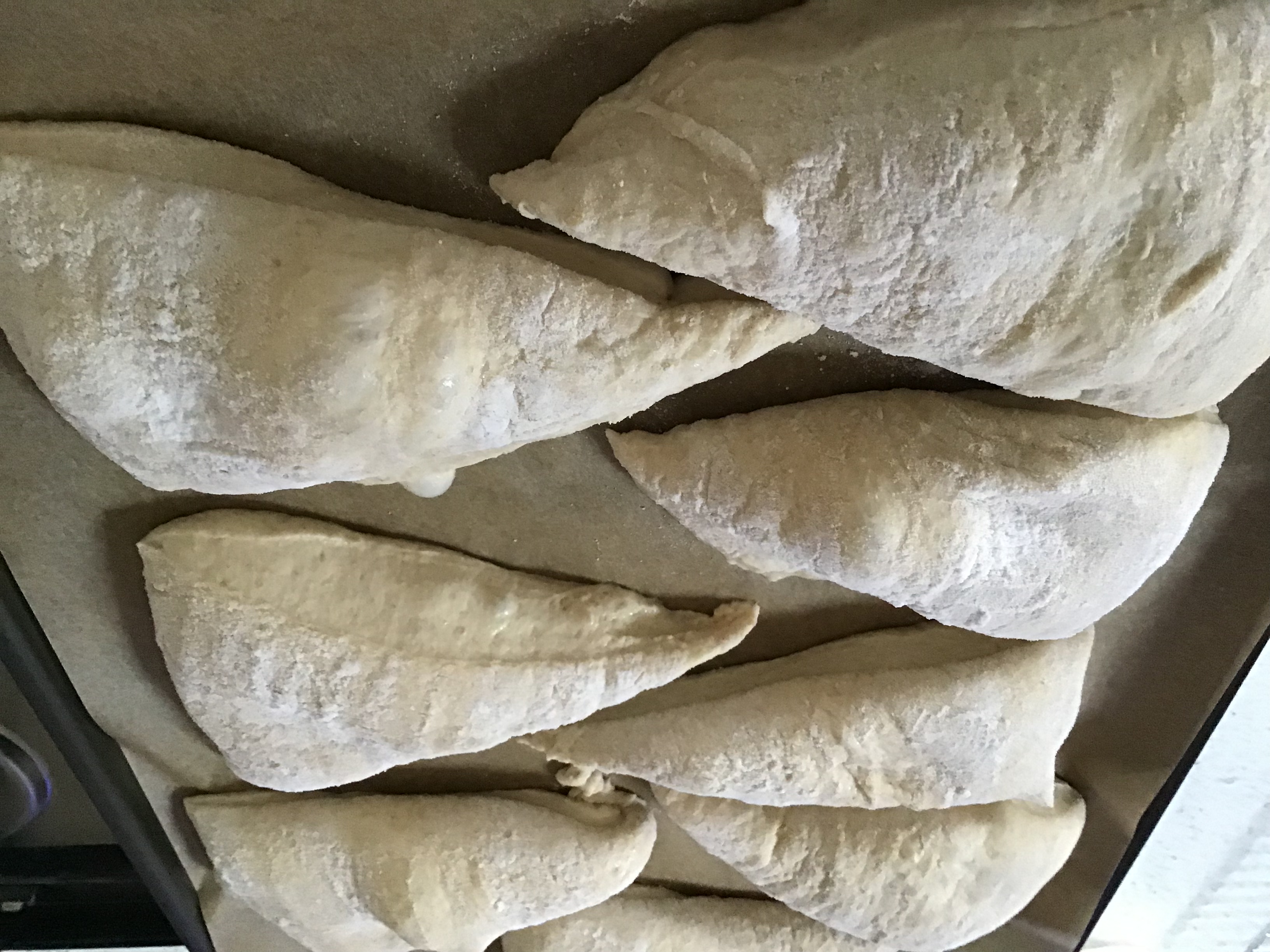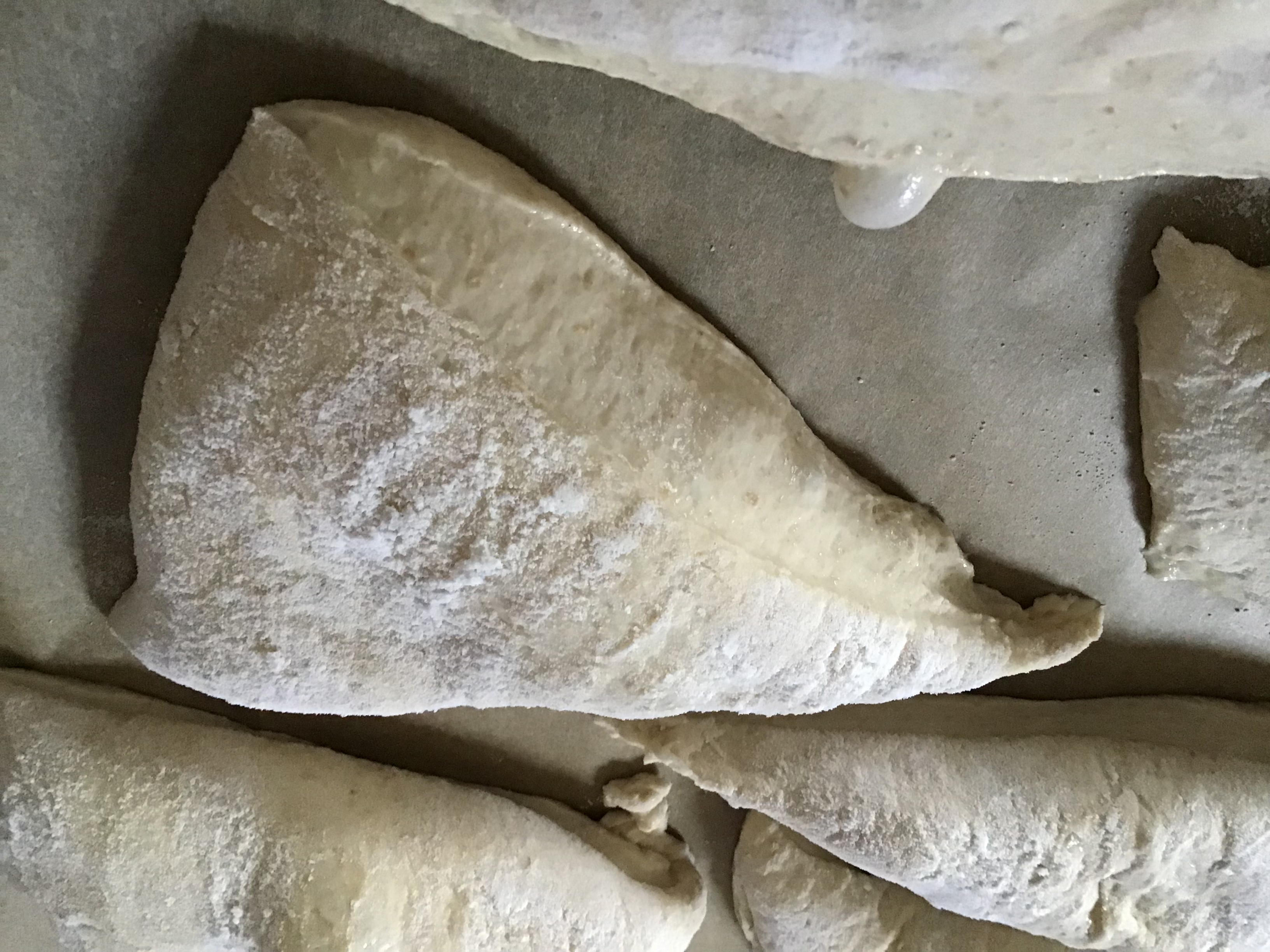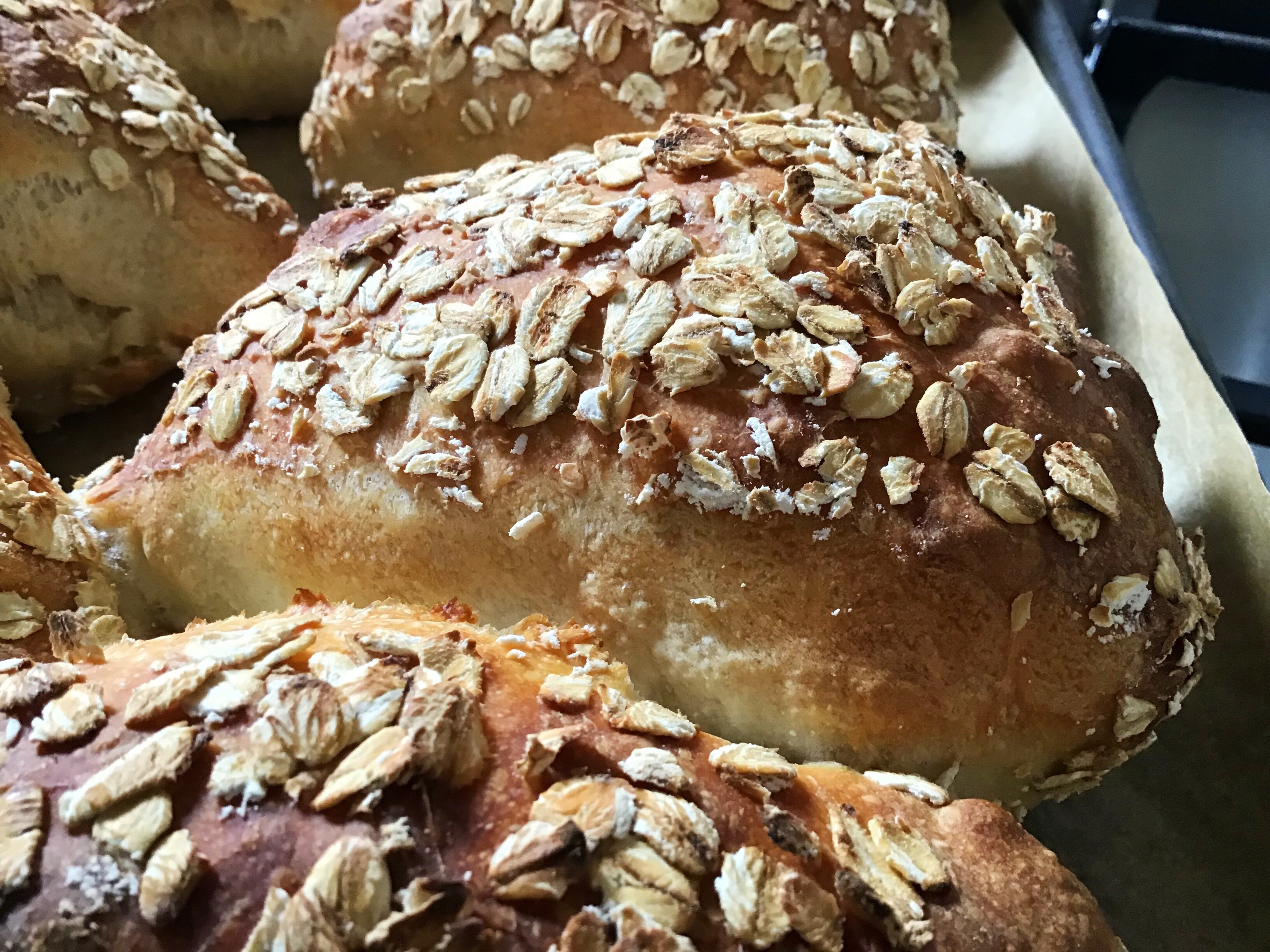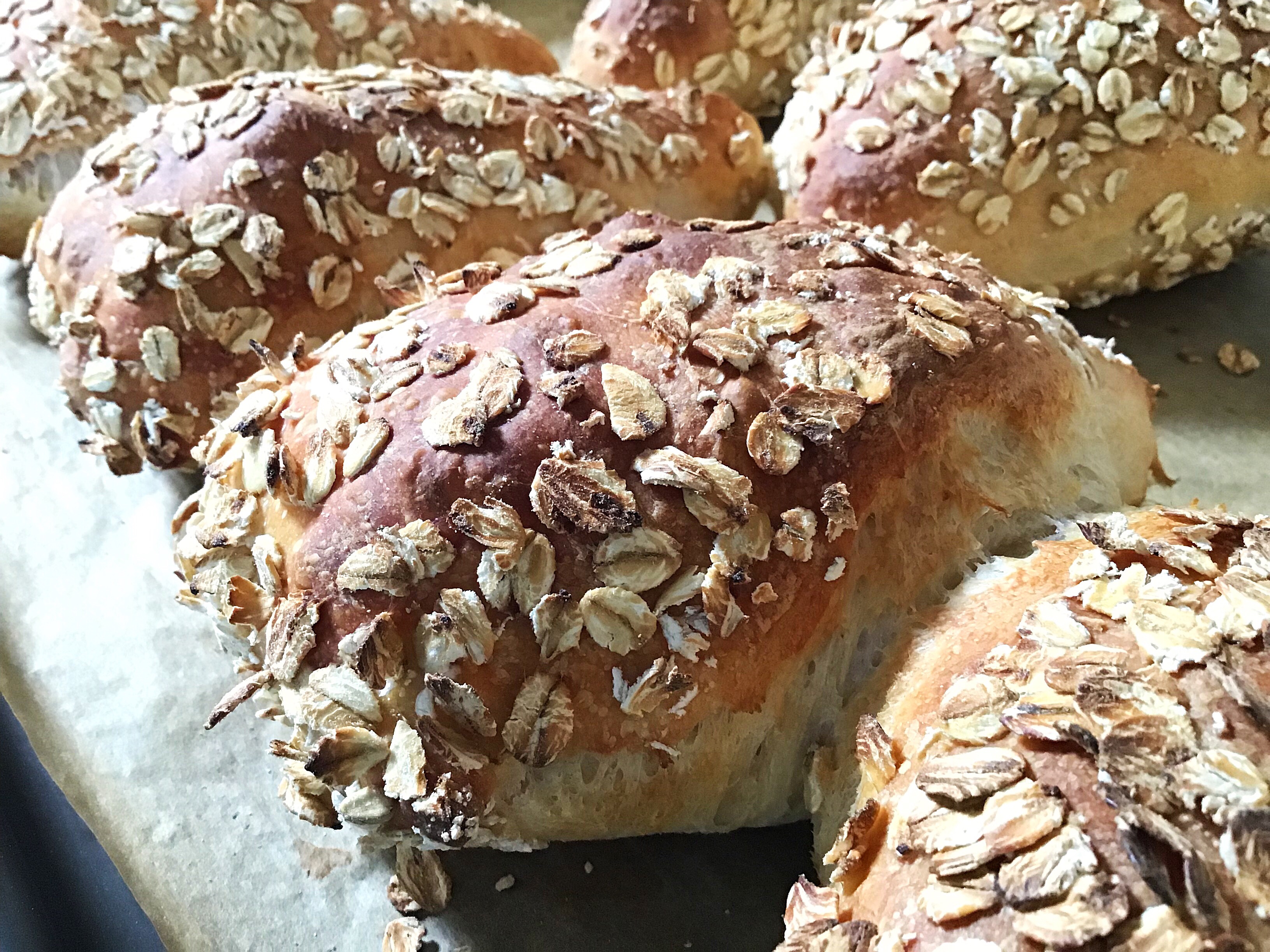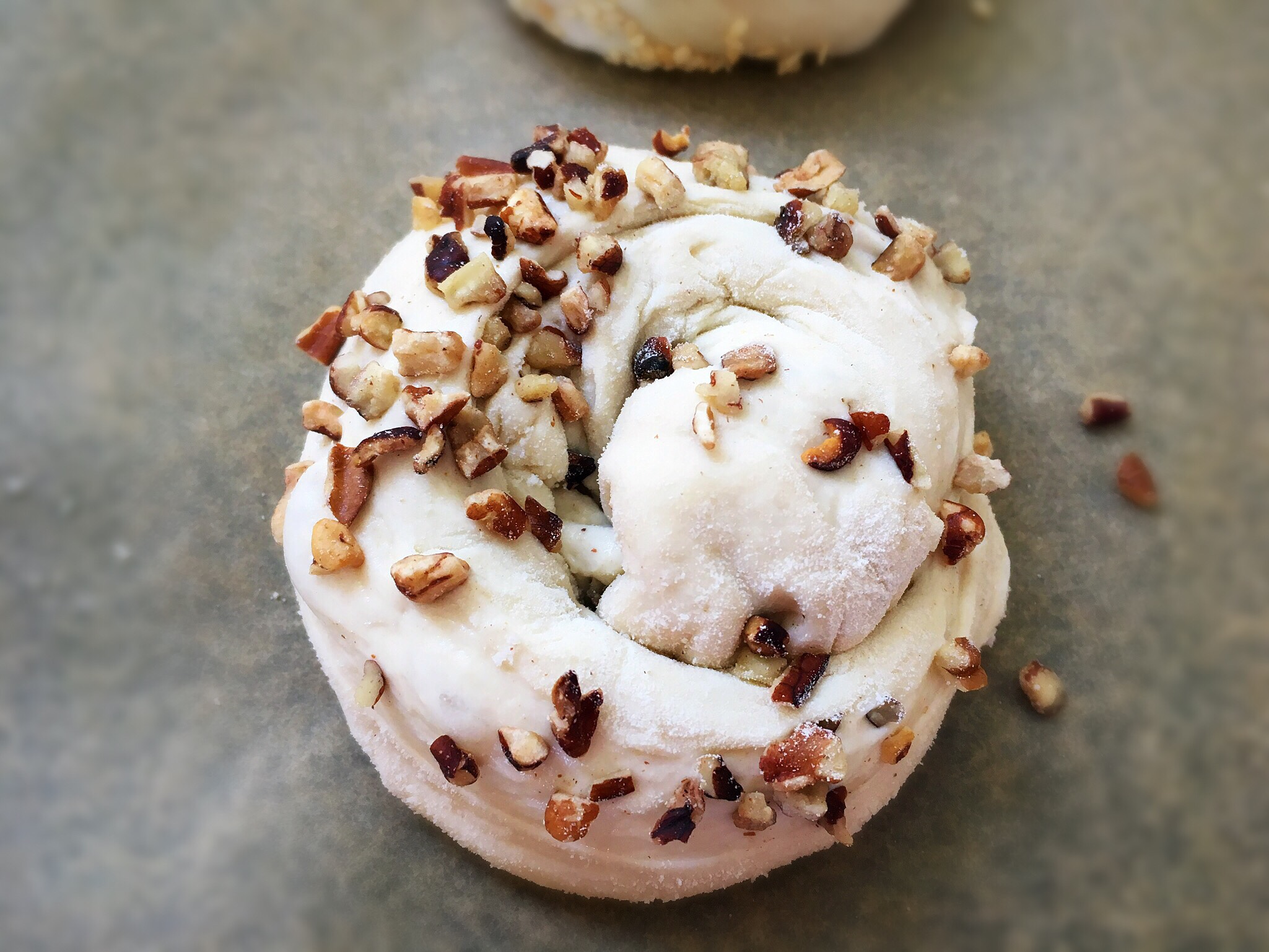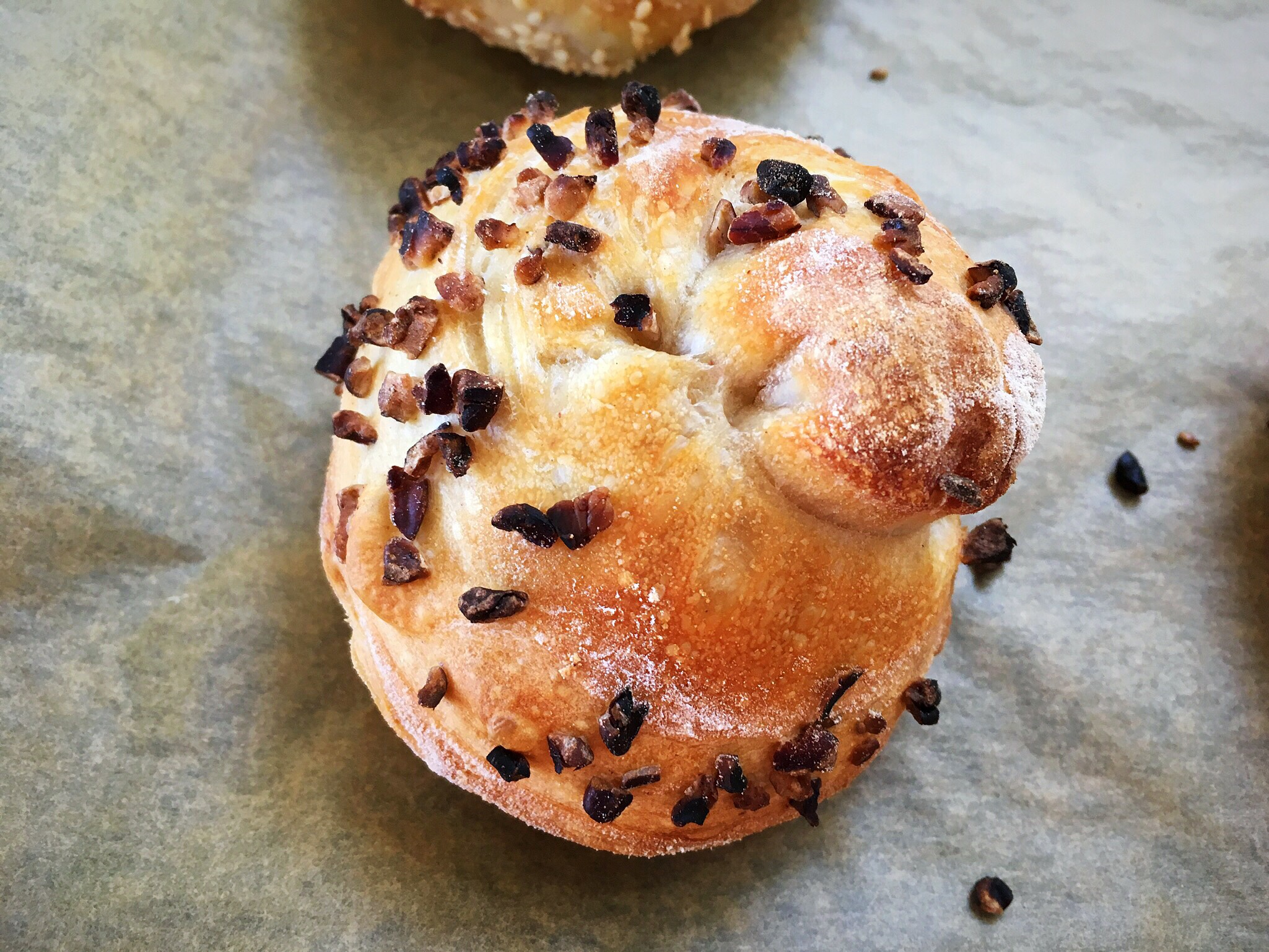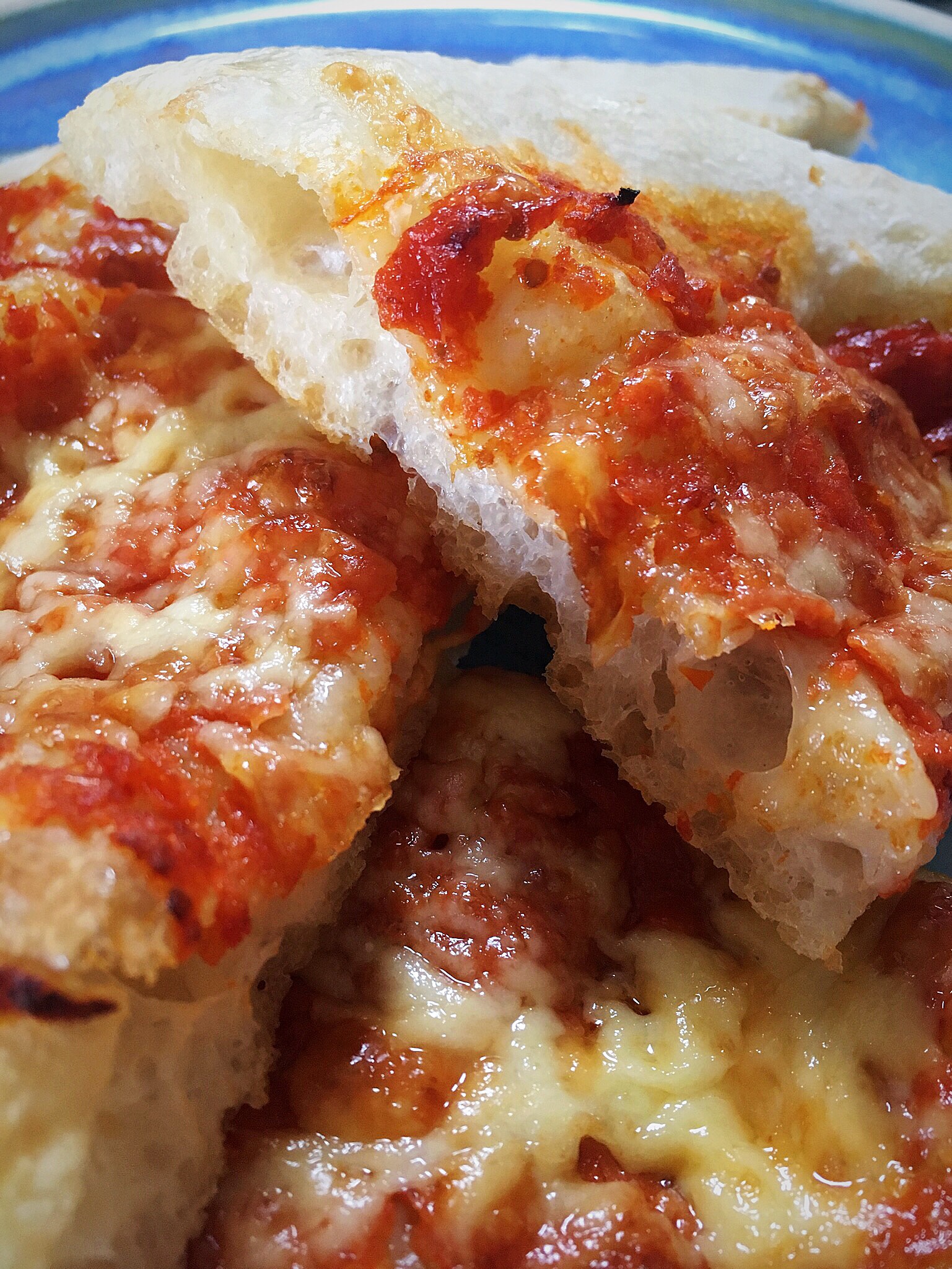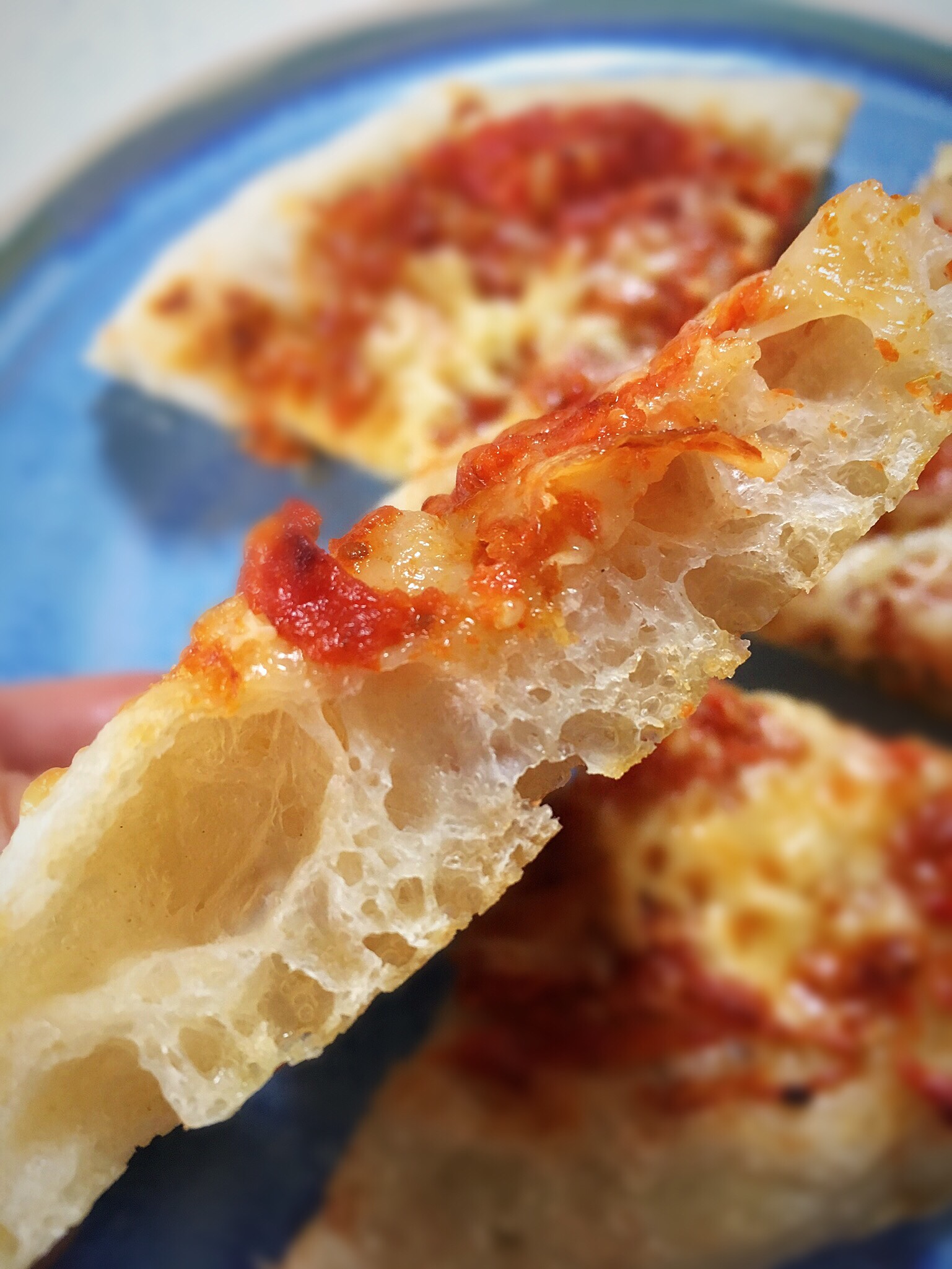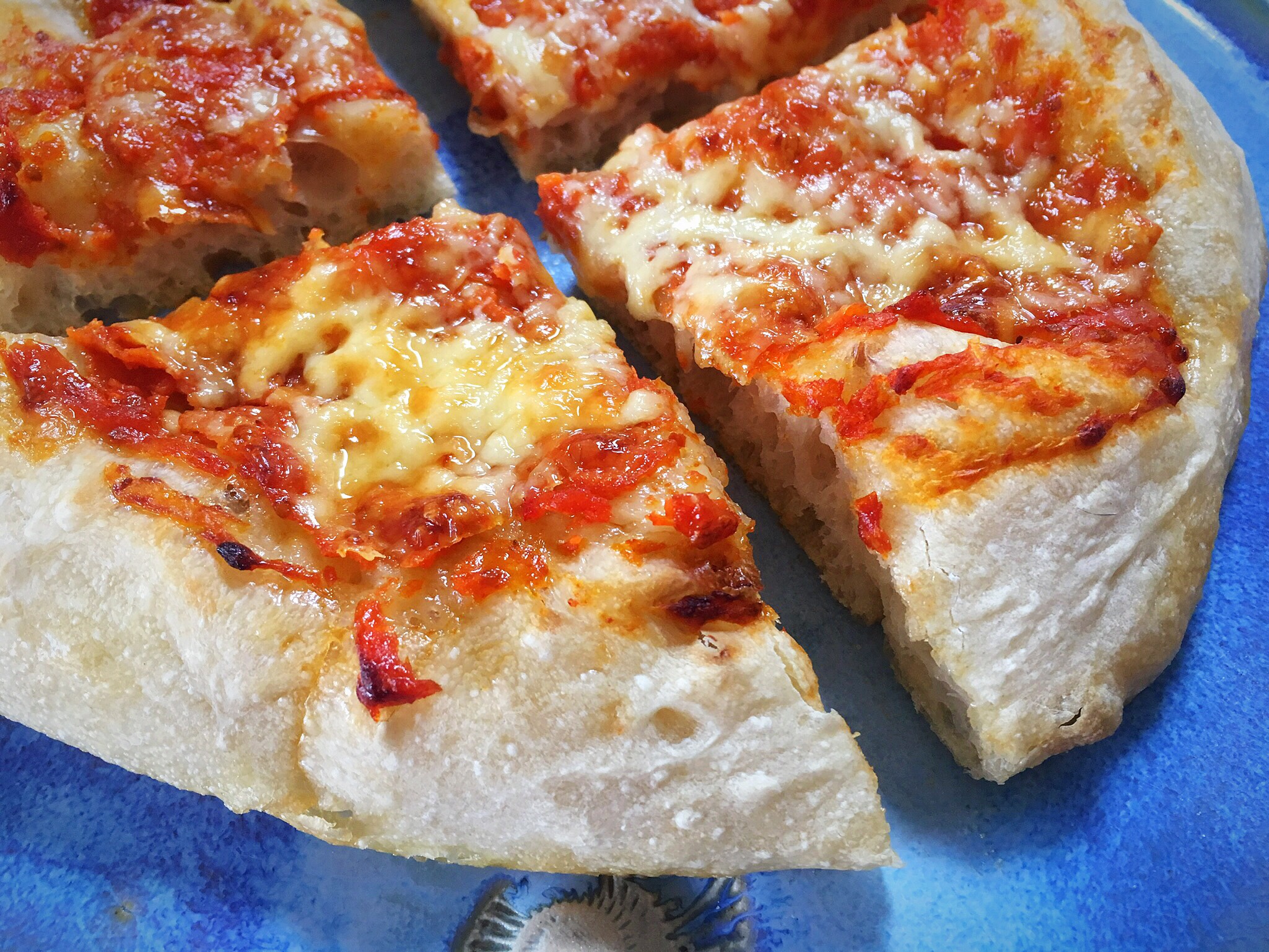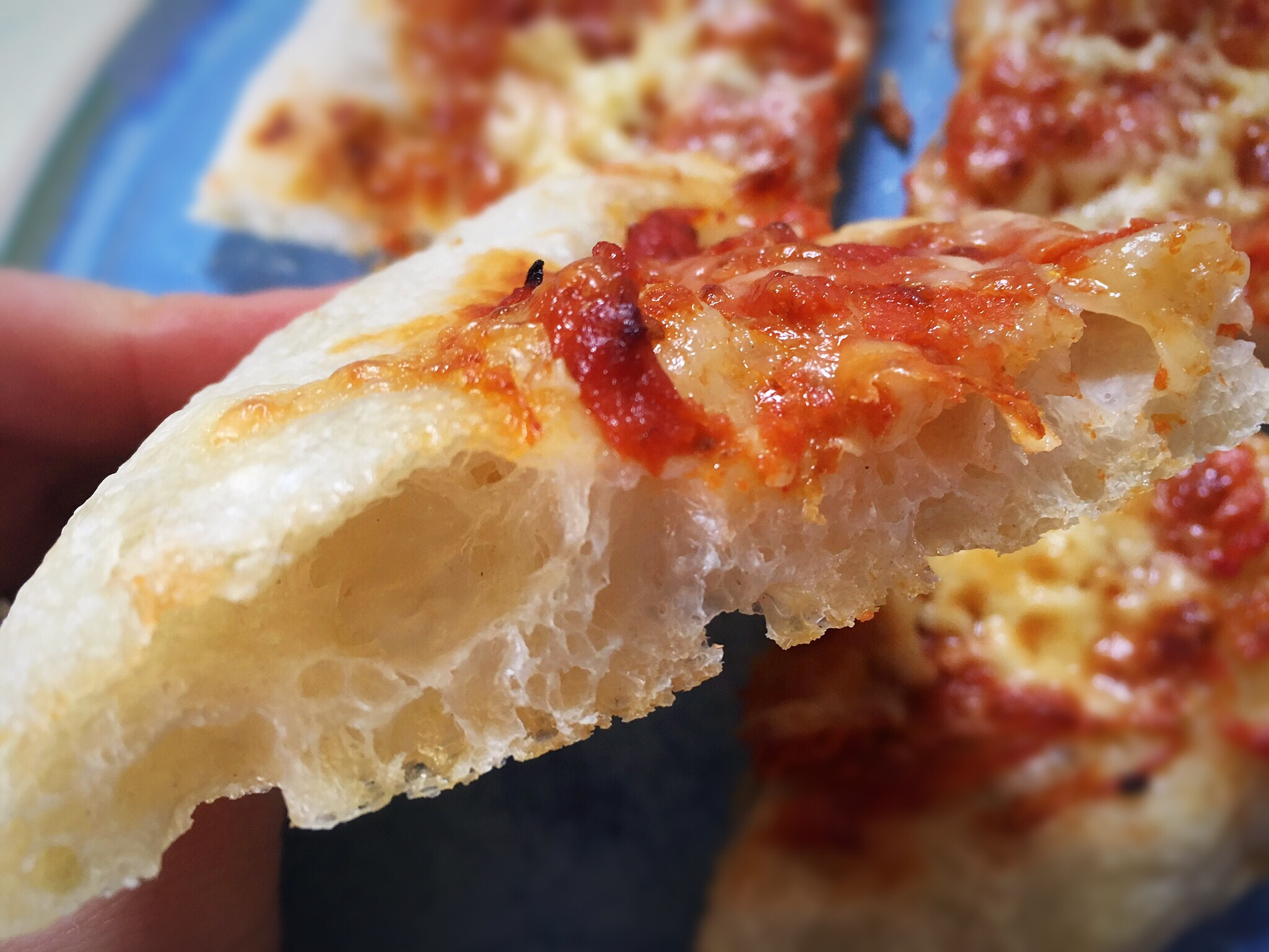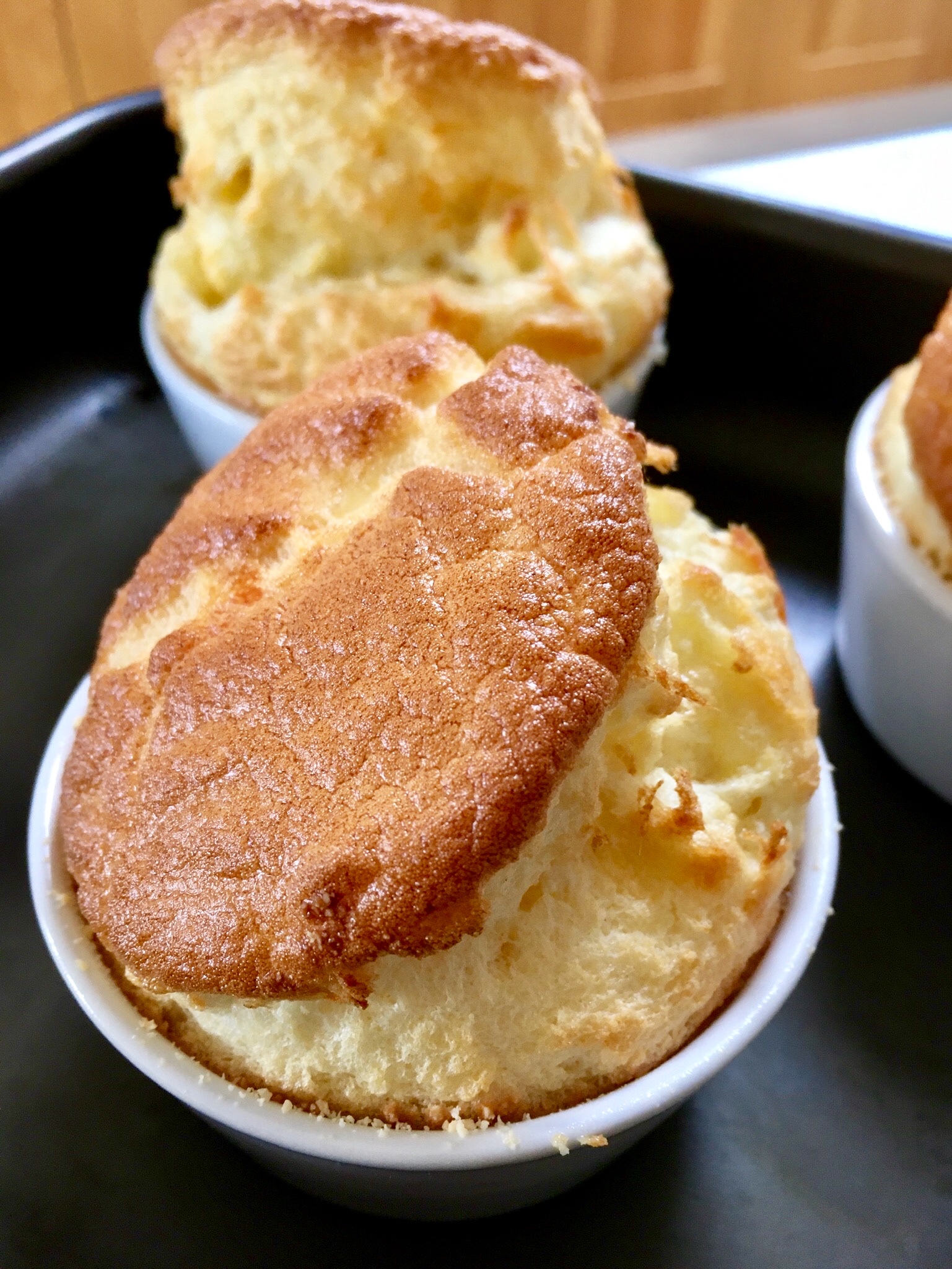
This idea has been floating round my brain for a while now and this week I finally tested it out and this was the outcome….beautiful airy cheese soufflés, rich from the eggs and with the flavour of cheese, but with the added tang of sourdough. SOOOOOO a good! Tasty, light, textured, perfect morsels. For me, a total winner!
As this was pure experiment – let me clarify, I have never ever made any form of soufflé, sourdough or otherwise before this – I only made a small amount of batter so feel free to increase it. This made 4 small soufflés, in 8cm (internal) diameter pots.
The idea came from thinking about the light bubbly airy nature of sourdough starter mixed with the light airy nature of a soufflé. In my mind it made perfect sense! And luckily the result was fabulous, even if I say so myself! I immediately ate 3 just to be totally sure 😆😆😆😆

Small but perfectly formed and so very tasty!!!!!
It was so exciting to watch them cook as they grew very quickly, and very well! I was dancing round my kitchen in excitement.
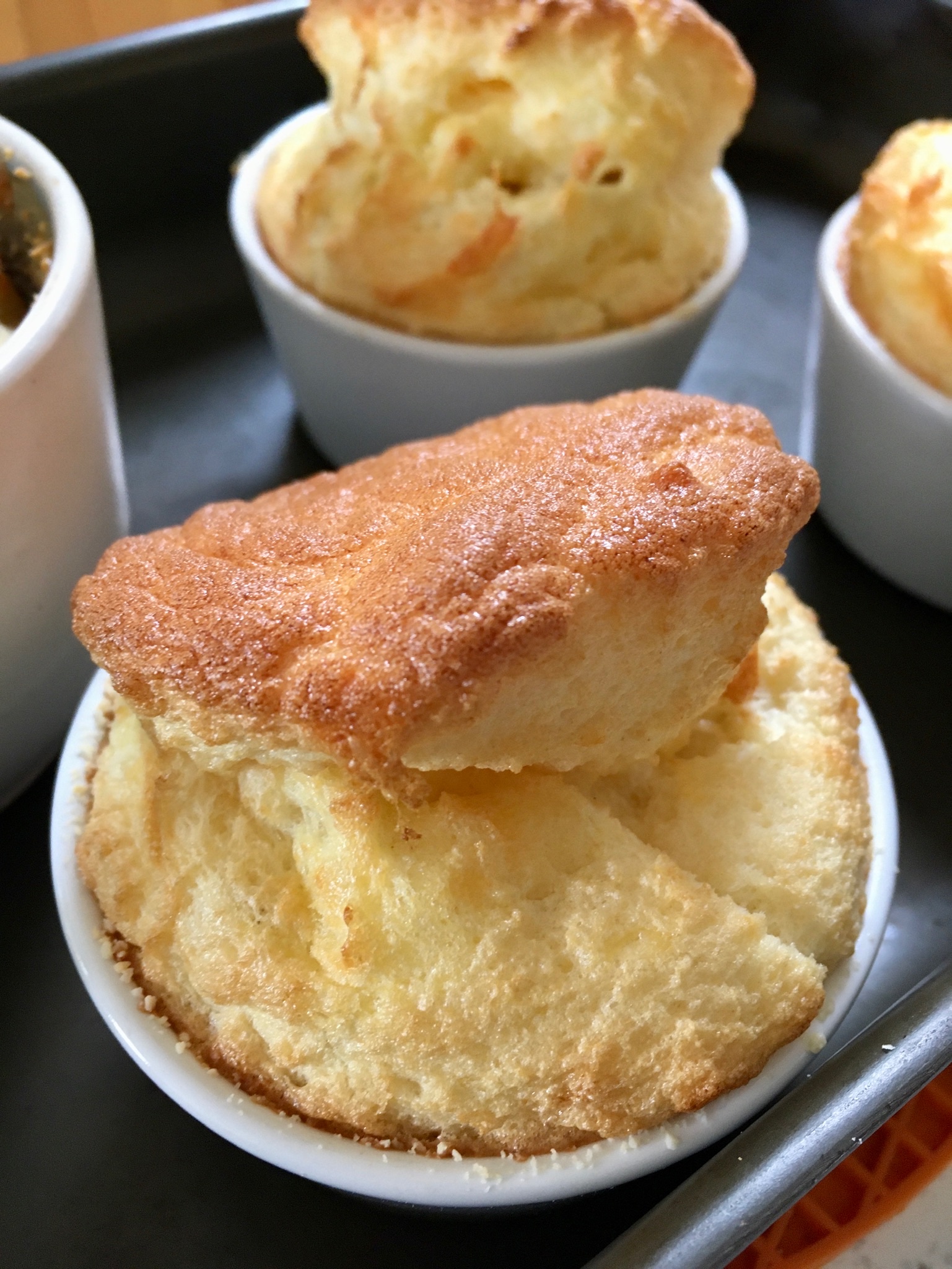
I am so happy with the outcome, I hope you love them too if you try them. I know they could have risen more evenly, I know they’re not ‘perfect’ in the world of soufflés, but I don’t care! It worked and they taste so good, to me they’re perfectly beautiful sourdough cheese soufflé babies!
Here’s what I did…
Ingredients
100g bubbly active starter
100g whole/full fat milk
100g grated medium/mature cheddar (depending just how much you love cheese!)
2 eggs, separated into yolks and whites
Butter to grease the pots
Ground almonds, 4 tablespoons (use finely grated Parmesan or breadcrumbs for a different finish)
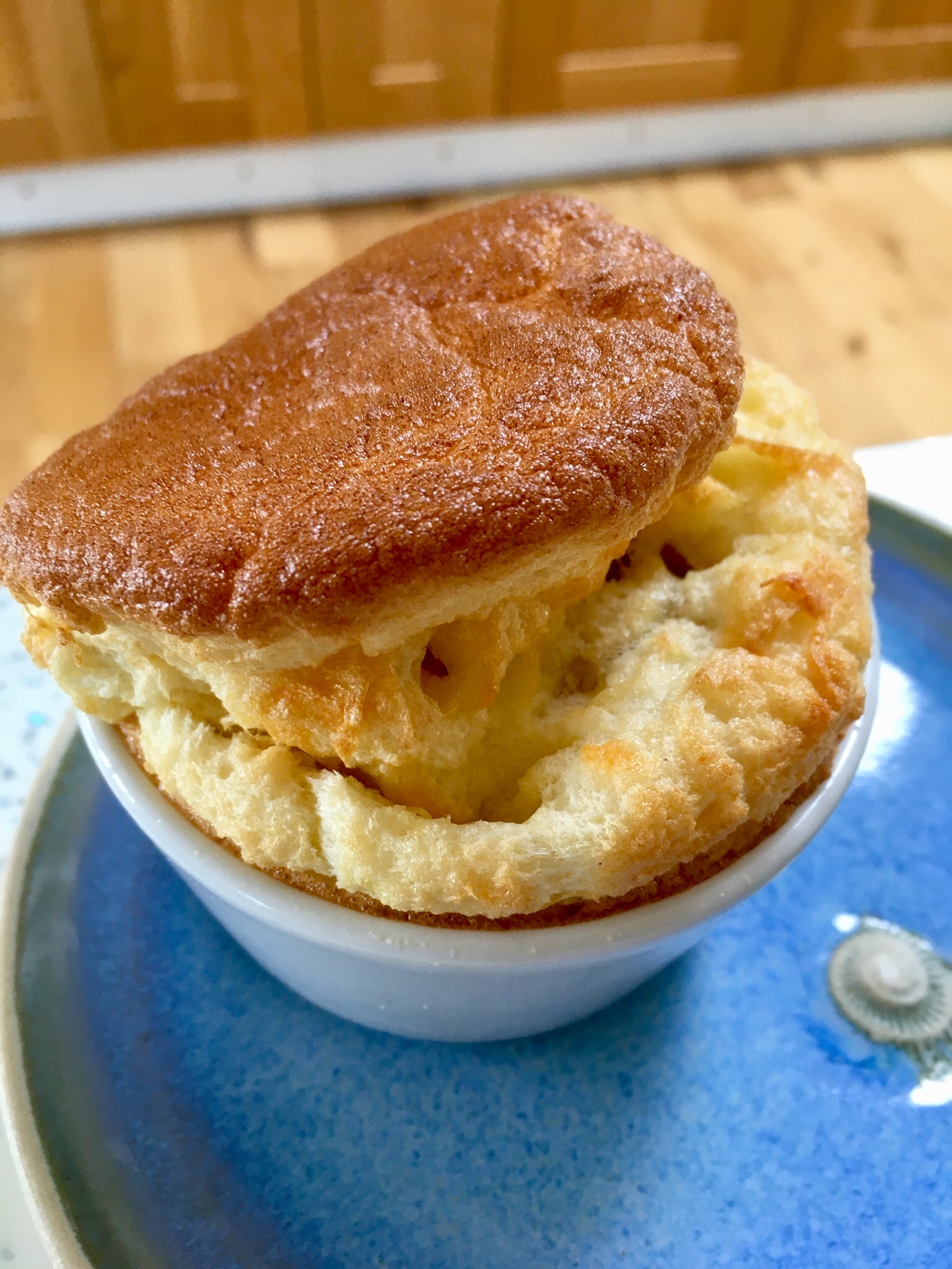
Method
Preheat the oven to 180C/360F fan assisted/convection or 200C/390F non fan/non convection, and place an oven tray inside to preheat.
Grease your ramekins, or small ceramic pots, with butter, then sprinkle ground almonds/almond flour into each pot and tap it around to create a layer inside each pot, covering the base and up the sides.
In a medium bowl, make the batter by adding the starter, milk, egg yolks and cheese. Stir it all together well.
In another clean bowl, whisk the eggs whites until they just hold their peaks.
Gently scrape the whisked egg whites into the batter.
Using a metal spoon, gently fold the eggs whites into the batter, using a figure 8 action, or cutting and stirring round the bowl. Do this carefully to mix them in whilst protecting the air that you’ve whisked into the whites. Do not over mix. This is crucial.
Gently spoon the batter into the prepared bowls filling them evenly and to the top of the pots if possible.
‘Top hat’ each one by running a cutlery knife, or clean finger nail, around the edge of each pot, just the very tip of the knife, so that the mixture doesn’t stick. (I didn’t do this very well hence the uneven growths!)
Place the pots onto the preheated tray in the oven.
After 15 minutes turn the oven down to 160C/320F fan assisted/convection or 180C/360F non fan/non convection, and bake for another 15 minutes.
DO NOT OPEN THE OVEN UNTIL FULLY BAKED. If you do they will collapse.
Serve immediately.
They may start to collapse quickly but it’s all part of the fun!
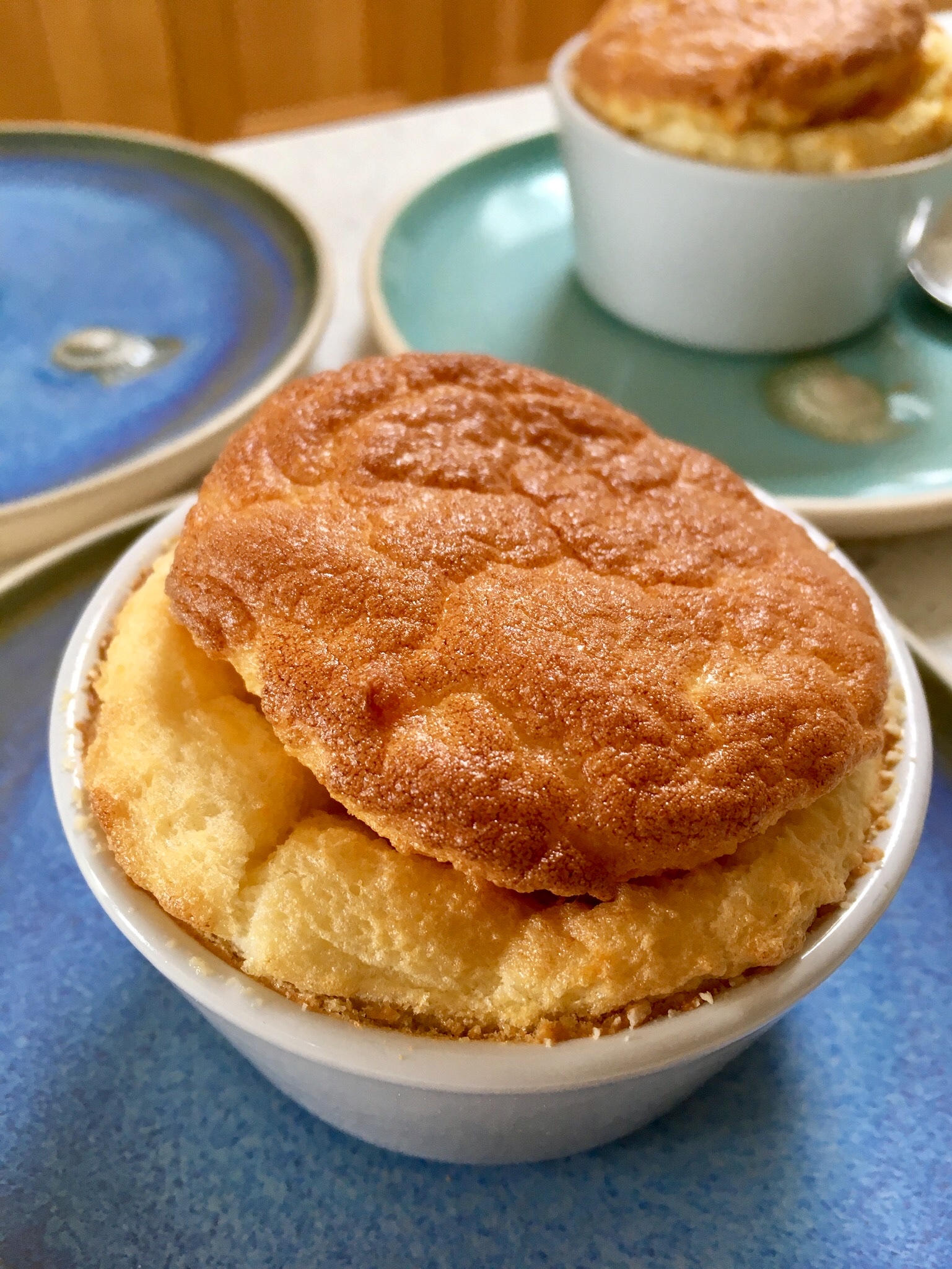
Voila! My new creation! Welcome to the world sourdough cheese soufflés!
I am sharing my soufflés with everyone at the weekly Fiesta Friday link party this week – join in the fun!

